THE DIMENSION OF CITIZEN
WELL-BEING IN THE CITY
PROPOSAL OF A CITY VISION

FROM THE WELL-BEING PARADIGM

P a u l a E s c o b a r
SOME RIGHTS RESERVED:
Except when noted otherwise, this work is licensed under the Creative Commons AttributionNonCommercial License - No derivation 4.0 International. To view a copy of this license, go to: https://creativecommons.org/licenses/by-nc-sa/4.0/


CC $ /


A R C H I T E C T
Paula Andrea Escobar Mahecha

“The existence of a right to the city, in the head of those who live and use the cities. This right to the city is nothing other than the recognition that a city harmoniously ordered, ecologically sustainable, economically attractive, efficiently managed, properly governed and rigorously managed is the essential condition for the full and effective enjoyment of a very wide range of rights, freedoms and possibilities for development”
- Metropolis Construction, Eugenio Prieto Soto, Carlos Alberto Patiño (2017)

THE CITY THROUGH A
MULTIDISCIPLINARY PERSPECTIVE
INDEX INTRODUCTION UNDERSTANDING THE CITY LEARNING FROM THE EXPERIENCED Construction of the first approximation concept Construction of the concept according to different areas of knowledge Conceptual approach The city The citizen The well-being 01 02 03 Problem of investigation Historical Context Current Context Vs Proposed Context Summary Forecast Control Social referent 12 48 62
ANNEXES AND BIBLIOGRAPHY 07
FOR PROPOSAL HOW TO INTERVENE? Objectives General objective Specific Objectives Sustainable transport Public space Learning 04 05 06 Implementation of proposal Conclusion FORMULATION OF THE PROPOSAL Principles of design System for the intervention of public spaces for the well-being Methodological guide Summary Presentation boards Database 85 112 124 148
CONTEXT

Bogotá, Colombia
Introduction 1.0
In what places have you lived?
What are your favorite cities?



Which cities would you like to visit?
This is a book that can be used in many ways. I intend to make the reading of this book something fun, interactive, engaging, educational and primarily be used as a “greenhouse” book where more and more seed questions can be planted, so we can start by knowing ourselves
12
Introduction
1.0 Introduction
What is the psycho-emotional influence that places have on individuals?
Brainstorming
How can you create a sense of place for an established neighborhood?
Does air pollution have any effect on children’s neurological development?
What are the effects of light pollution on sleep patterns?



How can we design and develop more humane cities?
Does the noise level affect how a blind person navigates a space?
To what extent are feelings shaped by where you live?
Or does a person with Autism Spectrum Disorders have different sensory requirements than those not on the spectrum?
Will colder winters or hotter summers make people choose shelter rather than outdoor activities?
What will staying indoors mean for person-to-person interaction? Will it change the way we socialize?
Can the architectural environment, and more specifically the urban one, modify people’s behavior?
What are the long-term cognitive effects of people living in disadvantaged neighborhoods?
The basis of this project is curiosity and questions. Here I leave you with a brainstorm built in before and during this project. Feel free to modify, answer the question, or add your own here.
13
It’s curiosity that moves everything
This project was born out of curiosity, of wanting to understand how, why, when, and where, from the prevailing need to ask questions, not necessarily to find their answers but to approach the subject analytically based on critical thinking. If some answers arise during the journey and development of this project, they will always be welcome, but the primary objective is to water the seeds of curiosity in all those who read this book.
The objective is also to understand this extraordinary and complex organism in which we live, the city. More than 50% of the human population lives in urbanized areas, and the only thing that we can be sure about is that it has changed, is changing, and will continue to change, and in the process, it will transform its inhabitants.
It, therefore, follows the possibility to contemplate new and different questions like, for example, Is there anything we can do about it? Can we, as architects guide these changes? How will these changes influence the lives of those who live in these spaces? What role can we play to achieve the cities we so love?
Using “City” to describe this group of countless living organisms falls short. Through this project, I have realized that the city is much more than the physical space that composes it. The city is described depending on how the approach, from what perspective, profession, or area of knowledge, the city can be described in as many ways as there are inhabitants in it, which means that a city is a place full of meanings, ideas, feelings, and more. It is the stage where we develop our lives; every space in the city witnesses the scenes that make up our lives. The city has bones, arteries, organs, heart, personality, and most importantly of all; the city has a soul.
14
1.0 Introduction
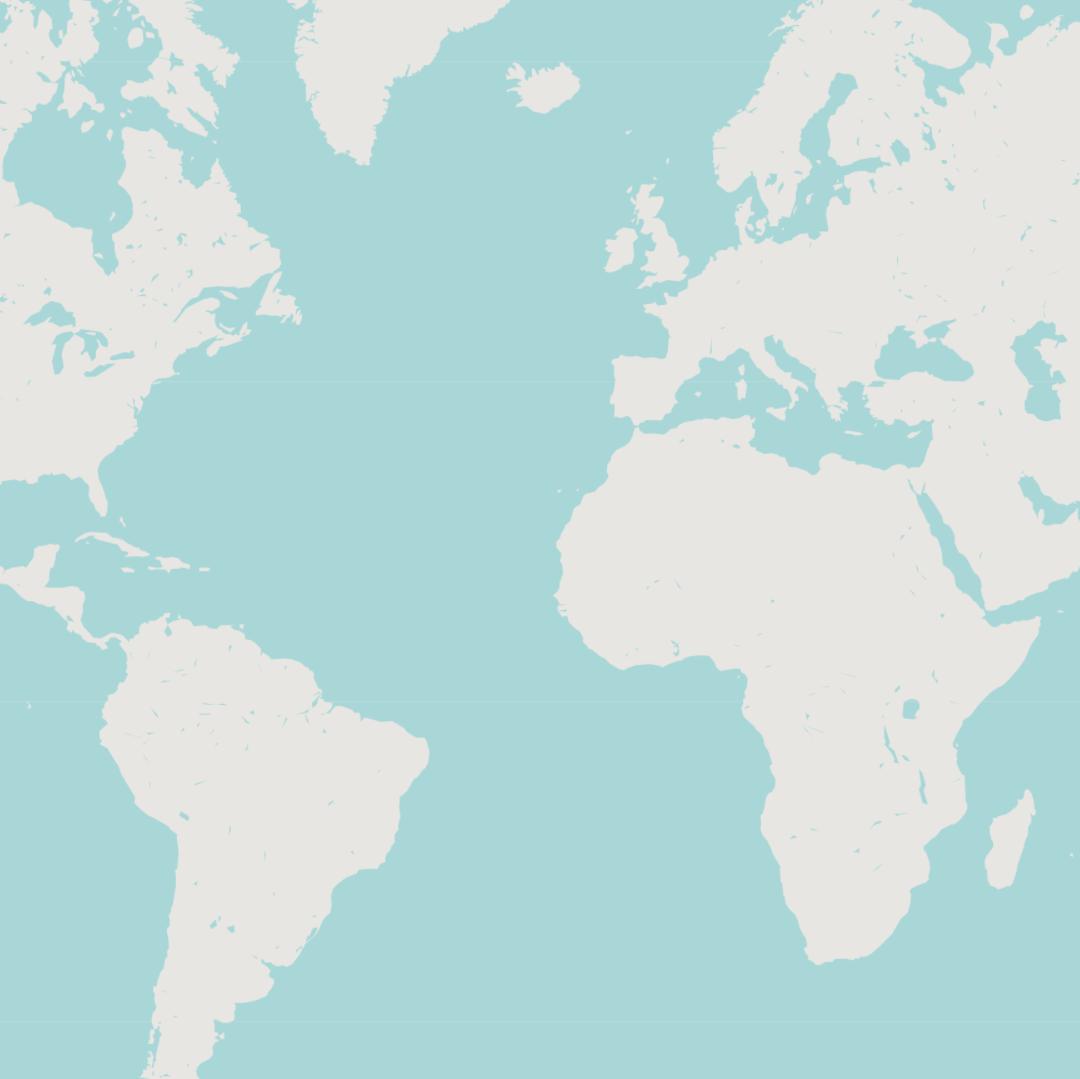
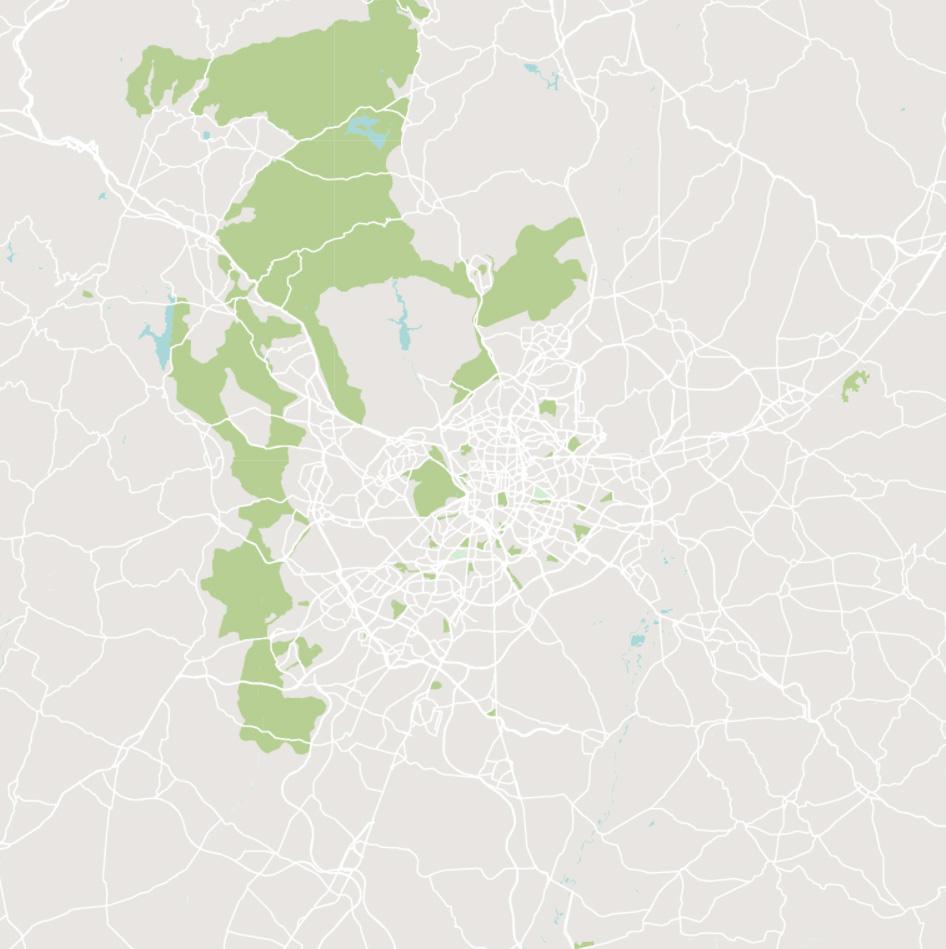
Madrid, Spain
Construction of the concept
1.1 First approach
What is the city?
According to the Cambridge dictionary and according to the people, their inhabitants.
THE CITY
1. A group of buildings and streets, governed by a town hall, whose dense and large population is usually engaged in non-agricultural activities.
2. The urban, as opposed to the rural
3. A place where many people live, with many houses, stores, businesses, etc., and which is bigger than a town:
18
1.1 Introduction - Building the concept
What is the city?
Process
Cultural identity
Oportunities
Living organism
Fashion
Singularity
Public
Pedestrian History
Ecologic Life
Diversity
Challenge
Adaptation
What are the cities we want?
Rooting
Traffic Thieves Car Stress
Territory Empty
Transformation
unstable Perception Transit
Right Parking Activity
Amplitude Participation Shopping Mall’s Scale Constant change Subjective
Multifacetic
Irregular
Bridges
Heterogeneity
Arte
Spontaneous Fluency Cycling Wealth Be
Visual harmony
Water Comunity
Culture Evolution
Personality Collective
Self-elaboration through interviews
Complexity Meeting Debate
Communal Soul

Oslo, Norway
Construction
of
the
concept
1.2 Different areas of knowledge
Areas of knowledge






In order to understand the idea of a city, one must also explore its soul, that is, the citizen, and how these two have forged a relationship through time and, of course, space. This project proposes multidisciplinary research where the relationship between city and citizen will be studied from different areas of knowledge. In this case, the areas of knowledge to be studied will be anthropology, economics, sociology, biology, philosophy, art, history, and architecture.
Different books, authors, and documents were reviewed to generate a flood of ideas, concepts, and theories on the subject to understand the relationships, causes, and consequences of this relationship and to answer the fundamental question.
Walking alone improves mood by 2%, while a shared walk improves mood by much more, by 7.5% with a friend or 8.9% with a partner.
22
1.2 Introduction - Construction of the concept
Architecture
How does the define the relationship between human being and city?
23
Philosophy
History Art
Anthropology Economy Sociology Biology
Delgado

Anthropology
“The city is not the same as the urban. If the city is a large settlement of stable constructions, inhabited for a large and dense population, urbanity is a type of society that can occur in the city... or not.”
“The person in public may appear to be dominated by a state of sleepwalking and acts deterred that any excessive expressiveness or any poorly controlled spontaneity could betray to others who it really is. He is the man of the streets, the beings of the urban universe are not “authentic”, but instead they can boast of living a state similar to that of freedom, since their being nothing constitutes them in pure power, permanently activated disposition to become anything.”
“As the urbanite is exposed to the city’s heterogeneity and moves through contacts with various individuals and groups, he comes to accept instability and insecurity as normal, an experience that contributes to his full-fledged high-tech cosmopolitanism.”
Ulf Hannerz
Conclusion
The city is the scene where the interactions of its inhabitants take place, and it comes into contact with various groups that evidence the instability of the town and the societies that can be found in it, thus giving freedom to the individual to define himself according to the streets through which he transits.
“By not having a particular interest in others as complete people, the inhabitants of the city tend to form a totally rational idea of their interactions, and consider others as means for the realization of their own ends.
This can be considered an emancipation of control of the group. It also implies a loss of the sense of participation that comes from having a more intimate identification with other people.”
24
The exploration of the city 1980
Manuel
The public animal 2006.
1.2 Introduction - Construction of the concept
David Harvey Social Justice and the City 1973
Economy
 Henry Lefevbre The Right to the City 1970
Henry Lefevbre The Right to the City 1970
“The physical landscape of the capitalist city is characterized by being subjected to cyclical waves of devaluation and revaluation, crisis and speculative boom, decay and deterioration at all spontaneous but guided by mechanisms of the system.”
“The physical space of cities has become an object of exploitation. It has been commodified, created and destroyed, used and abused, fought over. Just as work is dehumanized when measured solely in terms of its economic value, so is space: the abstract notion of space appears in which it exists independently of its individuality, having as its only dimension its real or potential value in the market.”
“Space is a key element in the production and reproduction of the capitalist system. We must study not only how the capitalist system produces capital but also how it produces and plays space, how the interests of colonizing and commodification the space, using and abusing the built space, manipulating monuments ideologically, and conquering entire neighborhoods.”
Manuel Castells The Information Age 1977
“Space has an essential role in the operation of the economy policy of the system as a whole’
“Space is a product of the dominant mode of production in society; it is not the city that creates a lifestyle or social process: is the structure of the political economy in which the city grows that does it.”
Conclusion
The physical space of the cities is conditioned by the economic structure on which it is based. This space is malleable; it changes, transforms, values, gentrifies, is vital in producing and reproducing ideas, and is the product and palimpsest of our history and society.
25
“All human phenomena as a product, ultimately, of the processes of adaptation of populations to the ecological environment”.

“The segregation processes establish moral distances that turn the city into a mosaic of small worlds that touch but don’t interpenetrate. Individuals move quickly and easily from one moral environment to another, and it stimulates the fascinating but dangerous experiment of living at the same time in several different and contiguous worlds, but otherwise far apart from each other.”
Sociology
“The city as a phenomenon in constant transformation, a historical entity. He concludes that conflict (class struggles) is inherent to the metropolis, even more so: are their raison d’être. The citizen has no alternative but to “the virile acceptance of the spirit of capitalism”
“The obsession with the zoning of the Athens charter destroyed diversity and creativity, something intrinsic to the city. Complex urban societies accept certain degrees of lawlessness and disorder, even of dangerousness, and that it is precisely this ability to coexist with conflict that dynamizes tolerance towards “the other” and favors coexistence.”
“The megalopolis was a “structure of tensions” that was characterized by the density, heterogeneity and conflict of such systems, so it was not a question of seeking coherence but of revealing the points of friction that occurred between them.”
Conclusion
The adaptation, segregation, and constant transformation of the city generate conflict and continuous friction. The town is lived as a mosaic, in an experiment where the political-economic sphere has a significant impact on how the inhabitants relate who are incredibly diverse and coexist in the conflict.
26
Carlos García Theories and History of the Contemporary City, 2006.
Max Weber The Protestant Ethics and the Spirit of Capitalism, 1905.
Richard Sennet Urban life and personal identity, 2004.
Robert Ezra Park The city, 1925.
1.2 Introduction - Construction of the concept
“Depression may be related to the stress impact of urban life, especially noise and perceived lack of safety.”
Biology

“Being exposed to the social and cultural complexity of cities is considered to positively contribute to social competence in children and adolescents”
“There are several factors inherent to cities and the built environment that have been reported as key stress factors and, in contrast, as sources of wellbeing, restoration and stress reduction. Social factors include living in a downtown area or a socially disadvantaged neighborhood, which has been associated in the psychological literature with a higher prevalence of discrimination.”
“In the inhabitants of the city risk: of developing mental disorders is 38% affective 39% and 21% in terms of anxiety disorders, in terms of schizophrenia the risk is 2 times higher compared to people living in rural areas.’
“Even a reduction of only 20% in the rate of urban mental illness would save about $250 billion annually.”
Conclusion
The city and the urban environment significantly impact our physical and mental health, from stress, through respiratory diseases to positive incidences in the social competition that we can develop. It is vitally important to understand the city’s impact on our behavior.
27
Richard Sennet Why complexity improves the quality of city life, 2011.
Jim Van Os British journal of psychiatry, 2003.
1. From Urban Stress to Neurourbanism: How Should We Research City Well-Being?, 2020.
2. Meta-analysis of the A.U. with schizophrenia, 2012
1. Jessica Pykett, Tess Osborne, Bern Resch.
Catapult future cities Neuroscience for Cities 2019.
“the renunciation of a place considered as its own, to a place that has vanished to give way to the pure possibility of place, to become, all of it threshold or border”
Philosophy
“The right to the city must be considered, not as a right to what exists, but as a right to rebuild and recreate the socialist city, to eradicate poverty, social inequality and to heal the wounds of environmental degradation”
“The anti-capitalist struggle does not exhaust the possibilities of claiming space justice and the right to the city. On the contrary, it includes new spatial dimensions that escape class analysis, such as gender, ethnicity, or culture, which demonstrate the diversity of ways of experiencing the city and seeking spatial justice.”
“Hoy tenemos mayor crecimiento económico, expansión urbana y mejores condiciones tecnológicas para diseñar la ciudad, sin embargo los mecanismos de segregación espacial, el empobrecimiento de la experiencia urbana y la restricción de la participación y la democracia urbana dificultan el acceso a la ciudad a la mayoria de sus habitantes”
“The right to the city cannot be conceived as a simple right of visit or return to traditional cities. It can only be formulated as a right to urban life, transformed, renewed (...) Only the working class can become an agent of this realization.”
Conclusion
As the city is a fertile territory full of seeds and possibilities, it becomes a space with rights and duties and those who inhabit it. The city, in its diversity, must respond to a variety of needs, taking into account socioeconomic status, gender, culture, ethnicity, religion, thus creating a system where everyone has the right to space, urban life, and participation.

28
Michel de Certeau
Henry Lefevbre The Right to the City 1970
David Harvey Rebel cities 2013 Edward Soja 1970
Teresa Pires, City of walls 2007
1.2 Introduction - Construction of the concept
“Art is increasingly understood as an integral part of the urban fabric in a post-industrial era. Not only are the spaces and places of art in cities being redefined, but also their functions and relations with the urban environment.”
Art
“Artists engage with the demands of urban livelihoods and the desire to create art. that’s why they must find ways to create and display art in noncommercial or conventional spaces in the city.”
“The loss of the connection between urbanism and art is relatively recent. It is argued that the lost connection is partly the result of a rejection of modernist notions of urbanism. It is necessary to revitalize the relevance of art for urban planning, but this will require new ways of thinking and acceptance of widely defined traditionalism and may involve new conceptions about the fusion of planning with recent cultural and even scientific theory.”
“The industrialized city is soulless, amoral and characterized by cold materialism. It can only be countered by the achievements of culture and art, which provide the masses with a moral and humanistic education.”
Conclusion
Art in the city is an opportunity for the meeting for interactions. The debate is also to open the door to culture and exchange. To conceive a city without including art is to forget that “something else” reminds us that the city can also be lived, enjoyed, and shared, not only used and exploited.

29
Richard Roger, Towards urban renaissance 1997
Ruth Trumble, Micheline Riemsdijk. Commodification of art versus creativity 2016
Emily Talen, Cliff Ellis, Cities as art 2004. Matthew Arnold Culture and anarchy 1993
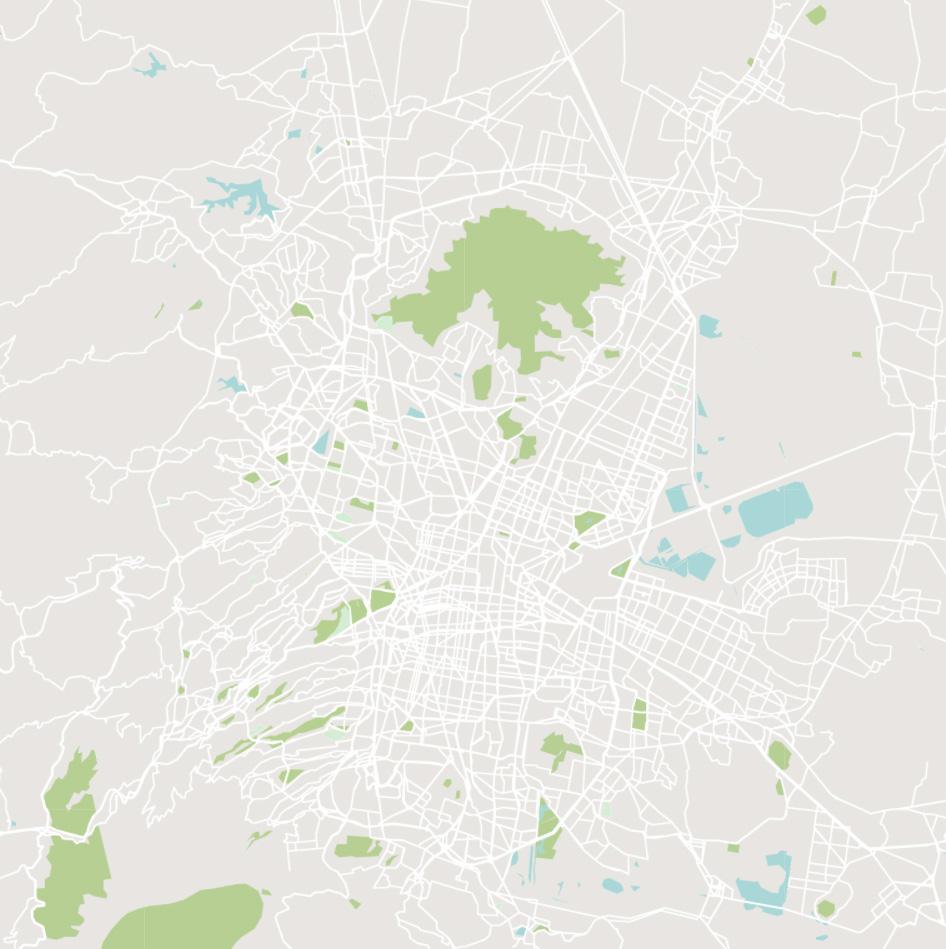
Mexico DF, Mexico
1.3
Conceptual approach
Why the city?
The city and the citizens are an essential issue to analyze. However, it is also an abstract and complex subject that should be acknowledged and addressed. Over the years, it has been ignored how cities and the environment in which they live affect both physical, social, and even neurological development. There are several scientific investigations where the impact of urban space on the lives and health, both physical and mental of citizens is evidenced, an example is “Cities and mental health” by GrubnerO, Rapp MA, Adli M. 2017, where is established that “Urban neighborhoods play a particular role in shaping the health of the urban population due to their unique socio-ecological environments with both risk and health promotion factors.”
Over time, the needs of individuals and ecosystems have changed, yet the paradigm on which it is based has not changed. We, architects and urban planners have evolved in different ways, some more focused on combustion transport, others on the economy, and some others with the central idea of designing “human cities,” this has resulted in incredibly different and diverse cities around the world, and most of them have been designed and built on the premise of getting the most quantitative and economic benefit, leaving in the background the qualitative, experiential, perception, and the symbolic.
The socio-cultural relationship, the human, that is who inhabit it and how they inhabit it, the environmental, what is the environment we are inhabiting, even if it is an urban environment, the environment will always be present, the ethics, what is the citizen’s relationship with these other elements and how can it be carried out in the most respectful way possible and where all parties benefit? Management and governance, because the city is understood as part of a system that must be integrated and coherent in each of its parts.
The previous analysis identified some of the dimensions that make up the city, giving us the basis for approaching the problems.
33
Construction from the
“Cities for people”
and
Triumph of Cities”
book
by Jan Gehl
“The
by Edward Glaeser 56.2%
of the world is urbanized 2020 -WCR2020
Cities Carbon Zero
Cities that help me become a better person, healthier, more aware, more connected
Relationship between different types of pollution and their impact on humans
Healthier and more suitable spaces
The city
Policies and laws based on the needs of individuals
Places that are healthier and more conducive to interaction
Relationship of the city and cognitive development





Seed cities that use their citizens as an asset.
Evaluate the impact of new projects according to social objectives
Cities that have a positive impact on the mental health of their inhabitants
Cities that collect information and flows.
Increase the wellbeing by the “humanization” of the city.
Use of materials that improve the characteristics of our places.
Inclusive cities:
34
Age Ethnicity Origin Creatures ASD Autism Spectrum
Construction from the document “Cities, health and wellbeing” of LSE Cities and “Neuroscience for Cities” of Catapult Future Cities
1.3.1 Introduction - Conceptual Approach - The City

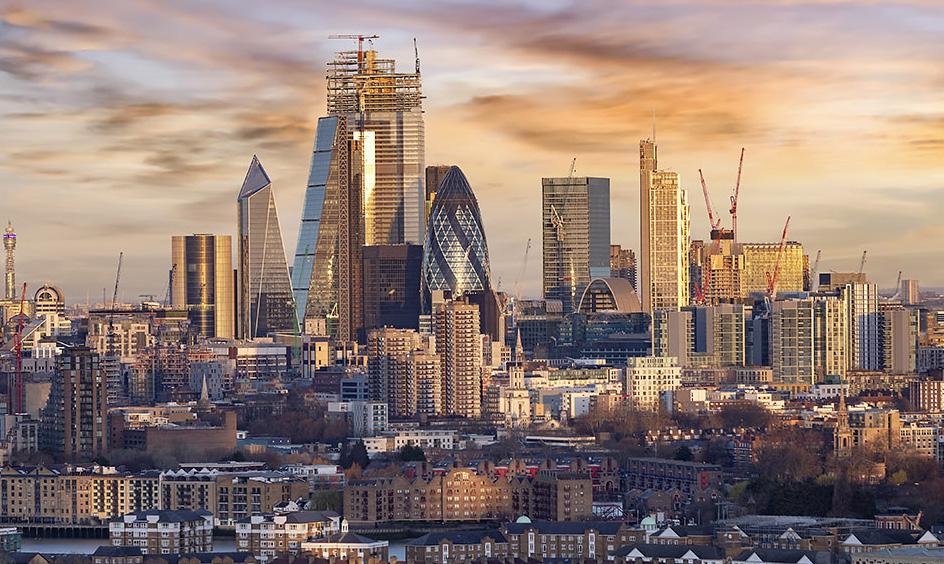
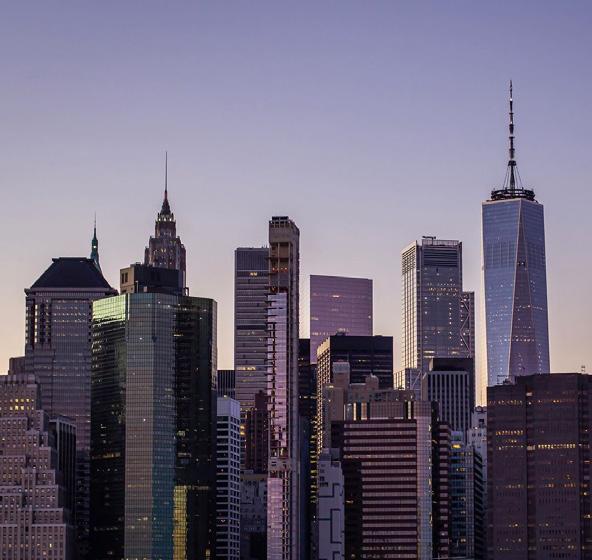
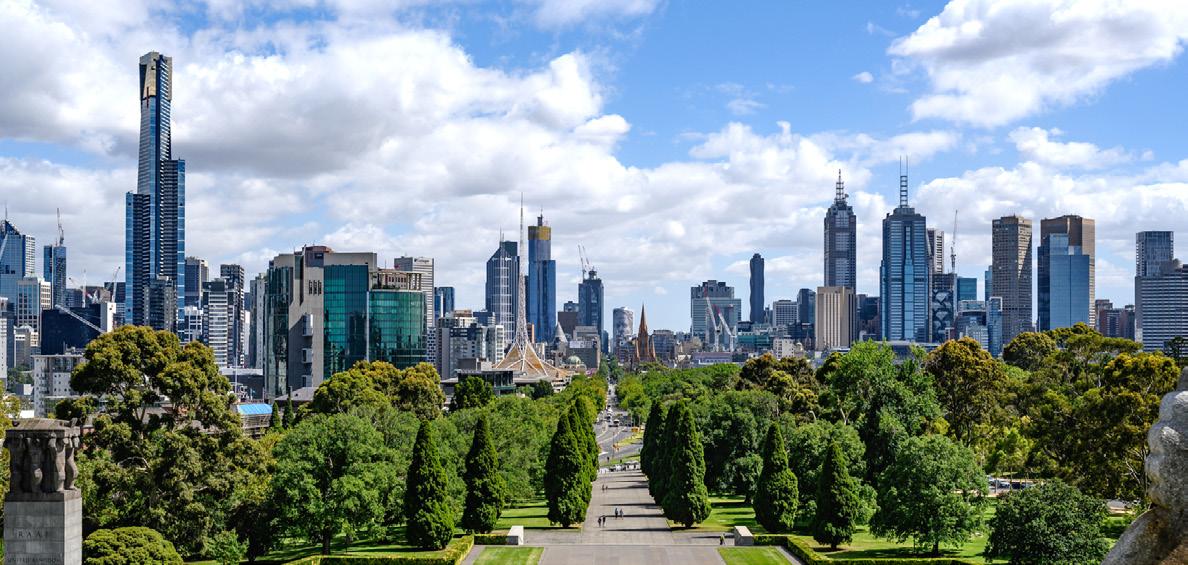
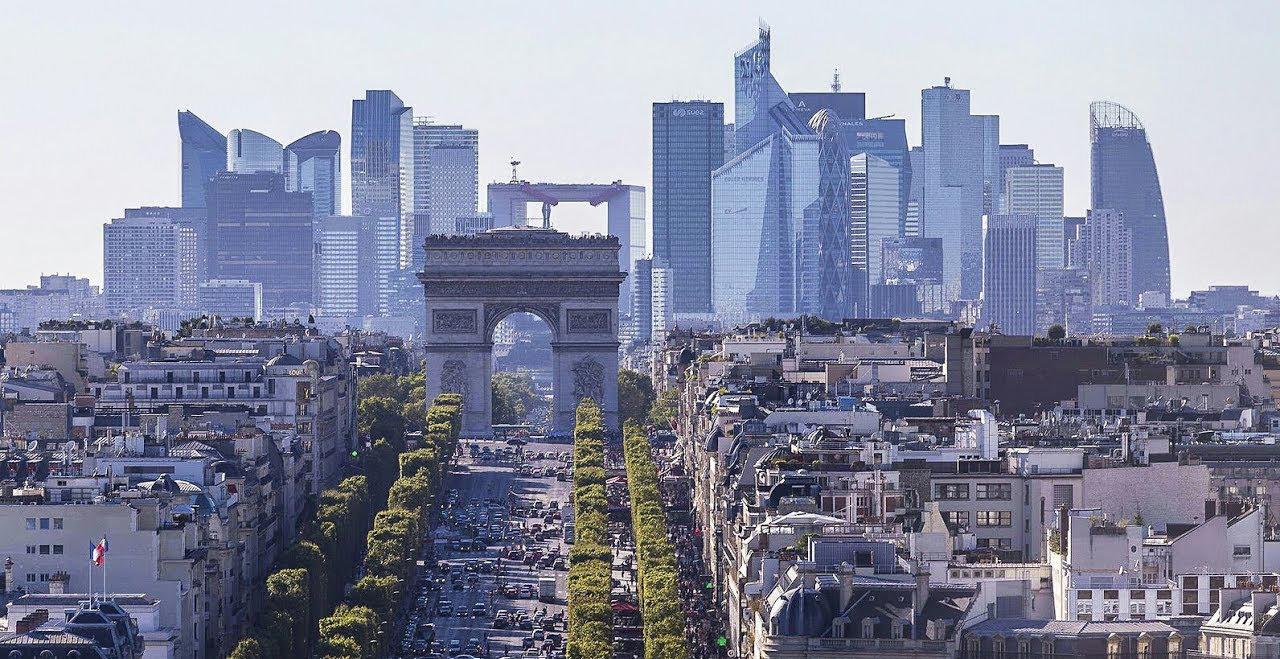

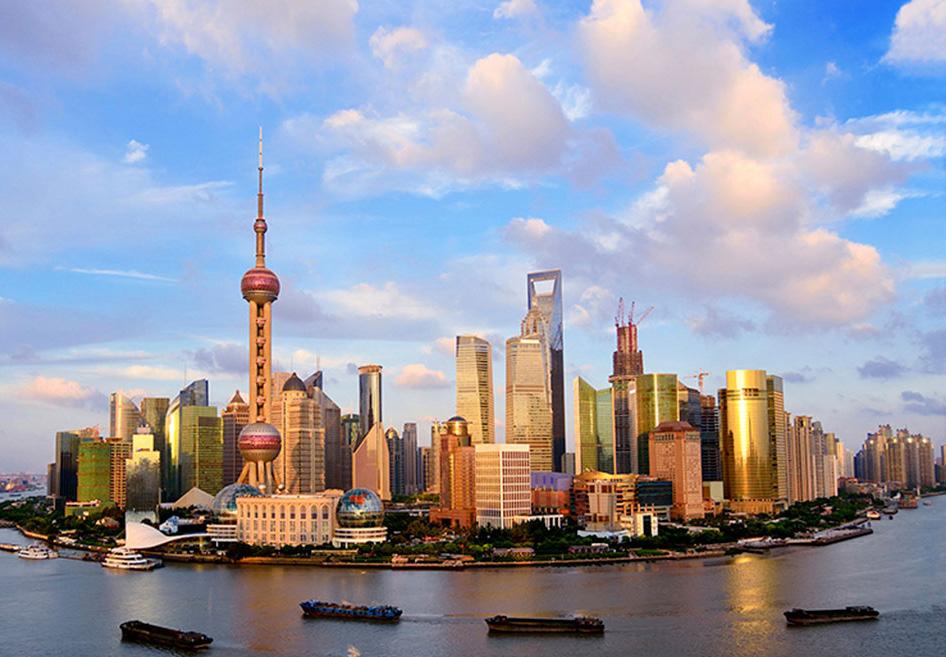
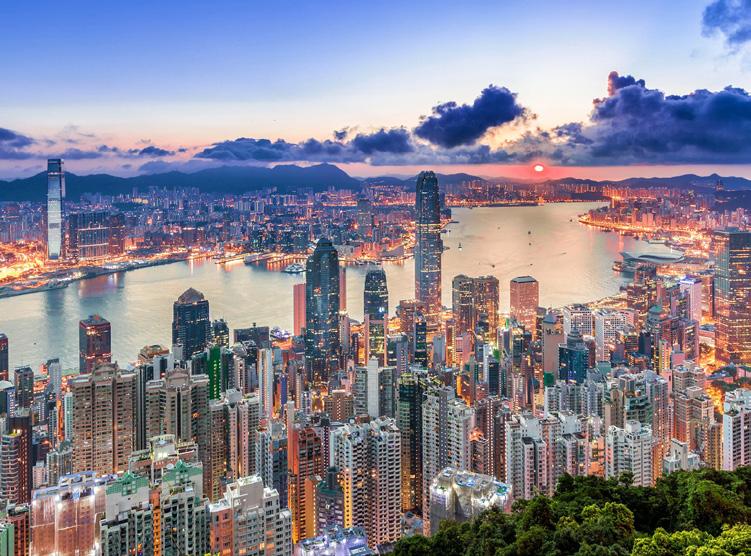

Bogotá Felipe Acosta2018 NY @getlostinny 2020
Londres BuroHapold 2020
Melbourne WikiWand 2019
Paris AirImages 2018
Roma LibertyTravel 2010
Shangai IronWulf 2016
HongKong Earnestte 2020
Singapur InAstralien 2019
Wellness
The city in real time
Current crises
Physical health
Mental Health
Quality of life
Happiness Care









Transport of combustion Climate change
Floods
OvershootDay
Natural resources
Urban Heat Island
Change of paradigm
Access to public transport and biological risk (Covid19)
The city is made up of countless dimensions and various aspects. It is a world full of possibilities, and one of how you can understand it is as a living organism conceived as an experiment in real-time. When contemplating its great immensity and diversity, it is impossible to ensure the results. In recent years various crises have been occurring in each dimension and on each scale present in the city.
36
Management of waste Economic Food Housing Health Pandemics Other crises: Sefety
1.3.1 Introduction - Conceptual Approach - The City
The city as an experiment
Side effects
Environmental stressors:
Light pollution
Hearing Contamination
Air pollution
Weather conditions UHI
Social conditions:
Urban segregation
Overcrowding in housing
Multidimensional poverty
Epicenter of pandemics
Desired Effects
Increased access to services
Economic growth
Increased communication
Flow of information




Troubleshooting problems
Innovative ideas
Diversity in all aspects
Social and cognitive development
Interpersonal Links
human development.
Essential elements for
This experiment must be developed comprehensively, with research, different perspectives, and areas of knowledge. There will always be effects beyond our reach, so it is not a question of demonizing cities and their growth but rethinking ourselves.
37
Construction from the document “Neuroscience for Cities” of Catapult Future Cities
It is like a constant experiment where every ingredient has effects...
The City and the Pandemic
This experiment is complex and full of surprises; this is the case of the crisis generated by the Covid 19 pandemic, which has given many challenges and opportunities, for example, fertile territory for evolution.
The crisis has revealed the imminent need for change in societies in how goods and services are consumed and how space is used and interacted with; this gives the possibility to initiate transformations that lead to a future where cities are more sustainable, adapted to the needs of the human being, and where all their qualities are enhanced, to achieve communities with a higher quality of life.
The pandemic has exposed significant gaps in cities, such as inequity, the lack of public spaces for social encounters, and connection with nature, where the risk of transmission of the virus is minimal. It has opened the door to physical and mental health issues, how a space should be created to generate wellbeing, and how it can be more efficient in daily tasks and be more ecologically responsible.
The crises have also made it possible to observe the significant impact that human beings have on ecosystems and how it is possible the interaction between citizens and nature in a much more respectful way. Making better use of natural resources and including non-private transport or combustion on the move, thus benefiting the environment and wellbeing, which translates into economic benefits on a small and large scale.
This pandemic has undoubtedly brought human beings to the limit more than any other crisis. However, it has also given new opportunities, time, and space to rethink priorities as individuals and citizens are crucial community elements.
“With over 90% of confirmed cases coming from urban areas, cities have been epicenters of COVID 19” - WCR2020 Pg 29
38
1.3.1 Introduction - Conceptual Approach - The City

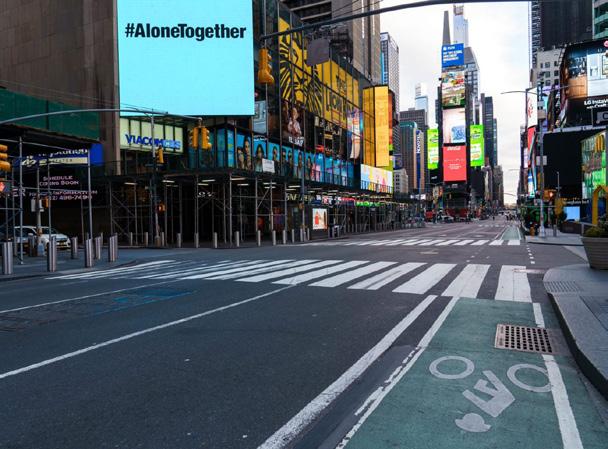
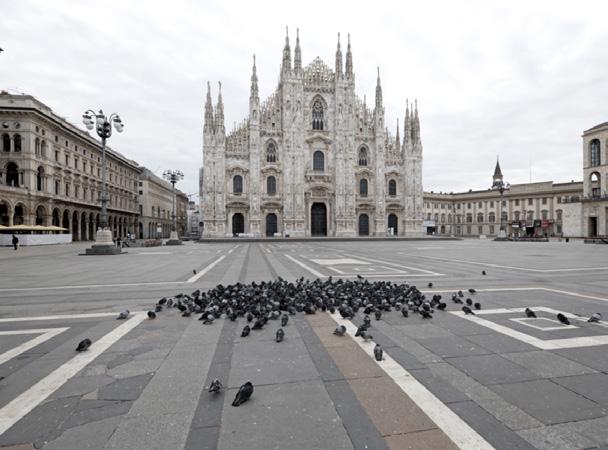
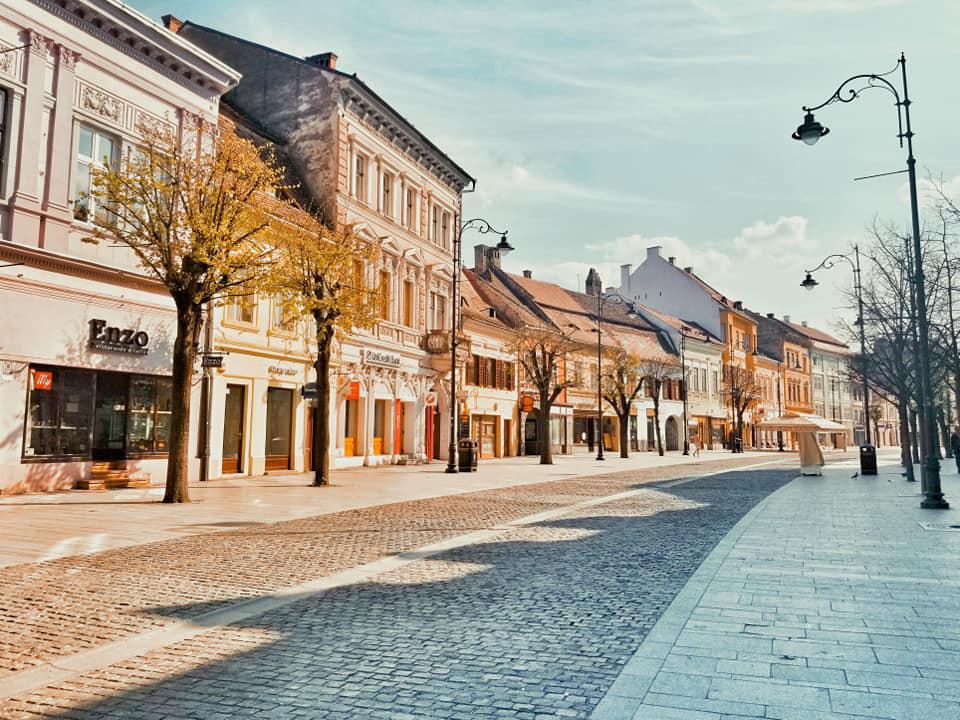
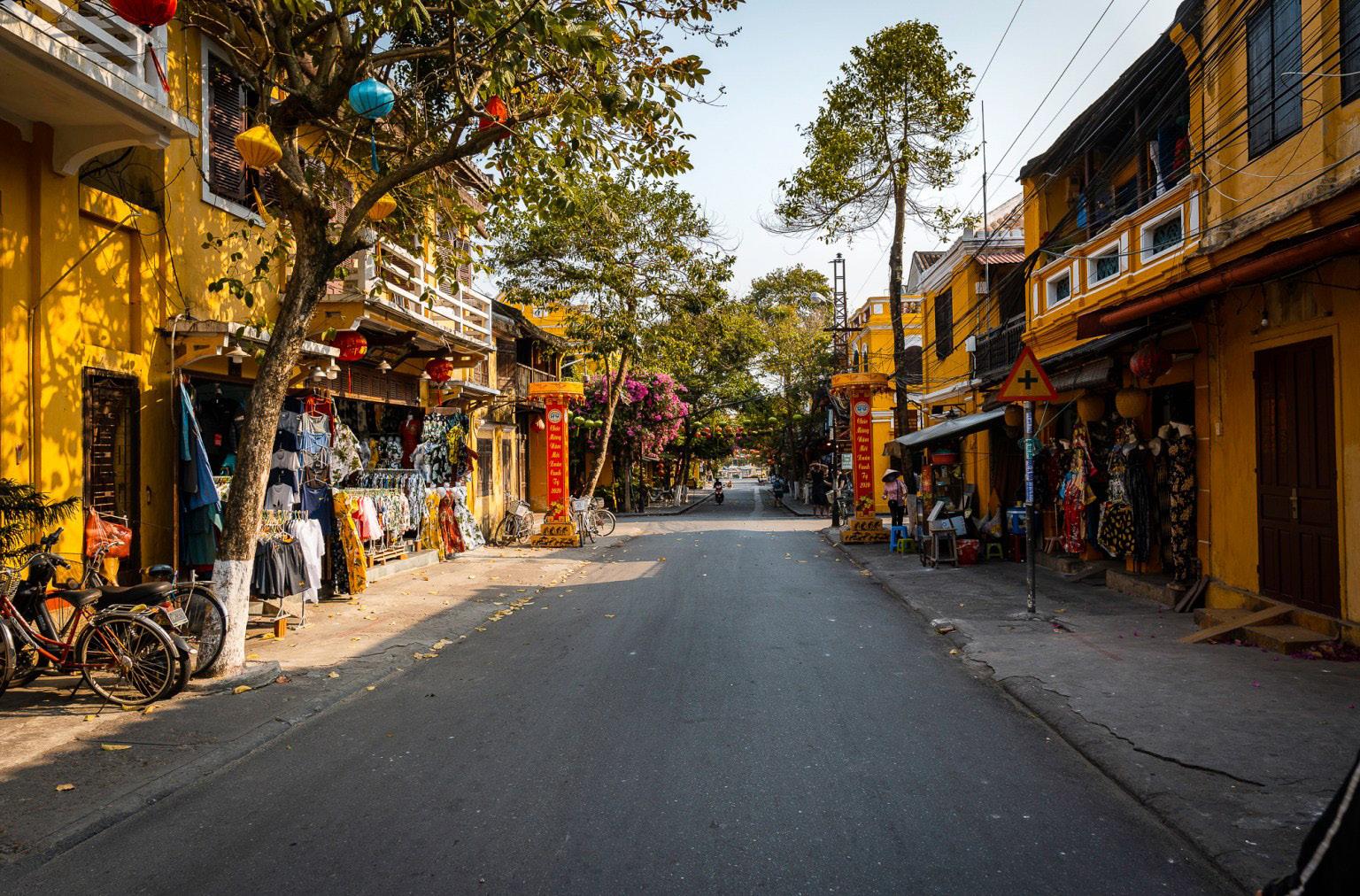

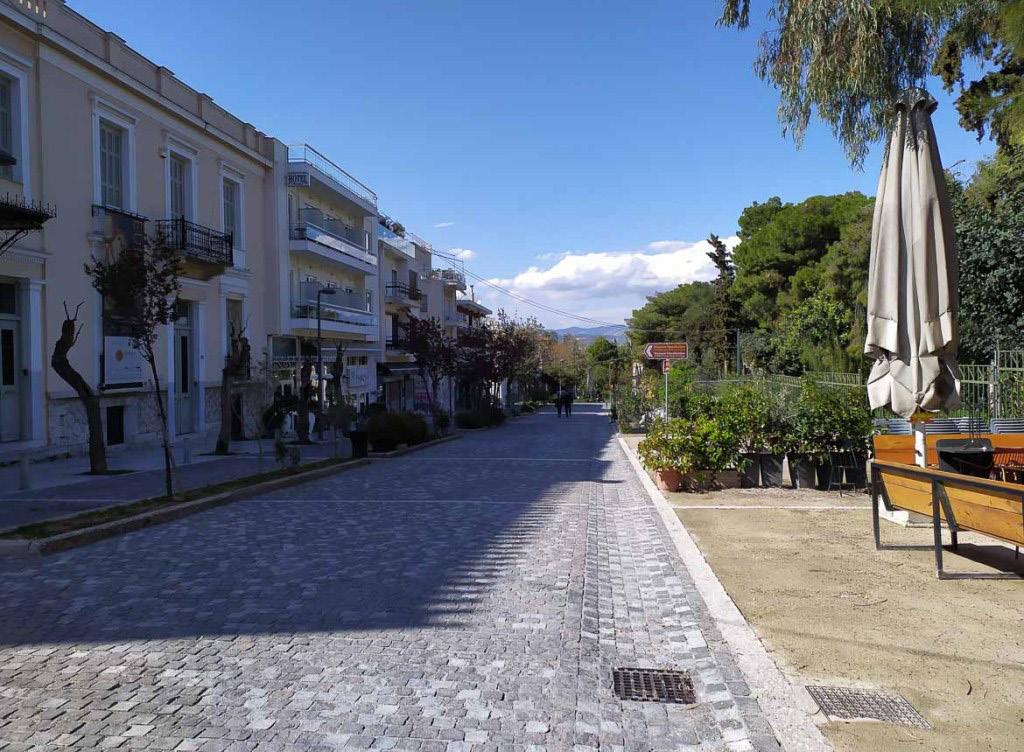

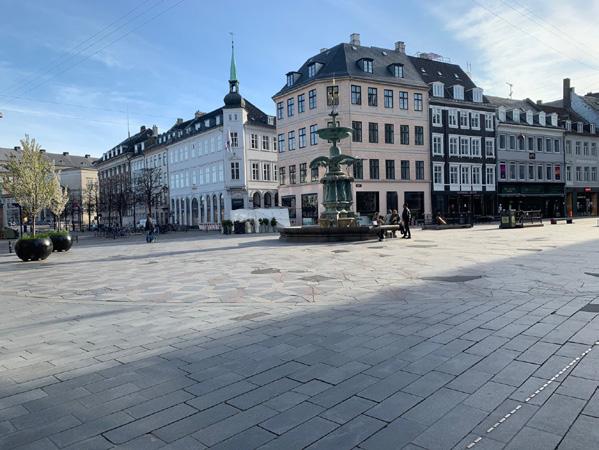
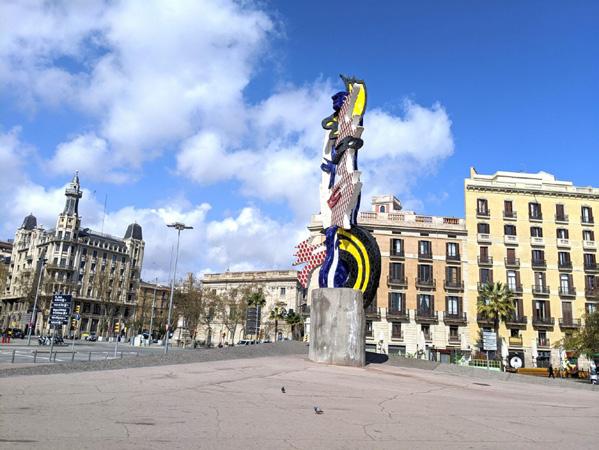

 Pokhara Nepal @The stingy nomads
Oslo @Markgerardcox
Barcelona @Alyssa CapeTown @Stayhome
Atenas @MyTrip
Sibiu @JadeLauren
Hoi-An @Delilah hart
Cagliari @Claudia Tavani
Mumbai @ruh_sha_
Milan @Italyans
Ny @AlexGarnier
Copenhagen @Derelhartman
Pokhara Nepal @The stingy nomads
Oslo @Markgerardcox
Barcelona @Alyssa CapeTown @Stayhome
Atenas @MyTrip
Sibiu @JadeLauren
Hoi-An @Delilah hart
Cagliari @Claudia Tavani
Mumbai @ruh_sha_
Milan @Italyans
Ny @AlexGarnier
Copenhagen @Derelhartman
What is the citizen?
According to the Cambridge dictionary
THE CITIZEN
1. adj. Natural or neighboring a city. U. t. c. s.
2. adj. Belonging to or relating to the city or citizens.
3. m. and f. Person considered to be an active member of a State, holder of political rights and subject to its laws.
18% of the Latin American population lives in MegaCitiesWCR 2020
40
1.3.2 Introduction - Conceptual approach - The citizen
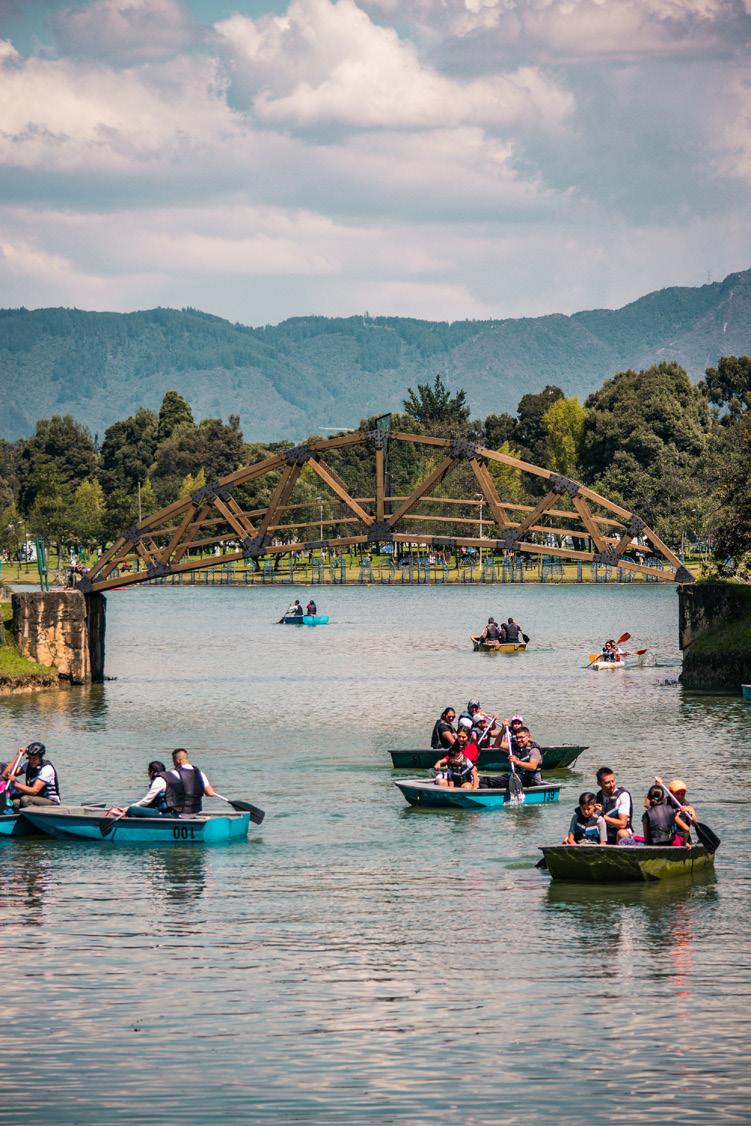

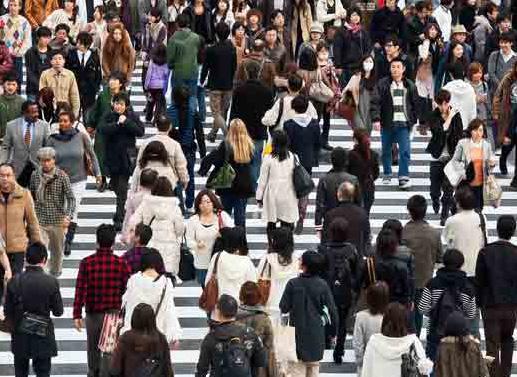
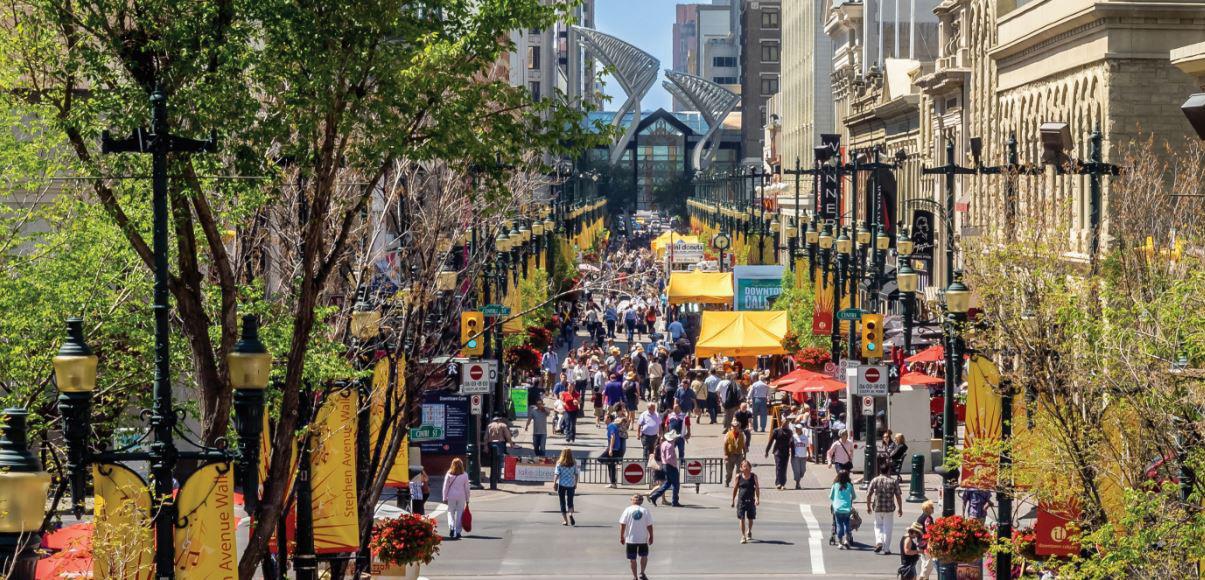
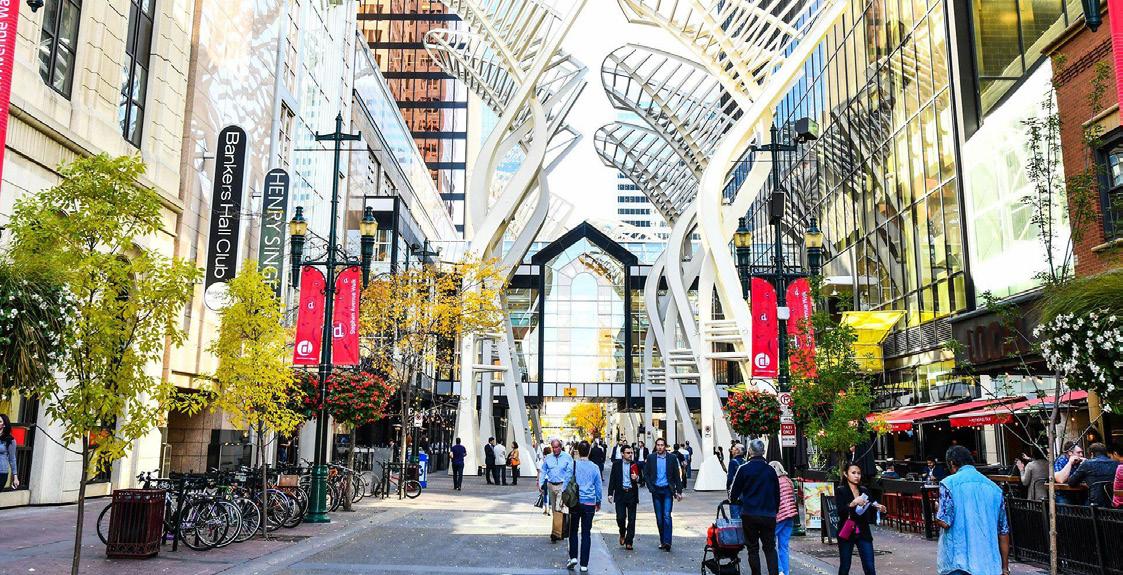
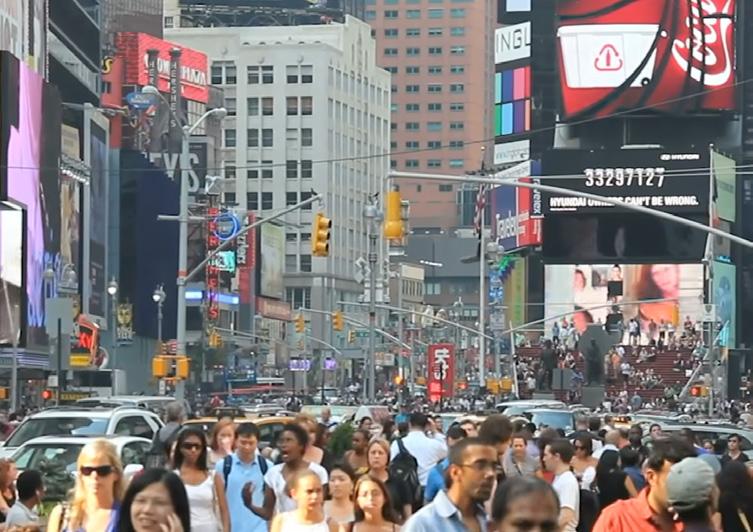


Copenhagen LeaderLab 2015
Bogotá Jimmy Cruz 2018
Shangai LeaderLab 2018
Cities for people 2017
Canada Citiesxp 2019
NY B1M 2019
Vienna B1M 2016
Malmö Janerik Henriksson 2019
Has rights and duties
Is able to create new uses for existing spaces
Enjoy
You are a space user as a resident, visitor or other
It composes the soul and personality of the city
Is part of the population
Is an individual
It’s part of the collective (the intangible)
Brings space to life The citizen
It is free to express itself
Inhabit space (the tangible)
You must participate in the city’s decision-making and design process
Age Ethnicity Origin Living




being

42
Can create new spaces and suffer the city
Construction from the episode “Mental health, wellbeing and working from home” of the podcast Connected places of Catapult Future Cities MD Mental disorders 1.3.2 Introduction - Conceptual approach - The citizen
It’s heterogeneous
The City and the Citizen
Is it the citizens who shape the city, or is it the city that shapes the citizens?
In my opinion, it is a relationship of tensions that is constantly changing and evolving to meet the needs of each other. It is a relationship where the subject-objects are inherent to each other, a relationship full of expectations, some fulfilled and others not, but also with rights and duties.
Citizens, those who inhabit and give life to the city, are individuals who constitute the population of the tangible, that is, of a neighborhood, a city or a nation, and in turn also constitute the intangible, the collective, the community, the soul and the personality of the city.
There is an unlimited and diverse number of citizens within the city, with a spectrum of needs that must be considered both in new and future cities and in existing and old cities. It is required to consider the specific needs of women, such as children, older adults, or people with specific needs depending on the space in which they are, for example, people within the autism spectrum with reduced mobility or limited visual capacity.
“Real smart cities are people-oriented: citizens are the greatest resource, providing new ideas for innovation, acting as the eyes or ears of the city, helping to monitor conditions on the ground and engaging the city more actively in setting priorities.
Technology-based smart city initiatives need to be peoplecentered and people-driven” - WCR2020 Pg xxx
43
Subjective perception of happiness
Freedom for shortand long-term decision-making
Security of employment
Life expectancy.
Ecological Footprint Wellbeing
Index of education





Per capita gross domestic product and income
Perception of safety and political stability
Climate and geography
Equity:
Physical and mental health
Family life
Social relations and generosity
Tangible property
44
1.3.3 Introduction - Conceptual approach - Wellbeing Construcción a partir de documento Conferencia TED “Why governments should prioritize well-being” y entrevista a Douglas Beal de SEDA Age Ethnicity Origin Living being MD Mental disorders
The City, Citizen and Wellbeing
A relationship of wellbeing between the city and citizens can be obtained through the design of cities thought as a caregiver element in itself, where the quality of life of its inhabitants is the central axis, satisfying their biological needs in order to incite and promote habits of use and enjoyment of the city that generate a positive impact on the physical and mental health of citizens and the planet in general. This approach to the problem will also bring long-term benefits, such as a local and care economy or more significant equity in the city.
The wellbeing can be reflected in various aspects and functions as a dominoes, for example, by promoting bicycles for all the city inhabitants, regardless of their social status or age. Using the bike as a means of transport will decrease air and noise pollution. These aspects are critical to the quality of life because they are considered environmental stressors that can increase stress and decrease the health of those who experience it. Another example is the creation of different activity centers within the city, generating greater accessibility, reducing traffic, and the need to transport in combustion vehicles, which in the long term can translate into more time to carry out educational activities, fun, or connect with the community
Worldwide, local government represents the:
24,1% of the public expenditure, 25,7% of the public revenue and 36,6% of the public investment.
45

Russia
Moscu,
Understanding of the city
2.0 Problem of investigation
Map of the problem
Central problem
The lack of adaptability of urbanism to new profiles and needs of the population.
Consequences
Denial of the right to the city, equity and security
Cities based on growth regardless of direction
Cities of privilege and not of right
Cities without human scale, without singularity or soul that do not respond to the dimensions of the human being.
Cities provide few opportunities
There is no room for innovation or spontaneity
High levels of motorized traffic
Deterioration of the physical and mental health of citizens
Decrease in quality of life
Major problems
Cities focused on unlimited production and private combustion transport.
High levels of pollution of different types Causes
Lack of spaces for the encounter
Lack of integration of systems and technologies
Lack of development planning
Less access to green spaces and nature
Cities that do not adapt to climate change or the needs of a diverse population
Constant construction and construction
Disconnection with space and territory
48
2.1 Research Problem
The city today
Over time, cities have grown, transformed, and changed their focus and paradigm. Different authors have proposed innovative possibilities for the cities of the future, and the cities that exist today are a heterogeneous mix of diverse cultures, which house 56.2% of the world’s population. This analysis reached the three main problems that the document will focus on.
1. Without human scale, singularity or soul, cities of privilege and not rights. Their indexes of inequity are so high that access to different spaces has become a privilege or luxury, not a right available to all; This results in a lack of opportunities, especially for the less privileged; the lack of spaces for meeting, debate, and interaction means that little by little the doors to ideas and innovation are closed, thus generating a negative impact on the economy.
2. Cities that do not adapt to climate change or the needs of a diverse population are cities where the lack of coherent and integrated systems is evident in cities where poor or lousy planning generate a more significant investment of public resources, where high levels of pollution exist; This results in lower quality of both physical and mental health, especially for those with different needs.
3. Cities focused on motorized transport or combustion, that is to say, cities that do not have pedestrian priority and that generate high levels of pollution, giving way to a disconnect with the territory; This prevents the encounter and interaction with other individuals, thus generating the detriment of physical and mental health.
70% of carbon emissions are produced by cities
49
What could happen?
“It is expected that 68% of the population will live in cities by the year 2050” - (Guterres, Antonio 2020 WCR). Suppose this growth continues in the way it has done during the last years. In that case, it will be a rampant growth and often without carrying out the due process of analysis and understanding before the proposal of new territorial plans generating a negative impact on the economic, environmental and social, both individually and in the collective. For example, the increased investment in health treatments due to the deterioration of both physical and mental health, due to the characteristic environmental stressors of the city, the lack of innovation and entrepreneurship due to the lack of meeting spaces, which will gradually become evident in societies, since the city can influence how the citizen relates, behaves and even how it develops.
Urban population and levels of urbanization

50
Source: United Nations 2020 2.1.1 Research Problem - Forecast
Percentage of population living in multidimensional poverty, 2018
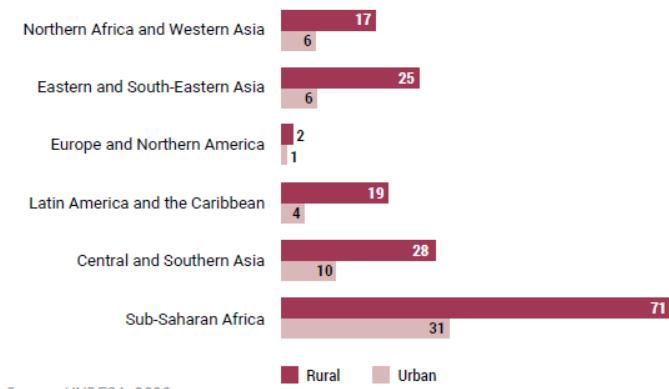
What kind of cities do we want to live in?
Today’s cities offer a wealth of benefits, opportunities, and privileges not found anywhere else, some even asserting that cities are the greatest, best, and the most important invention of the human being, yet there are still many aspects to improve, some of which are already talked about and others unknown; for example, the relationship between different types of pollution and their impact on humans or the fact that although it has been tried, there are still no genuinely inclusive or equitable cities. The first step is to understand what equity is and how it can be measured.
71 millions fall into extreme poverty because of crisis by Covid-19
51
Source: United Nations 2020
Equality or equity?
It is assumed that everyone will benefit from the same “support”. They are being treated equally.
Individuals receive different supports so that they have equal access to the landscape. They are being treated equally.
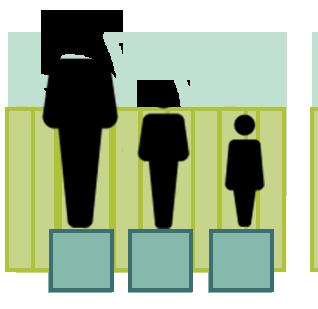
- WHR pg
Now all three can see the landscape without any support because the cause of inequity was solved. The systemic barrier has been removed.
Is there inequality in our cities?
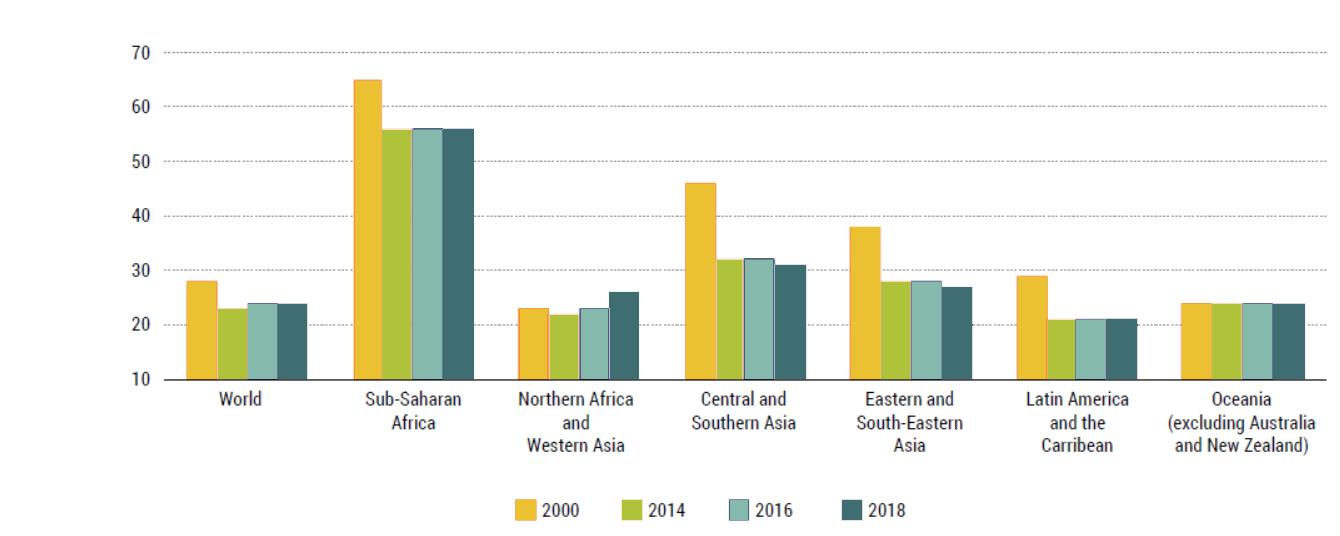
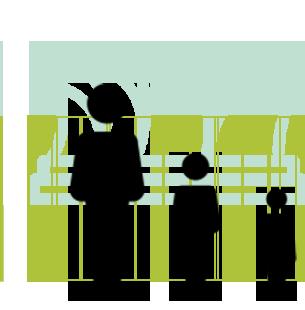
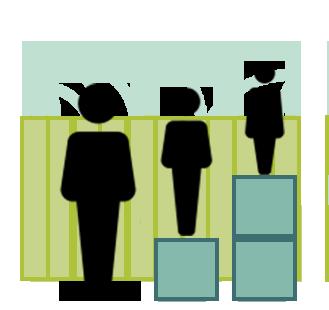
52
Source: United Nations 2020 2.1.2 Research Problem - Control
“Those who benefit most from positive social environments are those who are most subject to adversity”
37.
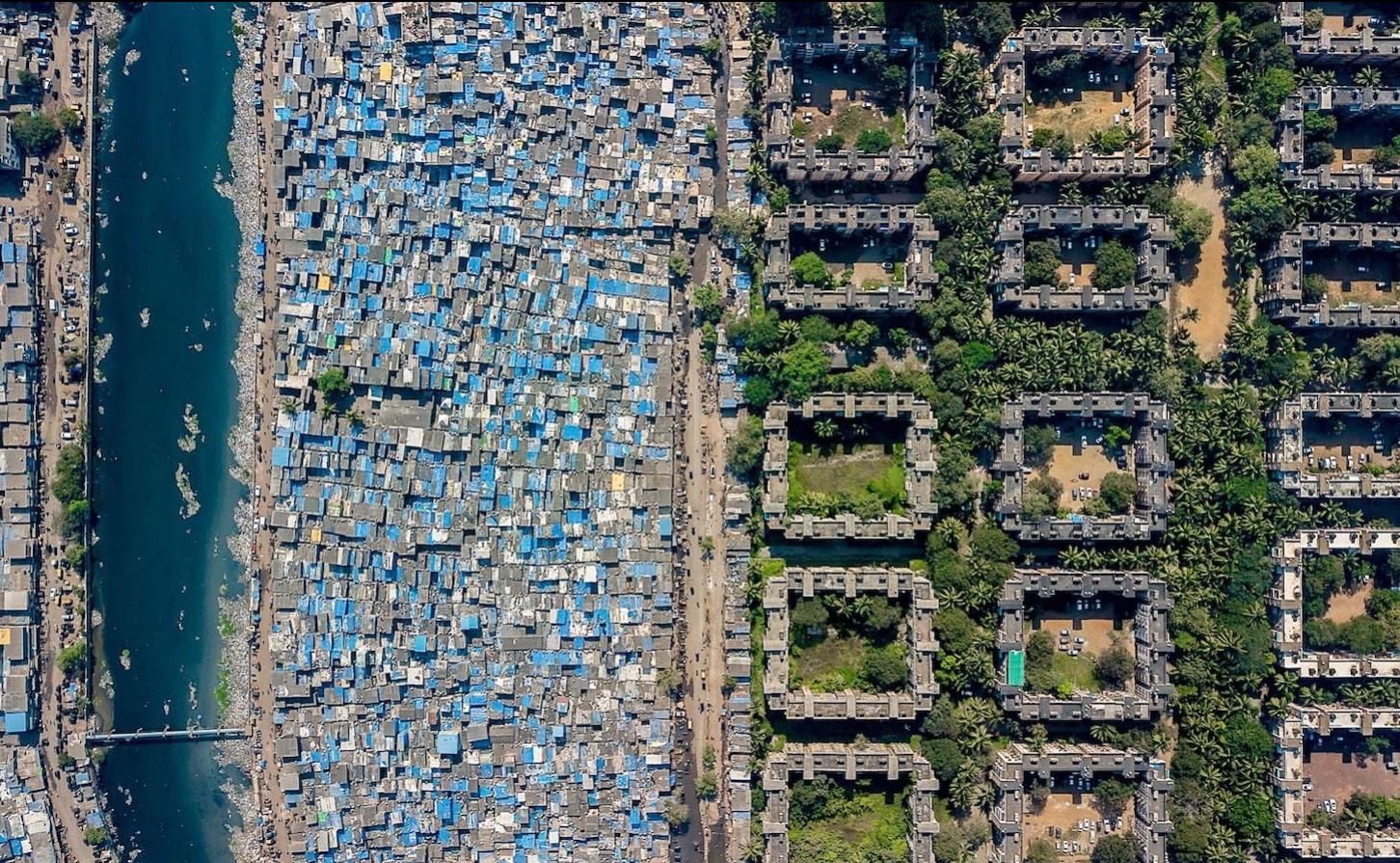
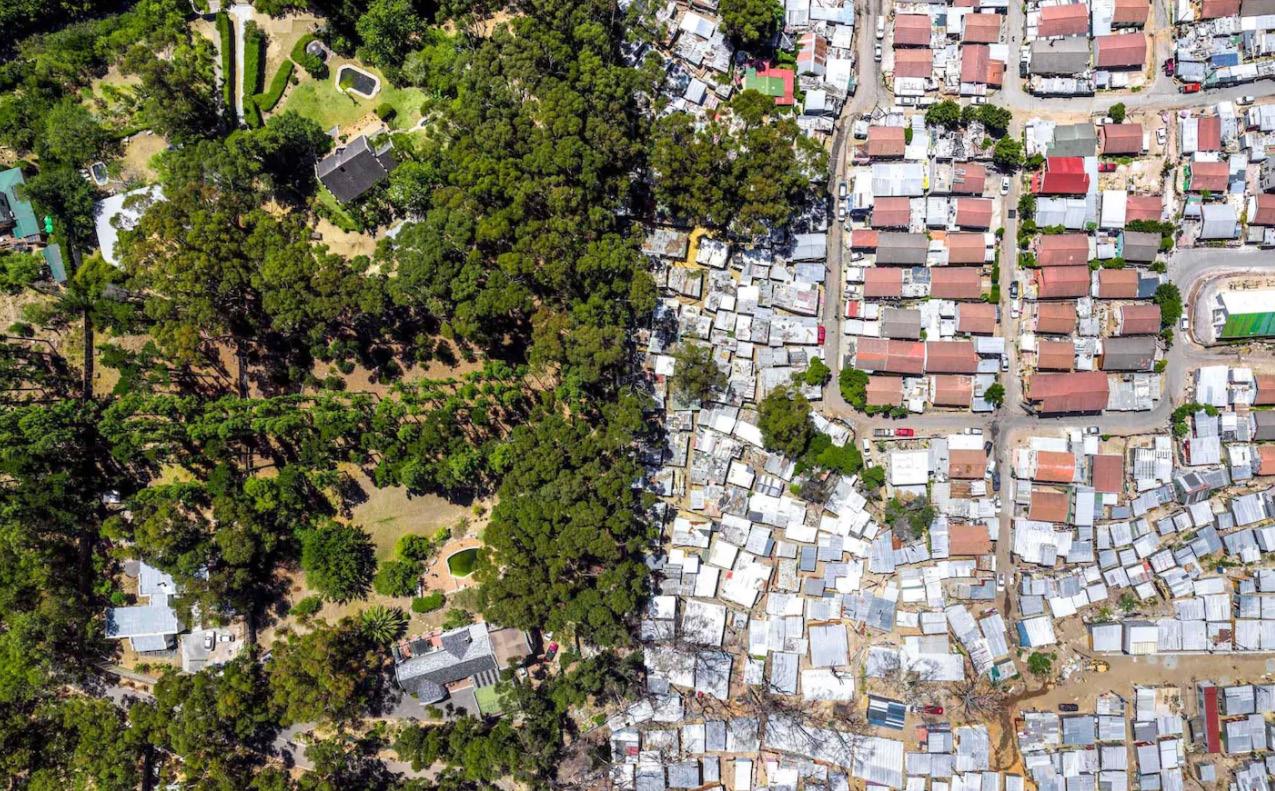
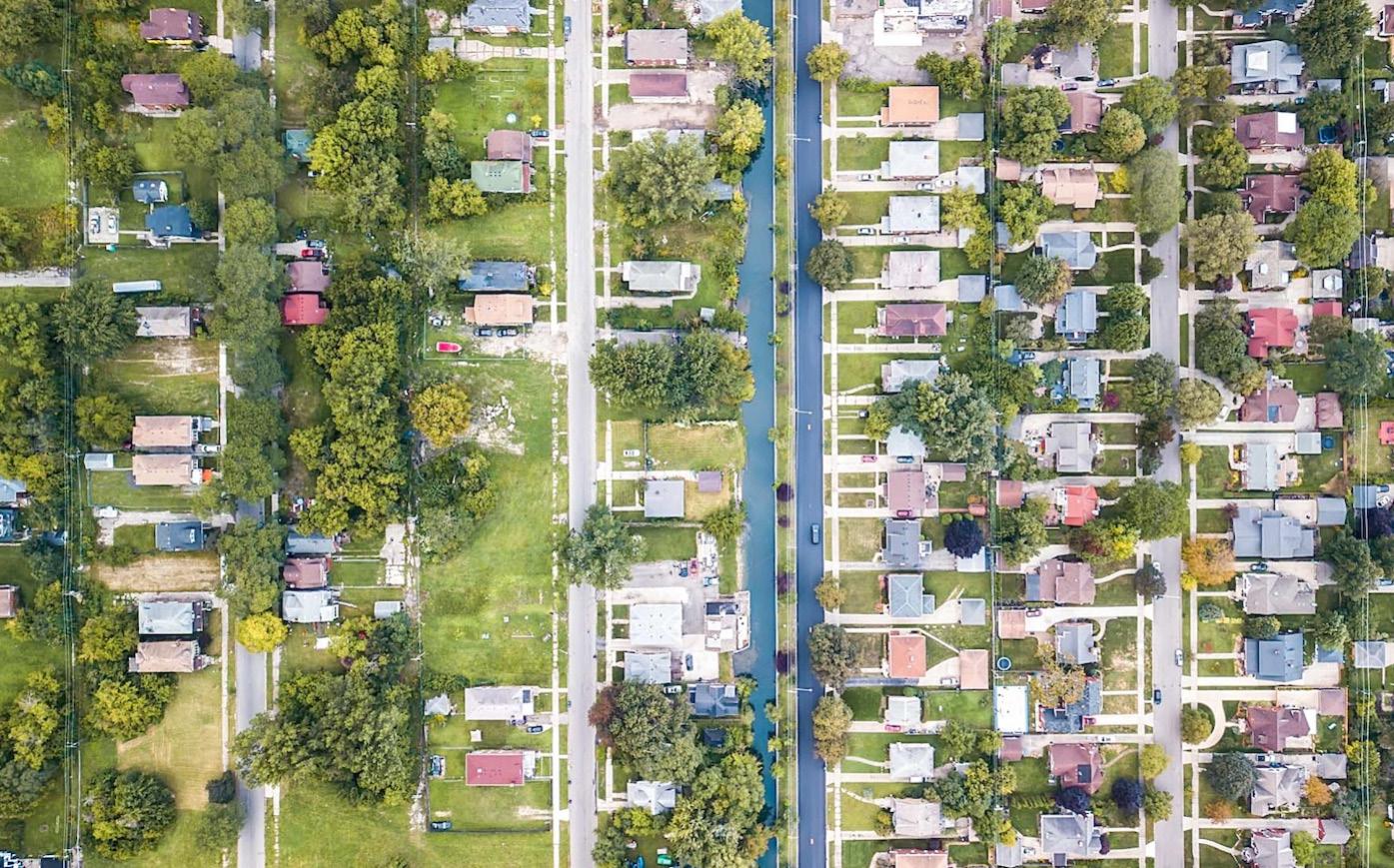


 Mexico DC Johnny Miller 2019
South Africa Johnny Miller 2019
Detroit, USA. Johnny Miller 2019
Cape Town Johnny Miller 2019
Mexico DC Johnny Miller 2019
Mumbai, India. Johnny Miller 2019
Mexico DC Johnny Miller 2019
South Africa Johnny Miller 2019
Detroit, USA. Johnny Miller 2019
Cape Town Johnny Miller 2019
Mexico DC Johnny Miller 2019
Mumbai, India. Johnny Miller 2019
There are 33 megacities in the world
- WCR 2020
How can we measure it?
The Gini coefficient is a measure of inequality. It is typically used to measure income inequality within a country. However, it can measure any form of unequal distribution, is a number between 0 and 1, where 0 corresponds to perfect equality (everyone has the same income) and where the value 1 corresponds to perfect inequality (one person has all income and the others none). The index is the coefficient expressed by reference to 100 at most, instead of 1, equal to the Gini coefficient multiplied by 100. A two-hundredth variation of the Gini coefficient (or two units of the index) equates to a distribution of 7% wealth from the poorest sector of the population (below the median) to the richest (above the median).
Gini coefficient in the world

54
2.1.2 Research Problem - Control
Gini coefficient Europe and North America
Gini coefficient Latin America
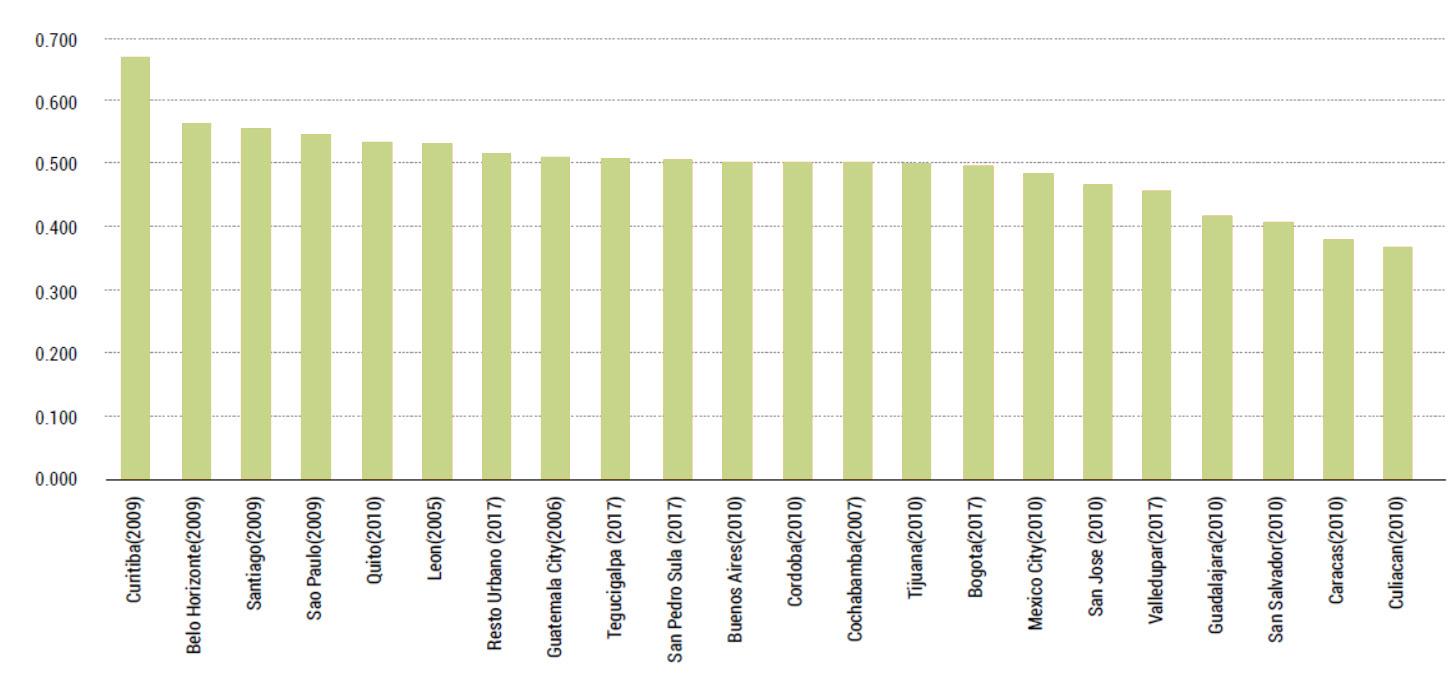

55
Sources: Wikipedia 2020 and World Bank 2017


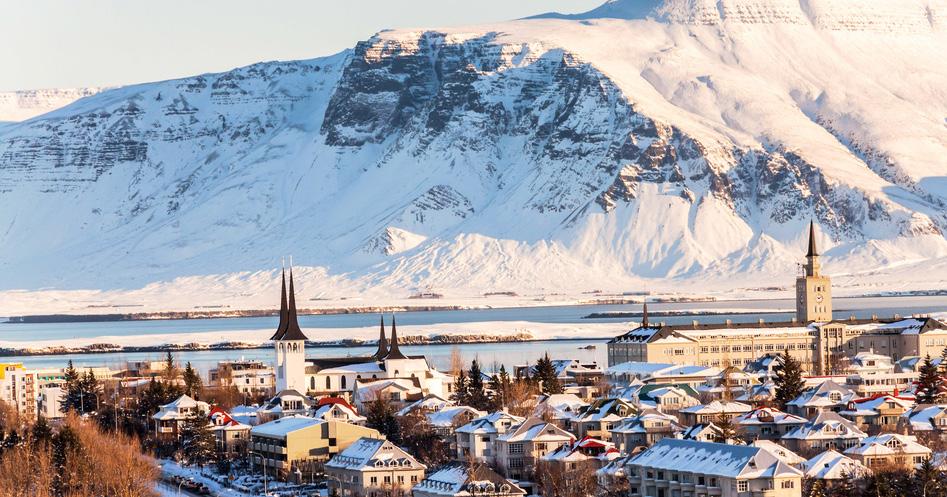
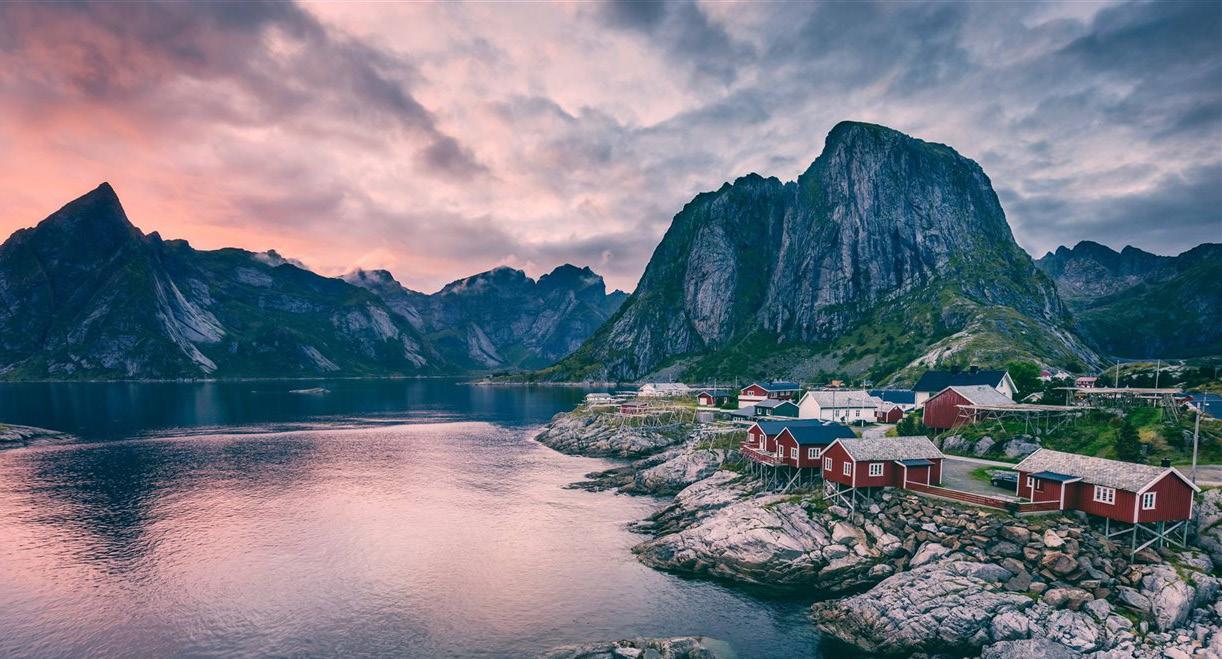
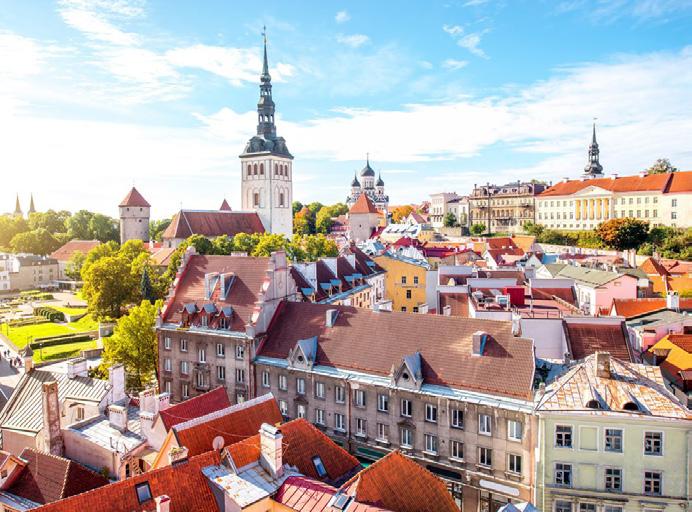

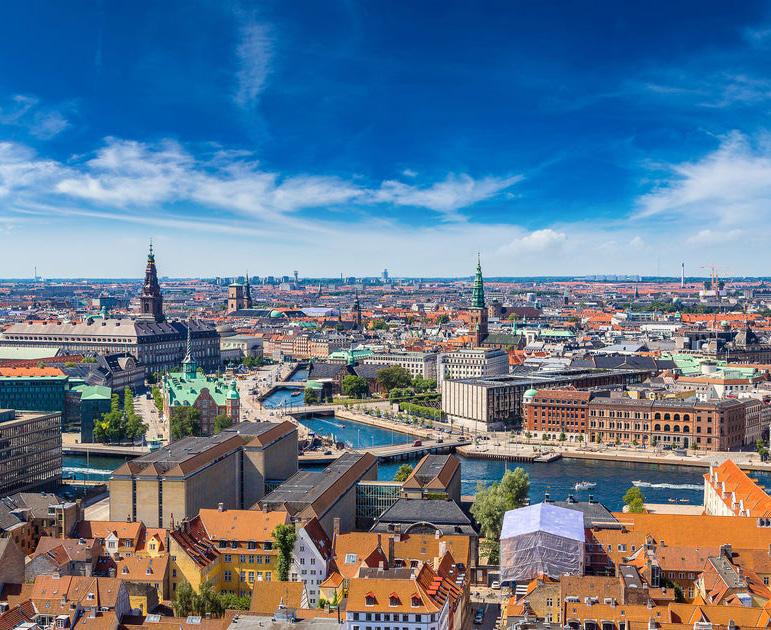
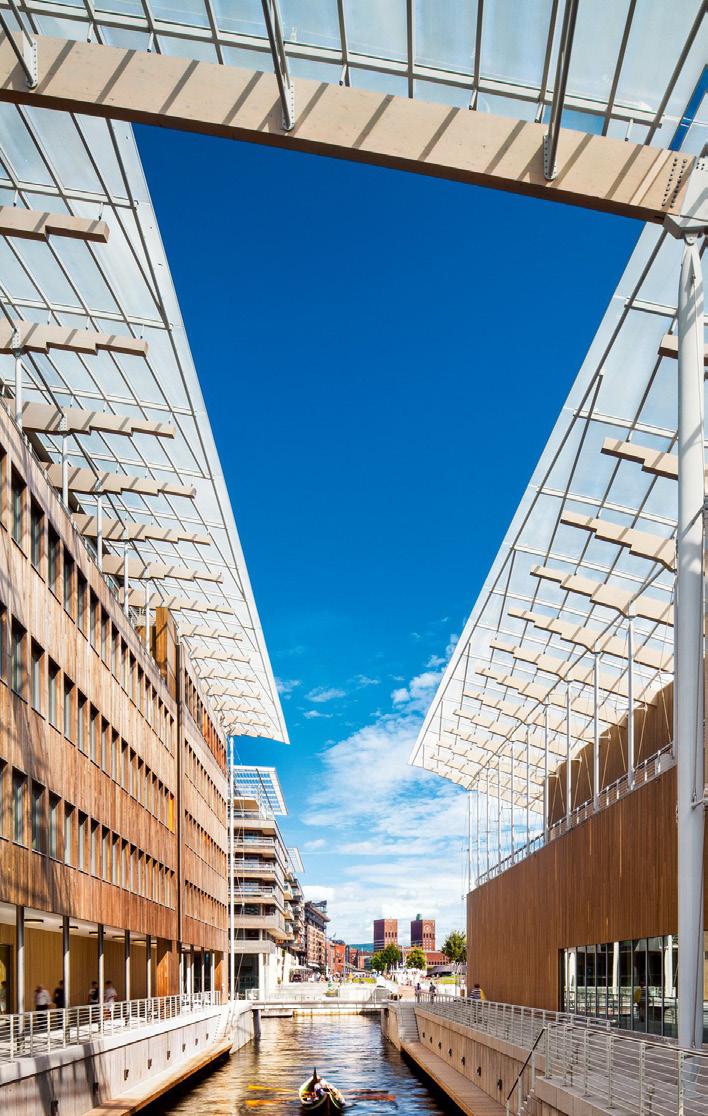
56
Planet 2018
Copenhague, Denmark @Lonely
Copenhaguen, Denmark @ViajeroFeliz 2019
Reykjavik, Iceland @Iceland24 2020
Lofoten, Norway National Geographic 2020
Tallin, Estonia. NationalGeographic 2019
Oslo, Norway, NG 2014
Copenhaguen, Denmark @MiViaje 2019
Oslo, Norway, NG 2013
What can we do?
In order for future cities and communities with a greater sense of belonging where everyone has the right to use and enjoy the spaces and where their population has a high quality of life, it is necessary to develop the approach of these from a comprehensive and multidisciplinary perspective, “Interdisciplinary research is crucial to better understand to what extent urban socio-ecological environments affect the mental health of the population.” — (Cities and mental health). That is, through the implementation of different tools and instruments, such as data collection through the integration of technology with the city and the recognition of the physical and biological needs of the human being, thus contributing to the complete development of the approach of new cities or renewal and intervention of existing ones. These elements will come from different areas of knowledge that directly or indirectly have an impact on the city and society, consolidating in this way a coherent system, making clear which are the main variables that must be taken into account to design more friendly cities with their inhabitants, generating both individual and collective wellbeing, which translates into the more excellent perception of happiness and quality of life in the inhabitants.
“When cities are well planned and managed, they can lift families out of poverty, free women from gender-based discrimination, aim for bright futures for children and young people, offer comfort and support to older people in their golden years and welcome migrants seeking a better life” -
WCR2020 Pg xxv
57
Quality of life in the Nordic countries
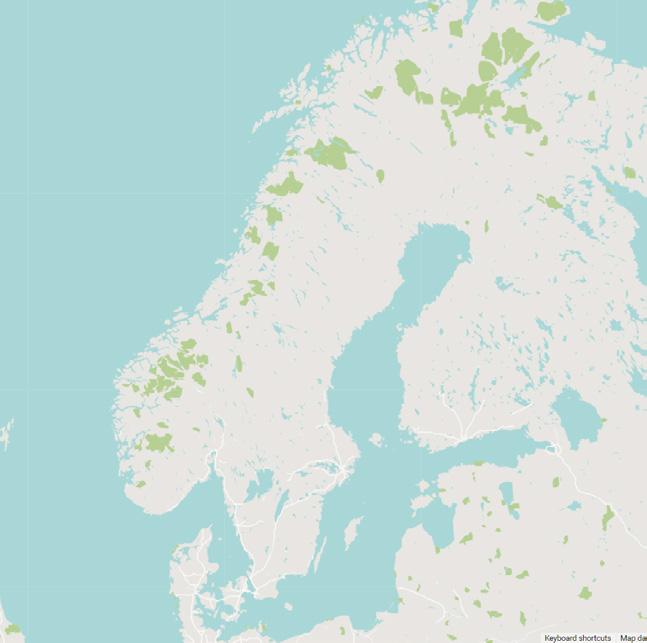
Without a doubt, the Nordic countries are an example to follow in many aspects, from the wellbeing of its inhabitants to the implementation of sustainable means of transport; this is why we will study why the Nordic cities show high levels of quality of life and happiness, which can be learned from their experience. “Living in a trusted social environment not only helps directly support the lives of all people but also reduces the wellbeing costs of adversity, this provides the greatest benefits to those in the most difficult circumstances and thus reduces inequality in wellbeing.” - WHR 2020 pg 25.
“The Nordic countries did not have the deep class divisions and economic inequality of most other countries in the early twentieth century.” WHR 2020 pg. 184 this is due to the implementation of different strategies, such as “The free mass education that was introduced in the 19th century as a means to build stronger states for years to come” WHR 2020 pg. 188. These social policies are an essential characteristic of the Nordic culture and its cities.
58
2.1.3 Research Problem - Social Reference
Social cohesion
Due to the location of these cities, one might think that they are small and homogeneous societies. However, in reality, these countries have a high degree of immigrants, is the case of “Sweden, where 19% of the population has been born outside the country, although the increase of ethnic diversity is associated with lower confidence, this is attributed to ethnically diverse societies that have more difficulty generating and sharing public goods; however, Eric Uslaner shows that it is not ethnic diversity per se, but residential and spatial ethnic segregation that undermines trust.” WHR 2020 pg. 180.


Trust, care, and kindness among citizens are crucial factors when shaping the cities of wellbeing since it has been shown that good civic culture has positive effects on quality of life. “Various types of individual, social and social trust have large direct and indirect impacts on life assessments.”Various types of individual, social and social trust have considerable direct and indirect impacts on life assessments. The indirect impacts, which are measured by allowing the effects of trust to dampen the estimated welfare effects of bad times, show that both social trust and institutional trust reduce welfare inequality by increasing the resilience of individual wellbeing for various types of adversity, including perceived discrimination, ill health, unemployment, low incomes and fear of walking the streets at night.” WHR pg. 182

59
Connection with others
Good social relations
Source: UNDESA, 2020a
Focus on the common good
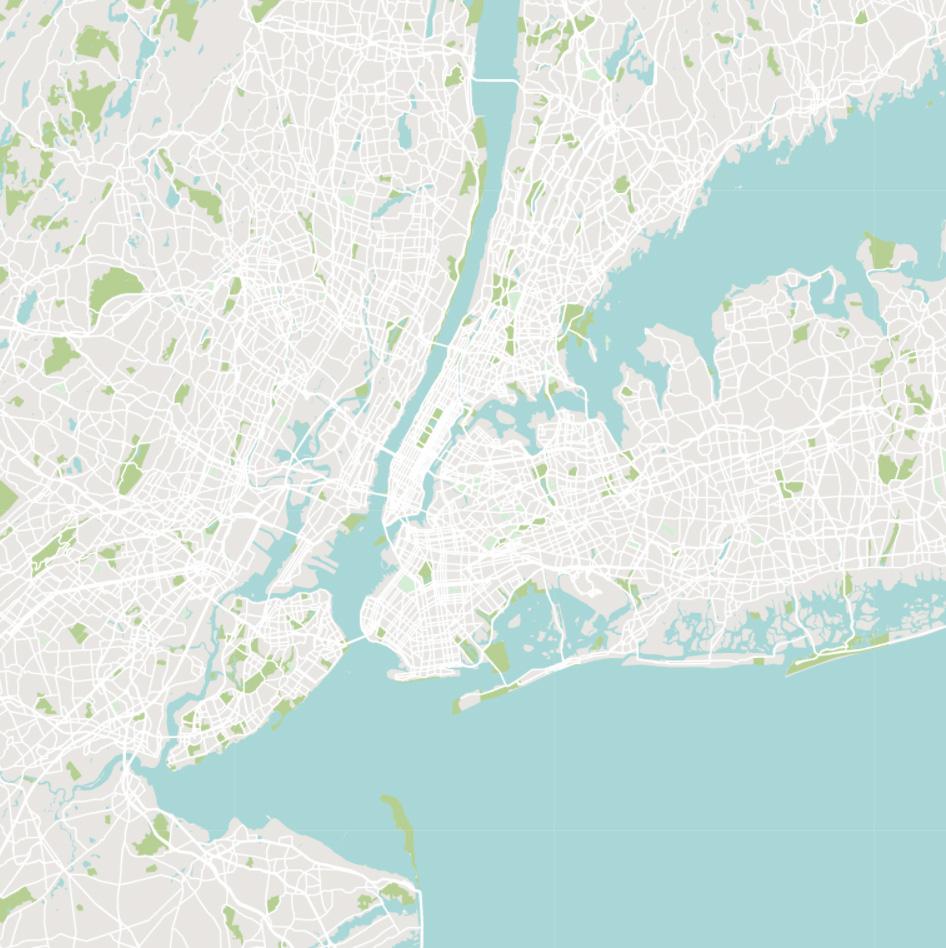
New York, USA
3.0
Learning from the experienced
Historical context



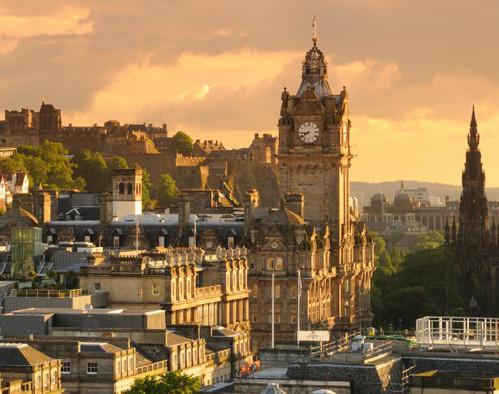




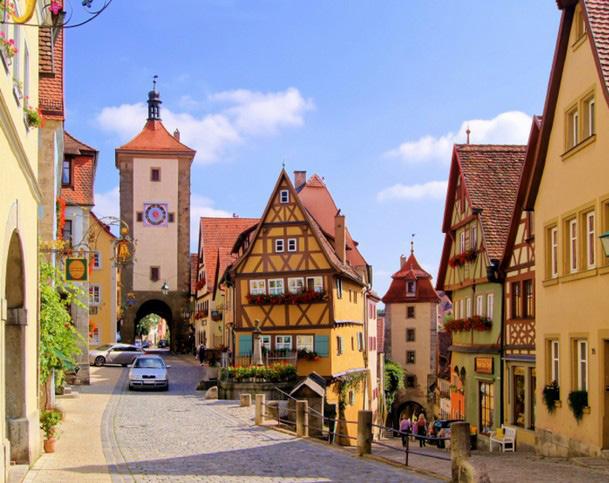
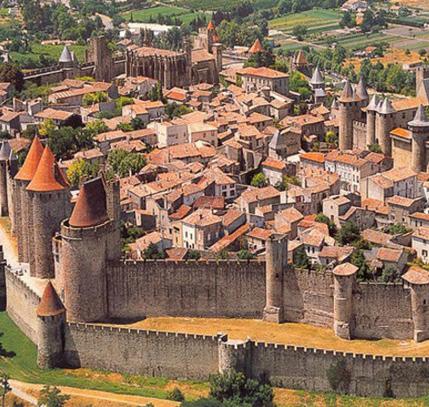
62
York, England @greece10best
Carcassonne, France @greece10best
Siena, Italy @greece10best
Eze, France @greece10best
Mont Saint Michael, France @greece10best
San Gimignano, Italy @greece10best
Prague, Czech Republic @greece10best
Rotenburg, Germany @greece10best
Edinburgo, England @greece10best
Bagan, Myanmar @GrasshopperAdventures
Where do cities come from?
Cities are born from the need of the human being to congregate, to remain in a group to survive, and later to share and exchange knowledge for food, products, or merchandise. As mentioned above, cities have undergone many transformation processes over the years, some of these transformations have occurred naturally, others due to wars, pandemics, economic crises or have evolved, technology and paradigm changes in society, the incredible thing is that somehow or other they always manage to adapt, although not yet in the best way for all those who inhabit it.
Without a doubt, cities are the palimpsest where the encounter of the past, present, and future of the existence of the human being and where the growth of the societies is evidenced. From the first cities, the Roman empire, passing through the different visions such as the garden city of Edward Howard or the Brodacre city of Frank Loyd Wright, fascinating visions based on the needs of the society of the moment and that somehow or other have been put into practice, providing the possibility of finding their pros and cons, until reaching contemporary cities as varied as the people who inhabit them.
The history of cities is essential because it is also the history of human beings and societies; it is crucial because it allows seeing the great responsibility of all those involved in the process of transformation of space because with the knowledge expressed through the designs can be guided, directed and perhaps even to determine the future, this responsibility is shared with many areas of knowledge and most importantly, with the citizens, who are who give it life.
63
Structuring of the city on the wide avenues, in order to maintain military control over the population and provide a
Restructuring from a continuous grid of apples of 113.3m, with streets of 20, 30 and 60m with a maximum height of 16 m. The apples had chamfers of 45º to allow better visibility

Cities built with an exact design and military character, that is to say politically organized

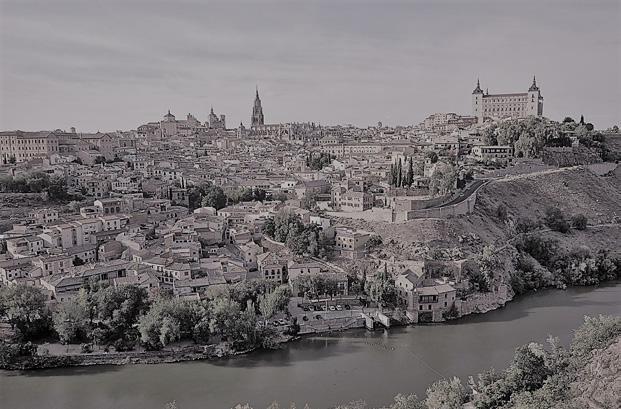
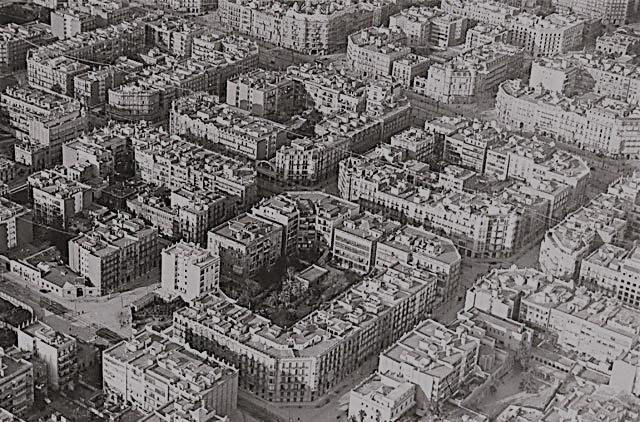
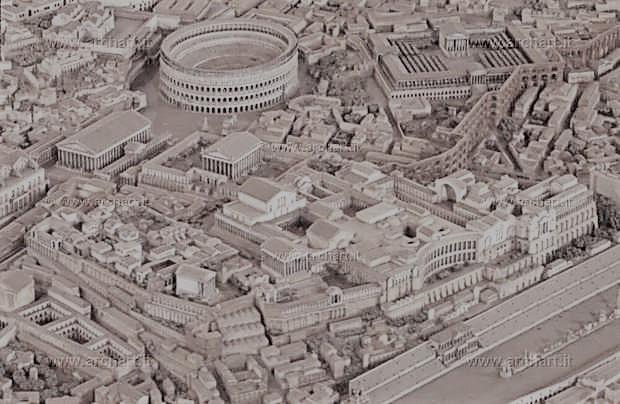
There is an industrial revolution, which leads to the urban absorption of the agrarian.
Preurbanism
Characteristics of cities: Streamlining of communication roads, large urban arteries, railroad tracks. Specialization of urban business sectors in the center, residential in the outskirts. New symbols and architectural icons. Suburbanization: the industry is established in the surroundings of the city.
Ways of studying the city
Urban planning, architecture and power
64 3.1 Historical context
Legend 500 1850 1000 1500
Historical Facts
Compact cities, based on short journeys, squares and markets, on a commercial basis.
Middle ages
1750 1860
Paris B.Haussmann
Roman Empire
“cultural boulevard”.
Barcelona I. Cerdá
History
Characteristics of cities: We search for wide, vegetation-filled places where one can breathe freely. The urban space is rigorously divided according to an analysis of human functions.
Great importance is given to the visual impression of the constructed objects; “logic and beauty coincide.”
Evolution of Chicago
Thanks to its privileged position between the Michigan and Illinois canals, the city grew and its population grew from 30,000 to more than a million, giving way to the railroad.
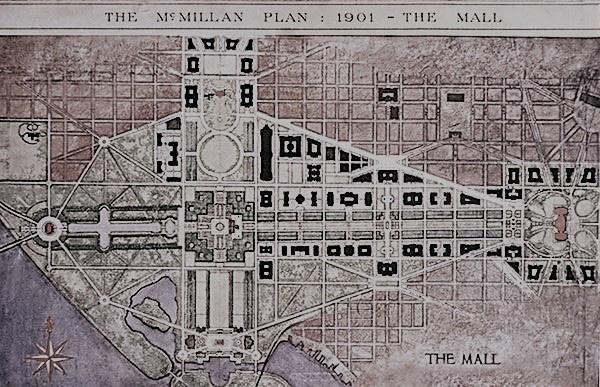
A glorified center, a static, immutable and always beautiful city; unable, therefore, to adapt to future changes.
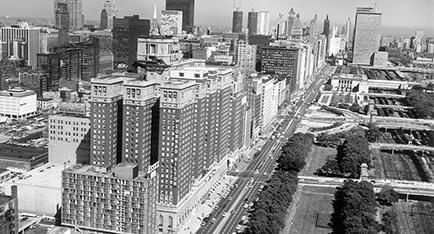
It consists of a central core surrounded by houses and green areas. In the surroundings, a circular avenue where you will find the various services. They’ll be out of big cities and connected. by train.
The culturalist city has clear limits, its conception does not go through the situation of buildings in the distance but by the conception of streets and squares as the basic organs of urban functioning.
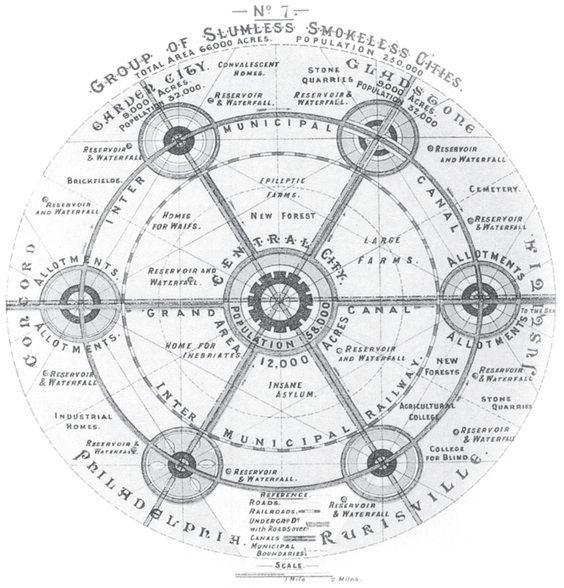
65
1890
1870 1880
1900
Progressive Model
Beautiful City
Garden city E. Howard
1905
Culturalist Model
1910
“The Big Industrial City is accused of alienating the individual in the artifice. Only contact with nature can return man to himself and allow a harmonious development of the person as a whole.”
Rationalisation of the spaces leaving behind the mediaeval city, with such a degree of planning that it would have ended citizen spontaneity.
Nace
Features:
“Architecture and urbanism have changed, with the advent of “machismo” a new way of thinking about both is needed.
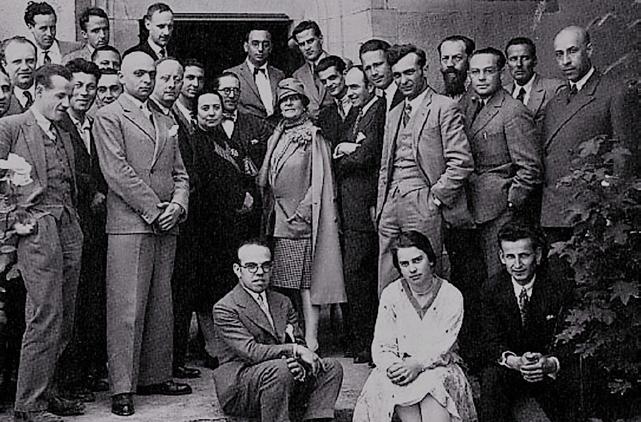



“The three fundamental functions for which urbanism must be ensured are to inhabit, work, and recreate.”
Urban Manifesto La The core idea is modernity.
The interest of urbanists is shifting from economic and social structures to technical and aesthetic structures. For the city to reach the industrial revolution, it is necessary to implement new methods, building materials and standardised production and bulk.
The main exponent is the project of the construction of the Esposizione Universale Roma, along with the rationalisation of the city and its architecture leaving the power of dictatorship in evidence.
An urban, theoretical and utopian project of its ideal city, part of the criticism of the urban industrial civilisation, which denied the most authentic human and individual values, and based on the search for environmental quality by regaining the idea of the right to the city
66
1925
1930
Paris Le Corbusier
CIAM
1920 Rationalist architecture in the dictatorship.
B. Musolini - G. Terragni
Athens Letter
Brodacre city
F. Loyd Wright
Naturalist Model
3.1 Historical Context
- F.Layout
Welthauptstadt Germania (World Capital Germany)
It would enter a central avenue that runs under Hitler’s Arch of Triumph, which would be twice as large as the Arc of Napoleon’s Triumph in Paris, The stadium made of solid granite, the Chancellor of the Reich and the Centre of the Nazi Movement, at the end of the avenue would be the Palace of the Popular Forums with 290m in diameter its base.
For a brief moment the neighbourhoods working-class urban Americans were able to integrate white and African-American Americans into the same social classes. This dream was assuaged by the movement to the suburbs, the continuing ethnic prejudices in employment, the decline of public services in the expansion of racial ghettos. The city centre developed its stereotypical image of “the other.” -
80% dU.S.
metropolitan areas have decreased density since 2010
As part of the country’s Soviet rationalisation policy, cities were built according to an overall development plan full of symbolism alluding to communism



67
1940
Renovation URSS
I. Stalin - B. Iofan
A. Hitler - A. Speer
1950
Sharon Zukia
There are reports that the progressive model is damaging the social relations of city neighbourhoods. The demand for the street as a social place and expression of the citizenry arises.
These plans were aimed primarily at providing cities with adequate social services
The Global City Sassia Sasken
“Sidewalk Ballet” - Jane Jacobs
The exposed city
Aldo Rossi
1st Generation Urban plans
B Secchi
Manifest City Brasilia
Le Corsair
These plans were primarily aimed at urban sprawl
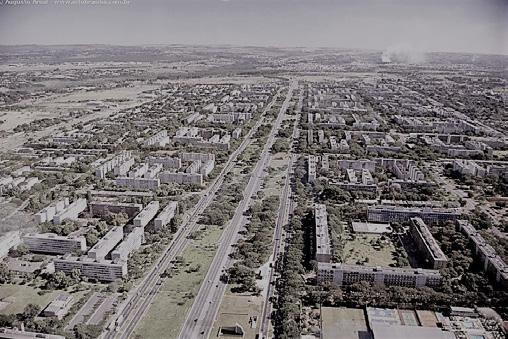
Search by the theory of the city with the intention of understanding them so that we can create them better
Their buildings were designed by O. Niemeyer, as set forth in the letter of tennas, a rational city, a city that cannot be walked.
The image of the cityK. Lynch
The city is perceived by those who inhabit it not as the sum of volumes but is “shattered by the need to find my house there”
Vertical cities
Bridging Cities Island Cities
Futuristic city proposals
2nd Generation Urban plans
B Dried
The informal city Castells
Metropolis Model
TechnoHub
Robert Fishman
Diffuse Culture
Fernando Indovina
Edge cities
Joel Garreau
His main representatives were P. Geddes and L. Mumford, who claimed that a very complex study is needed, before addressing the remodelling of any city, as each case is particular.
68
1950 1960 1965 1985 1990 1970 1980
1955
3.1 Contexto histórico
The main objective of these plans was to adapt the territory. The price of land and traffic was their biggest inconvenience
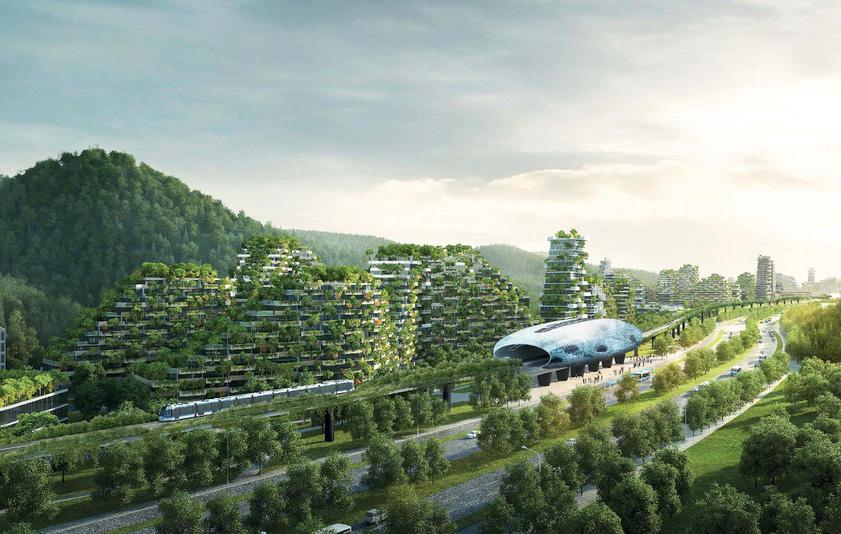
68% of the population is expected to live in cities
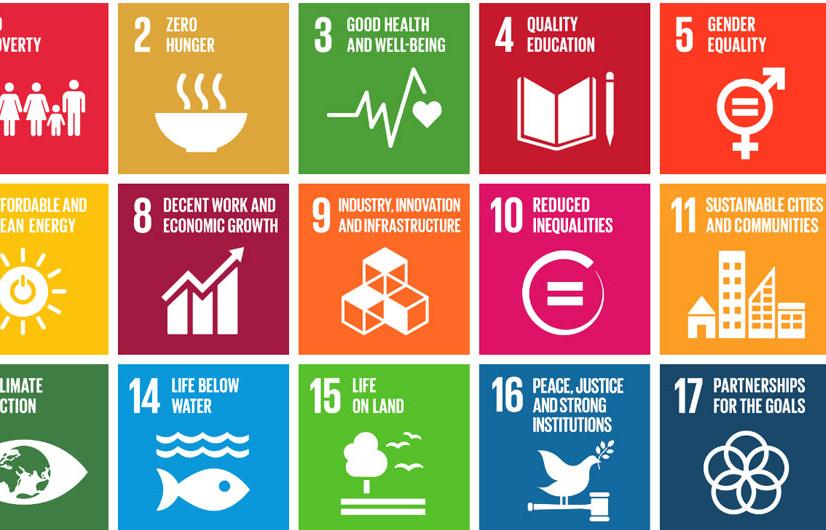

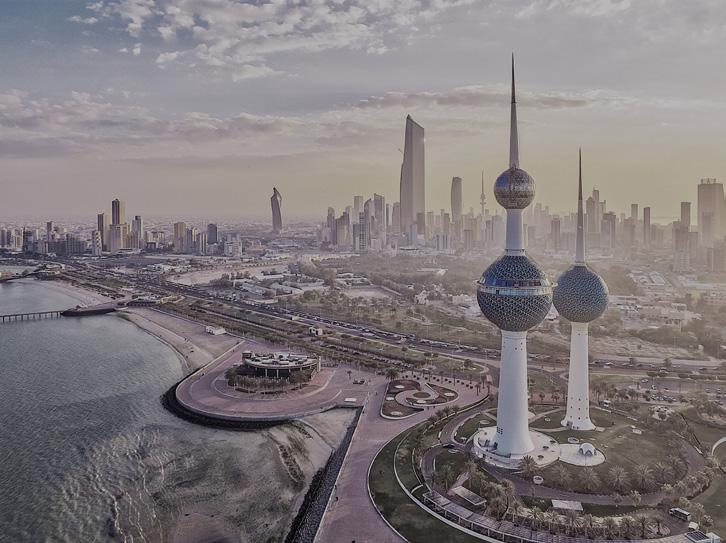
He wanted to build different buildings showing his power, including “the world’s largest mosque.” The project was not completed.

69 1995 2000 2010 2020 2030 2050
Flex Space Ute Angelika Telepolis Javier Echevarria Metapolis F. Asher
City of bits M. William.
PostMetropolis Edward Soja Sustainable Development Goals
Pandemic Change of paradigm
City Growth
The Mosque - Irak
S. Hussein - J. Barriere
3rd Generation Urban plans
B. Secchi
Constructing timeline from different documents
How do you achieve these goals?
The 2030 sustainable development goals, the new urban agenda, and the Paris agreements are political agendas with approximately 17 primary goals for the excellent development of society and the quality of life of its constituents. These goals and agreements establish a common language globally and between three main dimensions, 1. Environment 2. Social 3. Economical, these three dimensions are understood to be fully linked to each other, interdependent, and in this order of ideas, the only dimension that is not trumped is the environment.

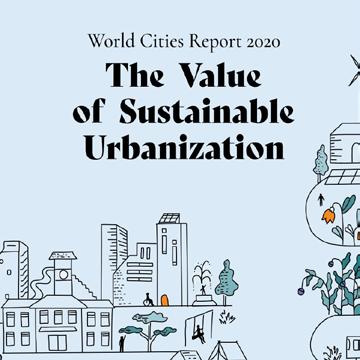
Because they are global, their level of detail is not so deep, and that is why when they talk about health, they only look at physical health and leave mental health aside, and when they mention wellbeing and quality of life, they approach the subject in a purely quantitative, not qualitative, way. It is an example of the 2019 National Quality of Life Survey conducted by the Colombian National Administrative Department of Statistics (DANE). The variables taken into account to measure health are the percentages of people affiliated with EPS or GDP. As noted earlier in the GINI index, GDP is an indicator of economic growth rather than the quality of life of a country’s inhabitants.
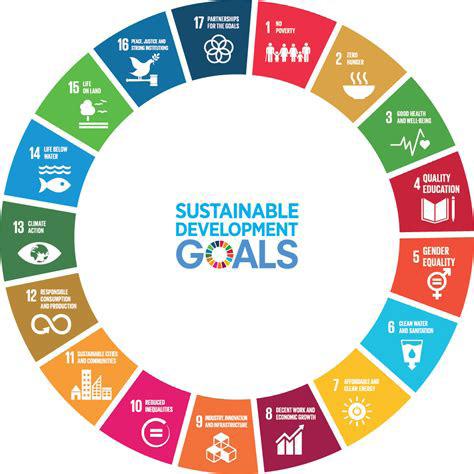
70
3.1 Historical Context
Space expresses itself
City context
Space reproduce a system
There is social responsibility
“Discrimination is a structural situation and is actively and passively constructed, so we must be aware of the different ways in which we reproduce discrimination culturally and spatially” - Maricarmen Tapia, 03/2021, Urban Criticism.
Discrimination is just one of many phenomena expressed in space and cities, as each element has a political position that represents a system of values and beliefs.
The central value system has taken housing and work as the core, and it is in this way, cities have been thought and developed, leaving aside other vital elements such as health, education, and the enjoyment of the town. However, it is precisely these elements that shape the city’s vision. That is why a system must be established that is sustainable over time and that in its reproduction becomes increasingly inclusive in a way that benefits everyone.
In this new value system, the core will be the care and care that society and living beings need. This requires rethinking the priorities, reimagining the method you want to reproduce, and redistributing both the care work and the economic rewards to those who perform these essential tasks of society to achieve cultures of wellbeing, care, and social cohesion.



71
Source: Critica Urbana Magazine March 2021
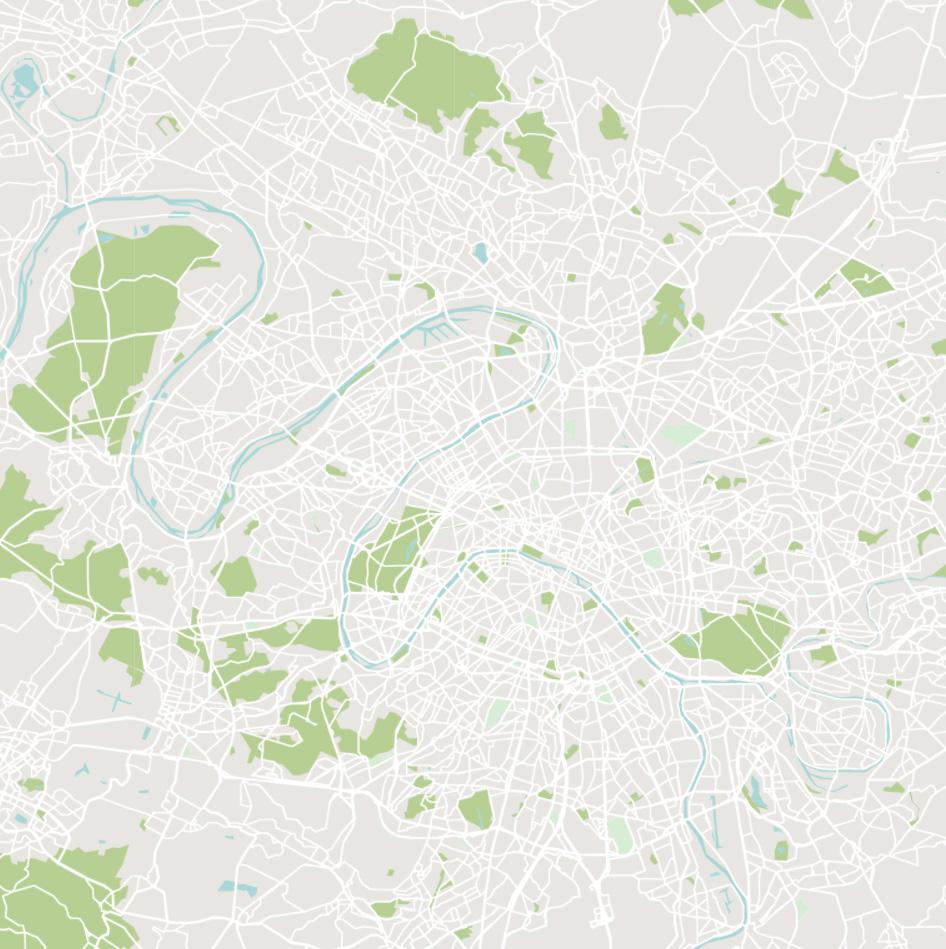
Paris, France
3.1 Different contexts
Learning from the experienced
Humanity as a whole has gone from using a planet in natural resources every year to using one and a half, and it’s on its way to using three planets in 2050.
- 2020
Current paradigm, success
Success






“Our current economic system is driven by the growth mindset at all costs” - WELLBEING ECONOMY ALLIANCE 2021. The success paradigm is the way societies have been developing, where the consumption of services and the accumulation of goods to achieve some status within society has been our priority. Cities that have developed on a purely economic and production-efficient basis have set aside the human scale and its primary needs. This system is not sustainable over time because there is no balance or equity, and as the pandemic has shown, it is an incredibly fragile system.
Meanwhile, governments use capital to repair the damage caused by the economic model based on our societies—for example, cleaning up after floods and storms caused by climate change or providing respiratory medications for those whose asthma is aggravated by air pollution. On the other hand, while there is no doubt about the global economic growth experienced over the last decade, this does not guarantee citizens’ happiness, health, or quality of life.
74
3.1.1 Current Context Vs Proposed Context
Paradigm change, well-being
Well-being






The paradigm of care, wellbeing, and quality of life is based on education, behavior, and culture. It is believed that investing in the wellbeing of citizens translates into a healthier society, with higher rates of innovation and more productivity, as well as into a happy and sustainable society where its citizens can enjoy the city, as the built space facilitates and incites the care of life, health and meeting with others to generate solid and resilient communities.
“The economy must be at the service of people and communities. (...) understanding that direction and sense of growth is more important than growth as such” - WEALL
2021
To achieve this paradigm shift, we need to review our system of values and beliefs. To establish that this is what we care about, we need to move from the consumer economy to the circular economy and the welfare economy, “An economy that delivers social justice on a healthy planet,” WEALL 2021
The value of any government is judged in proportion to the extent to which it makes its people happy.
- Adam Smith
75
Success
Even when it has become clear that this system is fundamentally flawed, it is a rigid system that does not rethink itself. Today’s economy focuses on growth (success), measured in the short term by GDP, which accounts for the social-economic system’s formal and historically accepted actors. It does not consider informal actors or services that have been taken as a duty by certain actors in society (these services are usually related to care and gender). This economic system serves itself, and it is the citizens who work to fulfill its demands.
Wellbeing
An economy that focuses on the direction of growth, not growth as such that is measured in the long term through the wellbeing, and physical and mental health of its citizens, that addresses the needs of both formal and informal actors and that takes care of services as the backbone, being able to rethink and rebuild itself according to the needs of the people, communities and the planet because it serves them.
Conclusion
It is not about going against capitalism but about rethinking its purpose and understanding that wellbeing makes the economy grow. It is not about going against globalization but empowering and focusing on the local, environmentally responsible economy. That success is measured in terms of cities’ happiness, health, and sustainability.

76
Economy
3.1.1 Current Context Vs Proposed Context
Philosophy
Success Wellbeing

Today’s policies focus on economic growth and on achieving goals that aspire to all be like the great powers, with a higher gross domestic product, and so is their success. It serves the above economic system. It contemplates the needs of the most economically acquired population and large enterprises with an international focus; it does not address the needs of the vast majority of the people, which is the basis of the pyramid.
A political system that focuses on wellbeing and views its citizens as its most significant and best asset understands that their health and happiness is the most important thing and that policies are needed that generates a sound basis for them to build the parts of the city and society that the government fails to touch. Policies that become a greenhouse and encourage the care of the planet and the community, fairness, and kindness because it is understood that this will build a society with solid foundations. At the same time, each person enjoys their life because the support systems are at their service and not against them.
Conclusion
Policies must serve the needs of citizens and the planet, promote care, equity, and social growth in a comprehensive manner. All the different actors in society are taken into account, where everyone has the right to enjoyment and enjoyment. Everyone has the potential for development and opportunities.
77
Success
Biology

Society has focused on exploiting natural resources and sometimes compensating for this exploitation, a strategy that is insufficient to repair the damage caused. The presence of the human being depends on the proper use and care of resources and the planet earth. The more natural resources that can be used, the more carbon emissions and temperature can rise, even if it has evaluated the possibility of inhabiting other planets. However, it has not been noted that despite our lack of care, planet Earth will probably still exist, but it will be the existence of the human race that will be at risk.
Wellbeing
Human beings develop into a culture of environmental care that makes part of every aspect of society. Even if our cities continue to grow, they do so with less environmental impact. It is about the human being and its development not causing harm to nature. It intends to use economics, globalization, and technology for the human being and the environment, promoting public transport, without combustion and assets, promoting care policies, local economy, and wellbeing.
Conclusion
All societies must be sustainable over time and sustainable with the resources that we can use responsibly and under the parameters of the care paradigm. It must be a system that constantly rethinks itself and responds to the needs of all living organisms, human beings, animals, and the planet earth.
78
3.1.1 Current Context Vs Proposed Context
Anthropology
Success Wellbeing
Cities that have developed purely economically are efficient in production but without regard to the human scale and primary needs. Human beings have focused on the consumption of services and the accumulation of goods to achieve status within society. This system is not sustainable because there is no balance or equity and is based on repair or compensation rather than care and planning.
In the paradigm of care, human beings understand that quality of life goes first than consumption and that to achieve a welfare state, education, behavior, and citizen culture are indispensable. It also understands that investing in the wellbeing of citizens will be reflected in a healthier society, with higher rates of innovation and more productivity. It also means a happy and sustainable community where everyone can enjoy the city. The built space makes life care, health, and meeting with others more accessible and resilient to build strong and resilient communities.
Conclusion
The paradigm on which society is based must be sustainable over time. This implies responsible consumption, the implementation of the circular economy, and cities that contemplate the human scale as their basis so that balance, equity, and government capital can be used to create new projects and not repair or compensate.

79
Lack of porosity
Physical - Spatial

Success
Cars as priority Danger for pedestrians

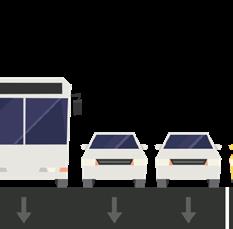

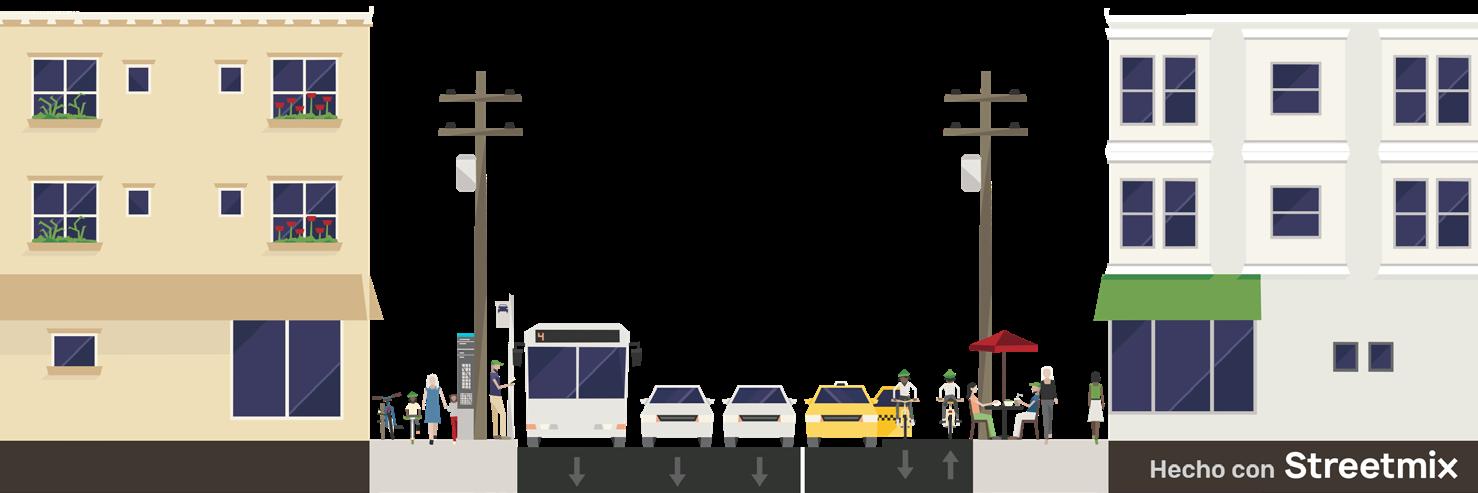
Space Conflict
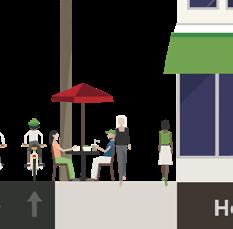
80
3.1.1 Current
Image produced on StreetMix.com
Context Vs Proposed Context
Physical - Spatial
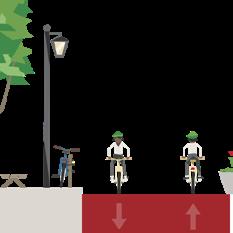
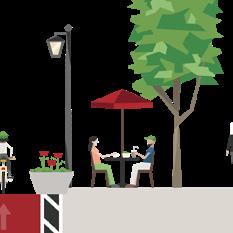
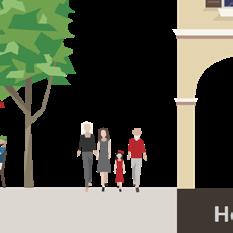
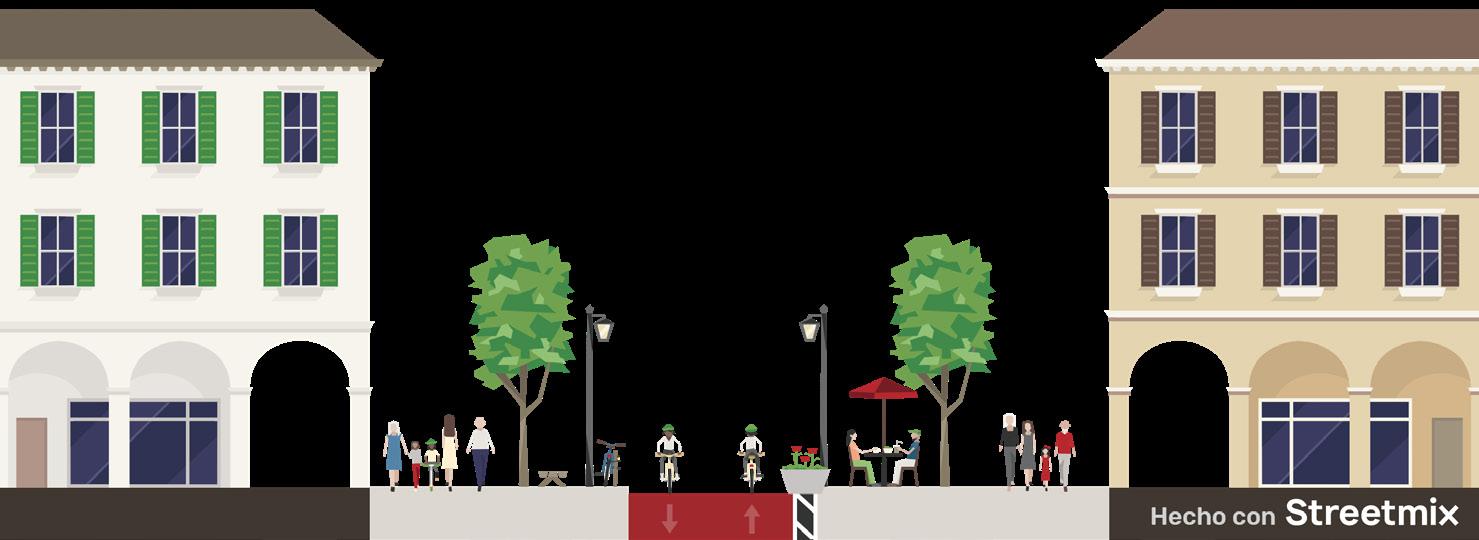

Wellbeing
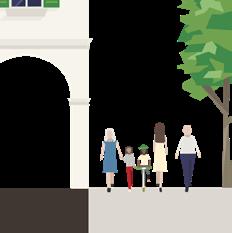
81
Image produced on StreetMix.com
Cyclists as priority Meeting spaces Pedestrian scale Porosity and kindness
How did we get to this point ?
82
3.2 Summary
Dimensions of the city
Health Wellness
Social Cultural Means of transport
Social Relational
Public spaces
Attributes of the city
Dimensions of the citizen
Sustainable transport
Cognitive Emotional Health Wellness
Cities without human scale, without singularity or soul that do not respond to the dimensions of the human being
Physical and mental health
Dimensions of well-being
Care
Quality of life
Main problems
Cities focused on private combustion production and transport
Cities that do not adapt to climate change or the needs of a diverse population
Success Consumption
Change of paradigm
Wellness
Quality of life
83
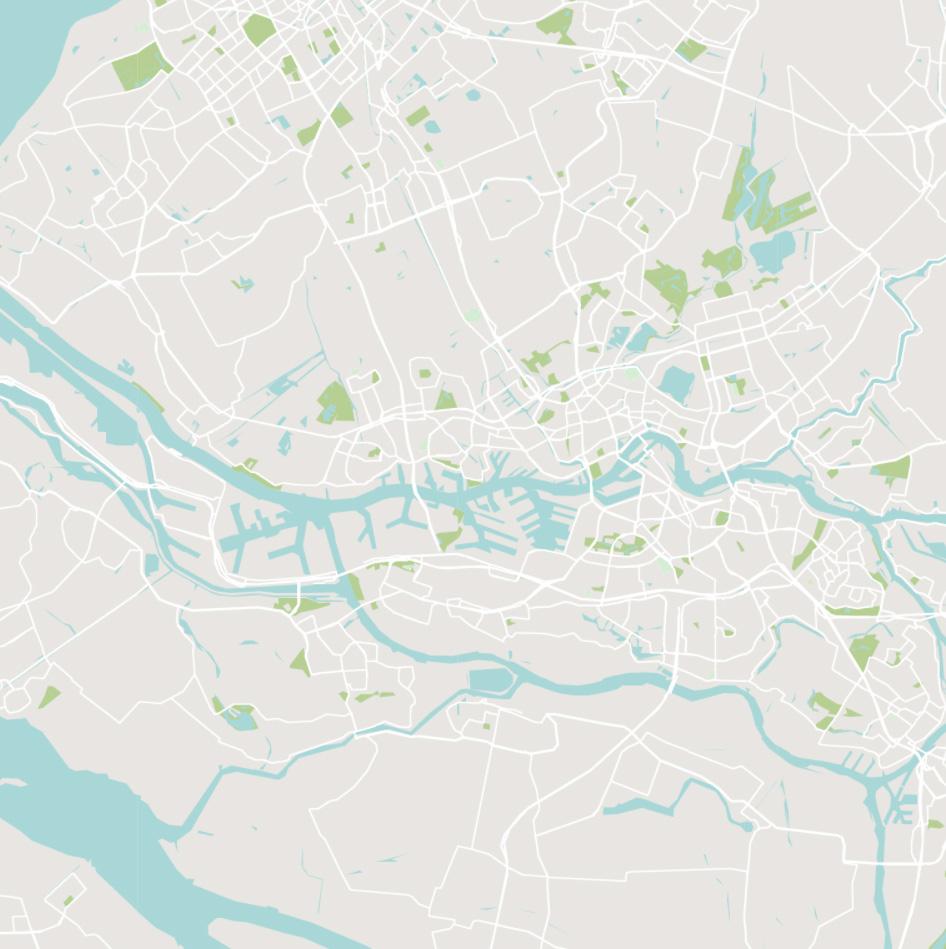
Rotterdam, The Netherlands
Context proposal
4.0 Objetives
Formulation of proposal
General objective
To formulate a system for the intervention of public spaces and a methodological guide on the city that supports the actors involved in the process of transformation and improvement of the urban area to develop projects of urban and neighborhoodscale with an integral and multidisciplinary sense, promoting the integration of the city with the citizen, welfare and equity.
“The order of the city is made up of movement and change; we can talk about the art of forming a city... an intricate ballet where each of the dancers and ensembles have diverse roles that miraculously reinforce each other and make up an orderly ensemble.”
- Jane Jacobs
86
4.1 Objectives
How to do it?
Specific Objectives
To recognize the collective meaning given to the city over time by studying some milestones of its history and how this is reflected in the physical space.
To establish the importance of the city’s impact on health and development as individuals and as a collective. In turn, indicate how we can mitigate adverse effects and lead to positive results.
To implement the paradigm of care in reimagining and rebuilding the urban space to promote the physical and psychological wellbeing and the high quality of life of all citizens.
87
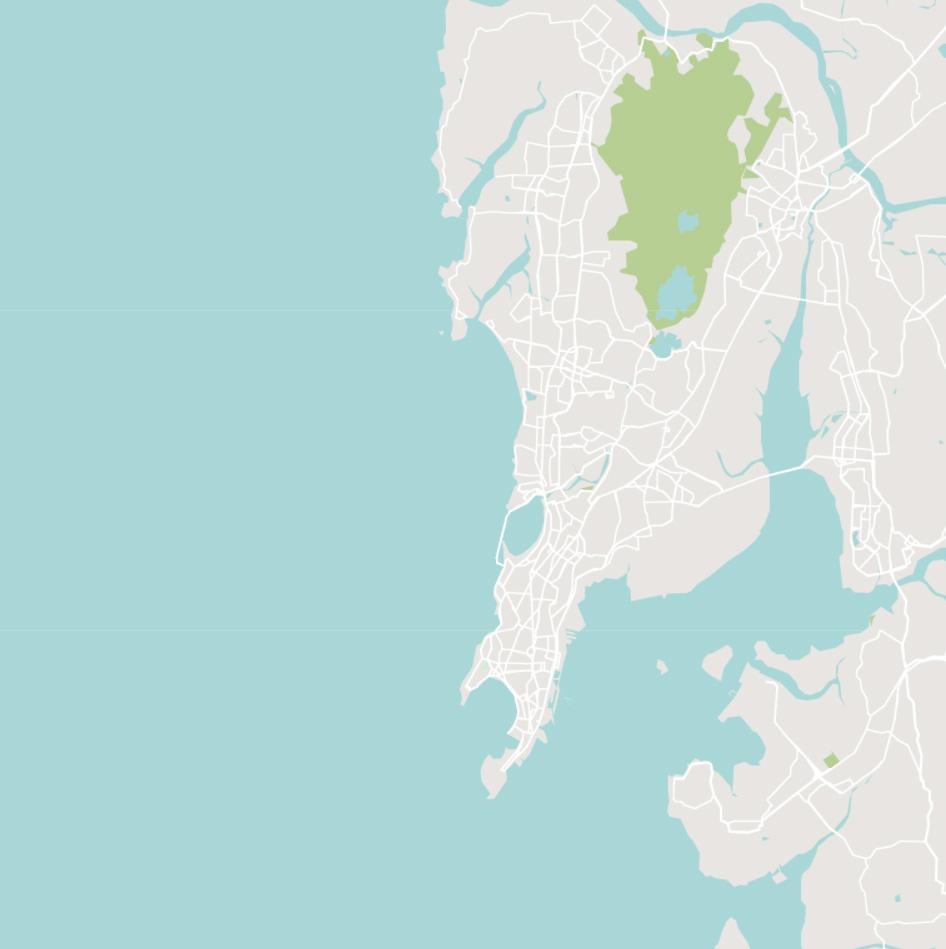
Mumbai, India
Context
proposal
4.2 Sustainable transport and Public spaces
Zero carbon emissions
It claims public spaces within the city, creates new ones and improves existing ones
It’s a democratic transport
The risk of fatal accident is lower
Improves both physical and mental health
Social Cultural
Sustainable transport
Possibility of physical distance in the framework of COVID19
Active travel, that is, human-powered.
It is an activity and mode of transport associated with health and fun
Builds community and promotes relationships
Health
Promotes the paradigm of care
It is part of a “new” value chain





It inhabits and positively transforms space
It allows participation in the city’s decision-making and design process
Democratic Transport
Age Cheap
90
Construction from Zero carbon cities
CitiesCatapult and Dutch cycling embassy
Origin Genger Wheelers
by
Means of transport 4.2 Context proposal - Sustainable transport
The city, the citizen, the well-being and sustainable transport
The city that promotes and focuses on the culture of sustainable transport is also designed on a human scale, taking into account citizens’ physical and cognitive needs. It is also the city that can drastically reduce its carbon emissions, adapting to the requirements necessary to care for the environment and planet earth. Finally, they are also cities able to provide an alternative solution to the problems that arise thanks to combustion transportation, from traffic and accidents to inequity.
The culture of sustainable transport represents much more than a specific means of transport because it is a radical critique of the paradigm of success and consumption. It is a revolution that allows us to rethink our system of values, beliefs, and priorities, giving way to the paradigm of wellbeing, the circular economy, local consumption, the care of both the individual and the community, the environment in which humans live is developed.
The bicycle, for example, is an equitable system; it includes everyone and meets their needs, from people who cannot pay for a combustion transport and what this implies, from the driver’s license to the constant repairs required by these vehicles. It is a medium that also includes children and the elderly since the skills necessary to use it are essential, providing freedom of movement to this population. It is friendly to the female population, who daily find themselves at risk of being sexually harassed in mass transit, and today women not only work but also continue to take care of the most household and child-related tasks, making many more tours with multiple stops, which is much easier and cheaper to carry out utilizing a bicycle, of course, if you have the proper infrastructure.
65% Women who use public transport in Mexico report having experienced sexual harassment
91
If a city is not accessible it limits both the autonomy of citizens, their ability to choose and interact with the environment and their opportunities for participation in social life,
- TYS Magazine, 2020
of users











The bicycle is characterized by being a democratic and inclusive means of transport. All citizens can feel represented, enjoy the city, and participate in similar social, economic, cultural, and leisure activities. Which gradually gives fertile ground for strengthening the community, generating a sense of belonging among citizens, promoting the culture of care, kindness and increasing the quality of life of all, and taking advantage of public spaces and spaces ceded to the privately-owned combustion-based vehicles.

92
Adult
Work School
Transport Recreation Sports
Elderly Young
Kids University
Others Work
Characterization
Ages Origin - Destination Function
4.2 Context proposal - Sustainable transport
Sources: @Dutchcycling @CicloViaenBogota
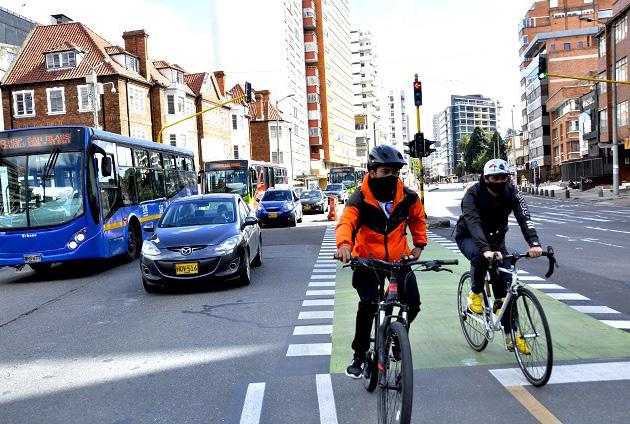


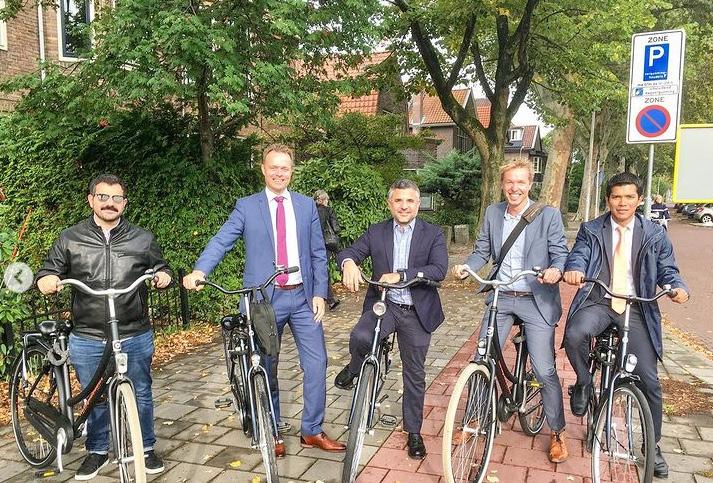
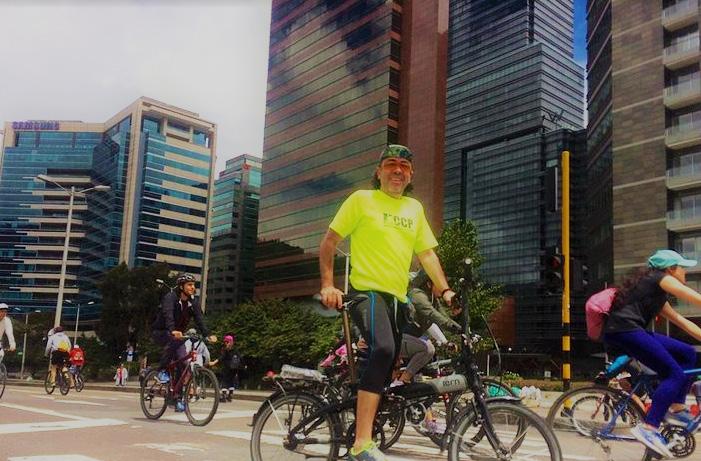
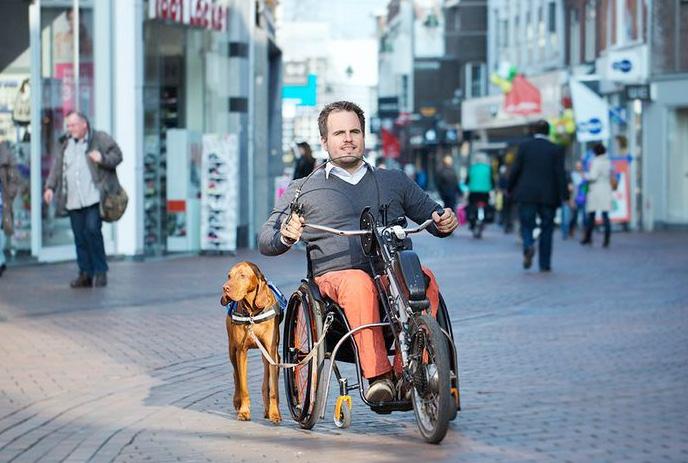
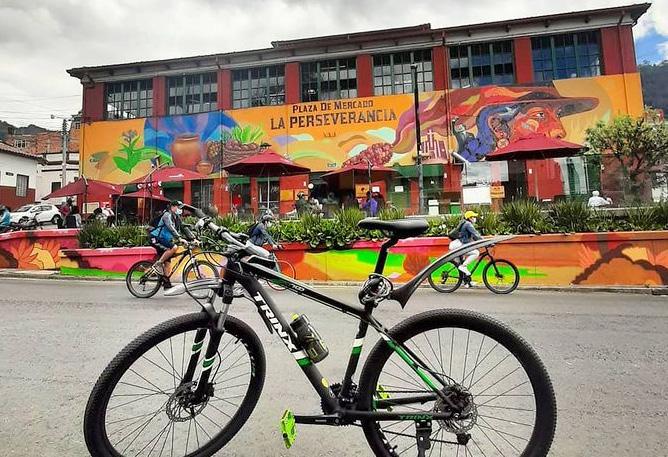

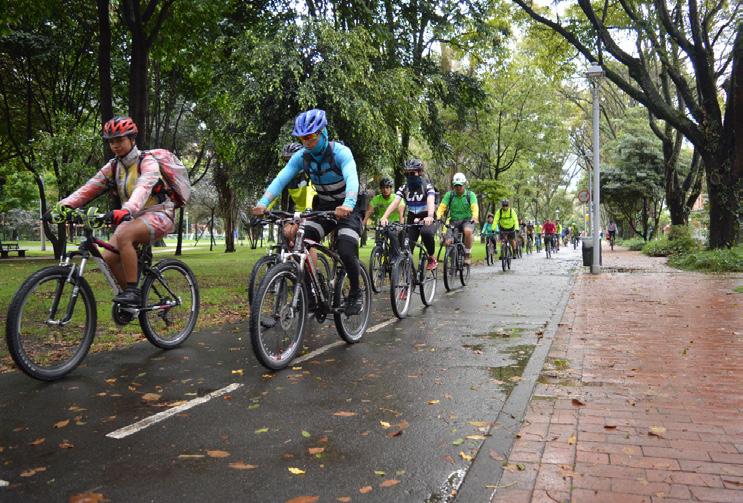
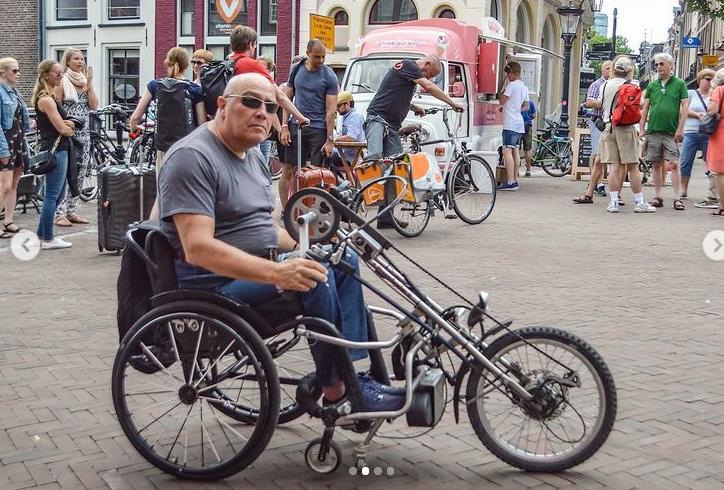
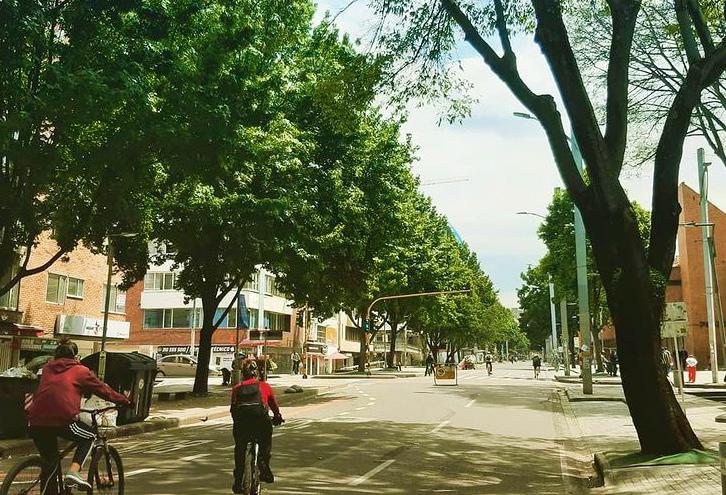

Is it profitable?
It is not simply a culture that promotes care but is also economically profitable, as the investment required by bicycle infrastructure is much smaller than that required to build and maintain car infrastructure, “A bicycle is more efficient in terms of space. Even if these streets take up less space, their capacity is the same or greater than that of cars. This means that the city will have more free public space when it is designed around bicycles, this free space can be used for recreational purposes, it can make the city greener, or it can build more houses, which generates money for the city” - Dutch Cycling Embassy, 2021
The city that has a clear order of priorities, where the pedestrian is first and is also based on the bicycle as an inclusive and equitable means of transport, translates into the city of care, which makes its citizens better people, healthier and happier, since it is clearly, positively and both, directly and indirectly, impacts the whole community. Even for people who continue to choose other means of transport, as everyone will enjoy better air quality by reducing the number of car tours, everyone will enjoy the new public spaces of better quality, a city that offers different options according to the different needs of each citizen. Everyone will enjoy the wellbeing and quality of life with this paradigm shift.
Cycling is good for people and for society as a whole. People who ride bikes regularly live longer, healthier and happier lives. - Dutch cycling embassy
94
4.2 Context proposal - Sustainable transport
Benefits between sustainable transport and citizens
Economy
Cycling costs less
The annual cost of using a bike is approximately 300 €, while a car costs approximately 8.000 €.
Less time per trip
No traffic jams and no need to look for parking spaces
Social
1km by bike represents a social benefit of 0.68 €, while cars cost society 0.37 €.
Local
Bicyclists buy more locally, as it is more convenient in terms of distance and quantity.
More access to spaces
Different places are easier to access by bicycle.
More public space
Bicycle use requires less space
1 10 =
















95
consumption
CO2 footprint reduction Better air quality Improvement of the public spaces P.E. quality improves, as local environment and noise are improved 271 101 21 gr CO2 pp - pkm -65% Of emissions from NOX
keeps you keeps you in shape Prolongs life expectancy. 30 min daily equals the recommended exercise Prevents diseases -40% Cancer -52% Heart Diseases -40% Premature deaths Reduced risk of obesity and TII diabetes
Cycling
Environment Physical health
Accessibility
benefit
Source: Dutch Cycling Embassy 2021
Cycle rides in Bogota
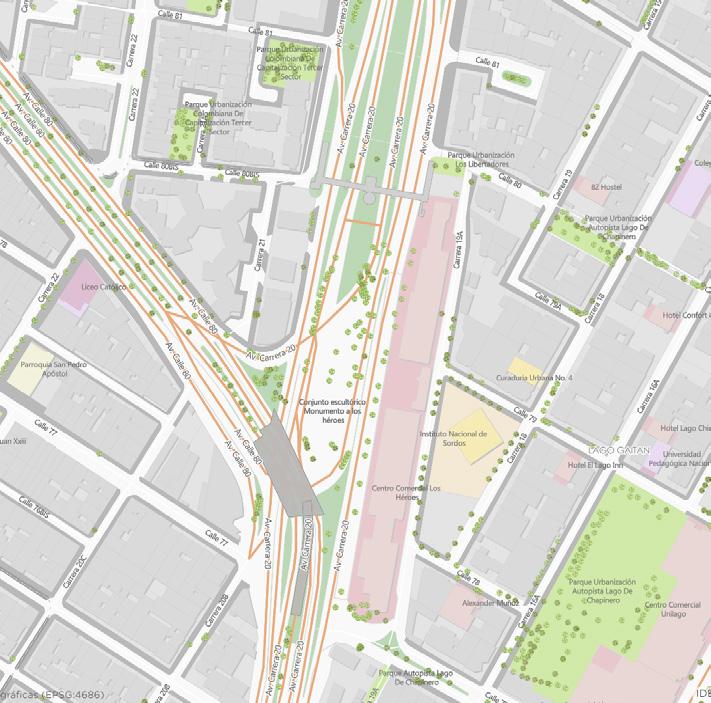

Within the cities, we can find examples of how bicycles have positively impacted the inhabitants’ quality of life. The Wednesday bike ride was born as a plan among friends in 2006. Now it is an event in which approximately 400 cyclists meet at 6:00 p.m. at the monument to the Heroes in the city of Bogota for a few hours to share with other bicycle lovers. Approximately at 8:30 p.m., caravans leave with different routes, led by authorized personnel from each locality, which allows to generate community, enjoy the city in a completely different way, know the city from another point of view, in addition, to take advantage and reclaim a space like this that is located in the middle of the Autopista Norte does not allow easy pedestrian access. The community has grown so much that over time “spaces have been opened for the presentation of DJs, sale of articles and items related to cycling for the amusement of the attendees, routes are organized to go out to “roll” on weekends inside and outside the city.”
- El séptimazo 10/26/19. Germán Sarmiento has participated in the event for the past ten years and assures, “It is a magical experience, connecting with the city, at night, rolling along with 300 or 400 other people, compact and synchronized, brings with it adrenaline and liberating sensation that are difficult to match. It reveals a different Bogota, a possible Bogota, a Bogota of its people”.
96
4.2 Context proposal - Sustainable transport
Discovering Rotterdam
Another example is Rotterdam, Netherlands, a city with the necessary infrastructure to move calmly and safely by bicycle, allowing the city to be appreciated from a completely different perspective than what is customary in other cities and providing countless benefits for all citizens.
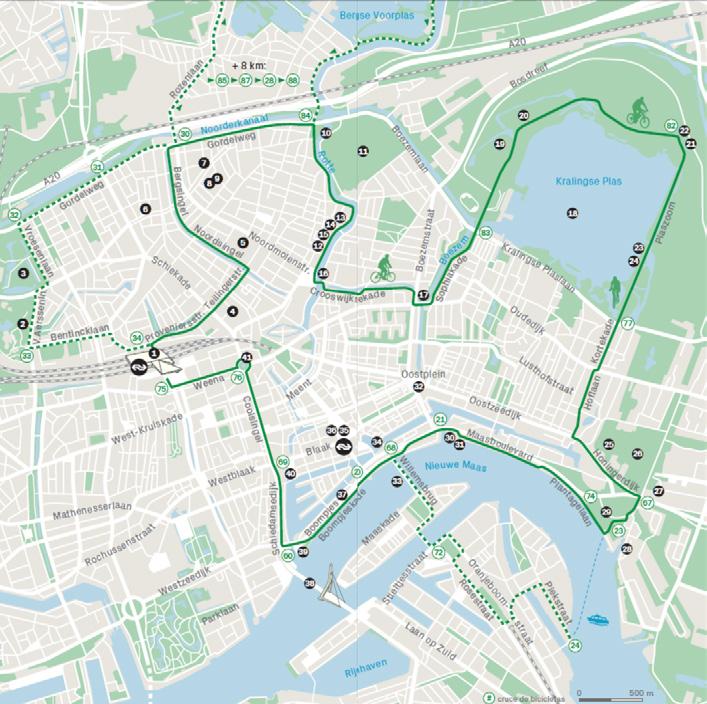
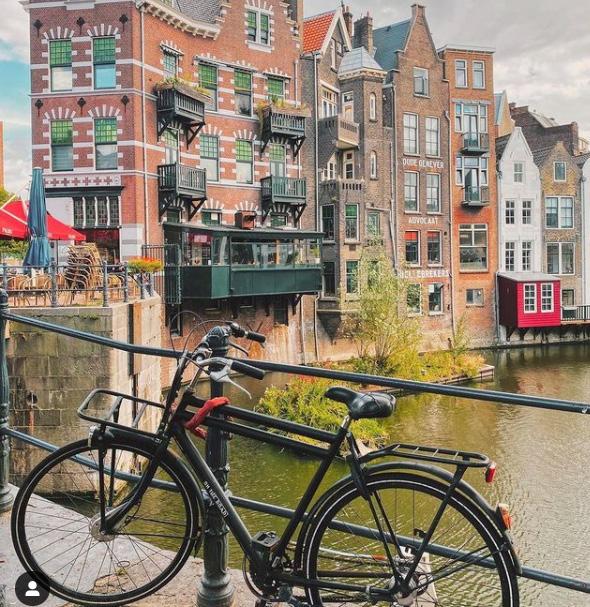
This means of transportation and enjoyment is not only used by some, but all those who come to the city are infected by the bicycle culture since there are all kinds of routes, events, and spaces that allow them to relate to the city more directly and also with its inhabitants, giving the possibility of creating meeting spaces where everyone can participate, this is of great importance especially in a society like Rotterdam which is composed of a variety of cultures, approximately 20% of the population of the Netherlands are immigrants.
When you talk to someone in the Netherlands about what makes cycling so special, most will say, “What are you talking about? It’s no different than when I get on the train or go for a walk.” You are no more a cyclist than you are a pedestrian, driver or public transport user.
- Melissa Bruntlett, Building the Cycling City, 2018
97
Those who inhabit it and give it life
It’s colors, food and smells
It is the space where our value system is revealed of values
A world of possibilities, waiting to be found
The intangible
Cultural identity
It can be composed of art and be art
A classroom where our society is formed
space





Those who live there
It is the space where the paradigm on which we base our society is evidenced.
The spontaneity of a continuous experiment
Material
Generates community and promotes relationships
We are all:
It is the city, the public space between private spaces.
It is the palimpsest of life
Belongs to everyone, even if not friendly to everyone
Origin Gender Skills
Ege Orientation
98 Construction on Zero carbon cities from CitiesCatapult and Dutch cycling embassy
4.3 Proposed Context - Public Space
Public
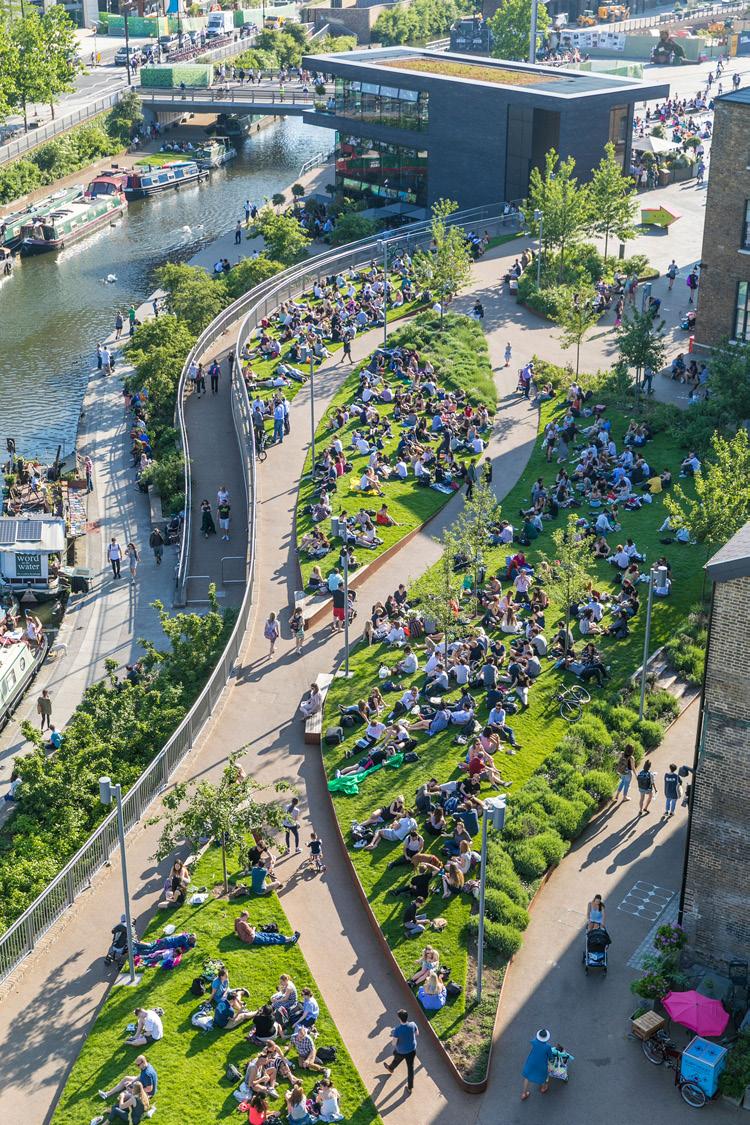

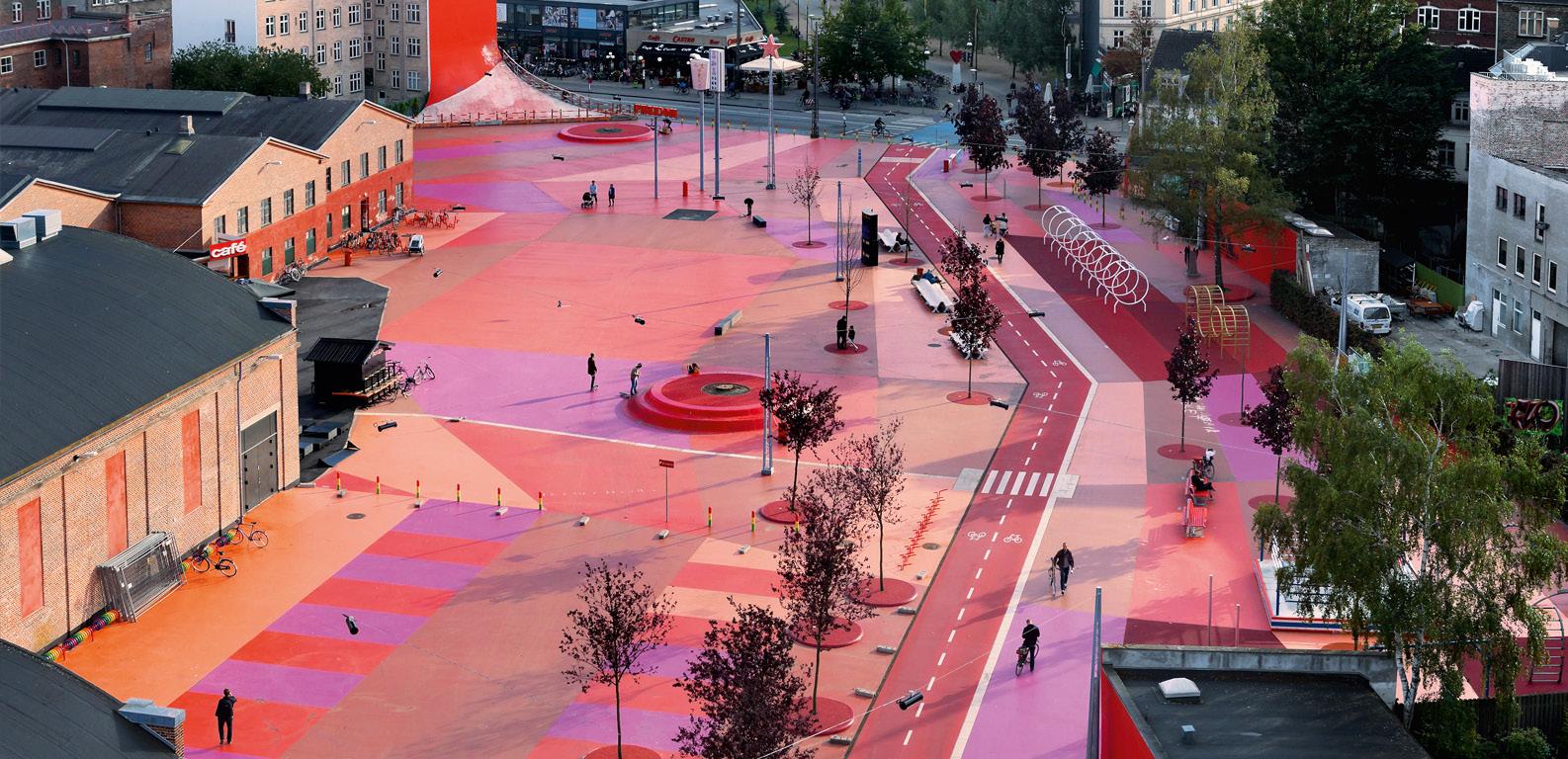
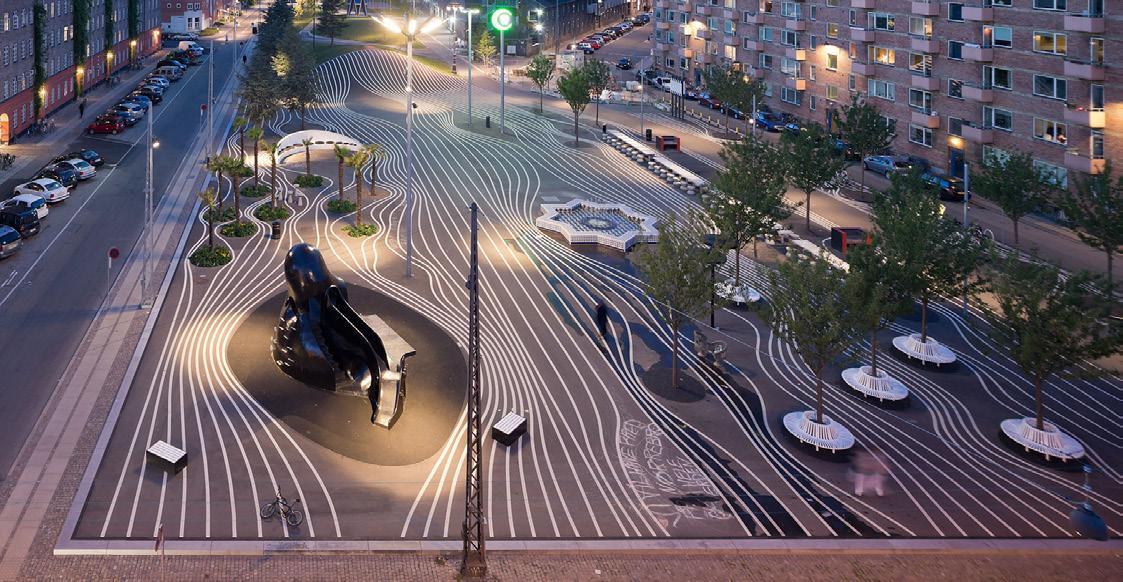

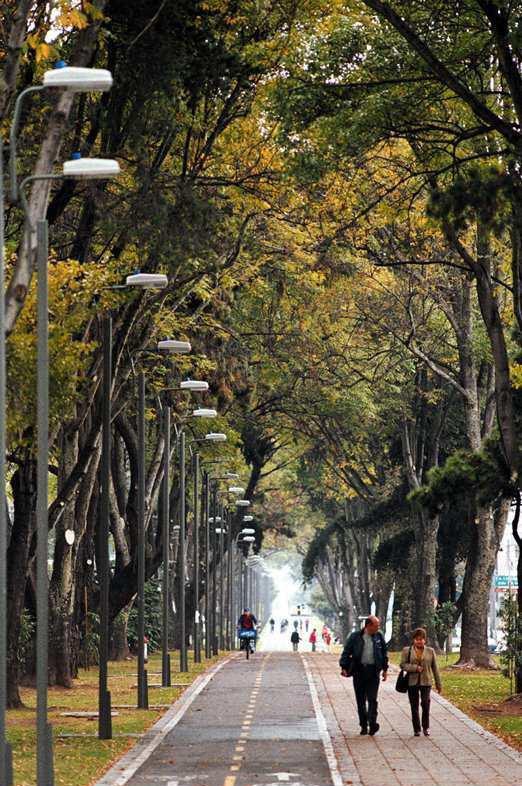
Copenhagen LeaderLab 2015
UK 2017
John-Sturrock
Cities for people 2017
Canada Citiesxp 2019
Chroma by Savannah College of Art and Design 2018 Mark Mcmenimin
Bogotá Jimmy Cruz 2018
What do we do in the new spaces?
As mentioned above, the bicycle uses 20 times less space than a car, both during circulation and when they are not in use. Currently, 1/3 of the space in the city is destined to the car, by making the transition from the car to the bicycle and with the paradigm shift from success to care, this proportion would change substantially since it would be possible to transport the same amount of people in a smaller space, which would leave free space for other uses and open the door to new possibilities.
When the city is designed on a human scale and around sustainable transport, three main possibilities open up concerning public space.
By requiring less space, streets can now be greener and more pleasant, which encourages the use and enjoyment of spaces and positively impacts air pollution levels and the wellbeing of citizens as they can travel in greener and safer spaces.
By reducing the number of cars in the city, the amount of space dedicated to parking would also decrease. For example, “Bogota has 2 thousand 643 parking lots, of which 1,196 are private, and 1,438 are city-owned but privately managed.” Caracol News 19/12/19. These spaces could be used for parks, squares, urban forests, or commerce, which would have high economic benefits for the city and, in turn, would encourage meeting and social cohesion, improving the quality of life of citizens.
The creation of new spaces or new uses for existing spaces. The bicycle promotes connection and social interaction, gradually becoming evident in public spaces. One of the clearest examples is the case of the bicycle lanes in Bogota, Patios in La Calera, or the Wednesday bike ride.
100
4.3 Proposed Context - Public Space
So quality of life increases?
Security
Fewer fatalities
The probability of a fatal incident at 30 km/h is 75% lower than at 55 km/h
Wellbeing
Equity
Increases joy
59% of people associate walking and bicycling with joy
Increased access
Using a bike is more affordable than using a car and allows greater access to different activities.
Fewer accidents
The separation of the different types of traffic and the promotion of citizen culture, in addition to bicycle driving courses, would allow the accident rate to decrease little by little.
Freedom
Freedom of movement both in time and space and space.
Better quality of life
independence Flexibility Punctuality Convenient and enjoyable
Social connection








By mobilizing actively, social contact increases, as there is greater visual contact between citizens.
Social interaction
For the correct circulation of users, there must be communication and interaction between them.
101
Source: Dutch cycling embassy 2021
Possibility of meeting and social sharing in the streets.
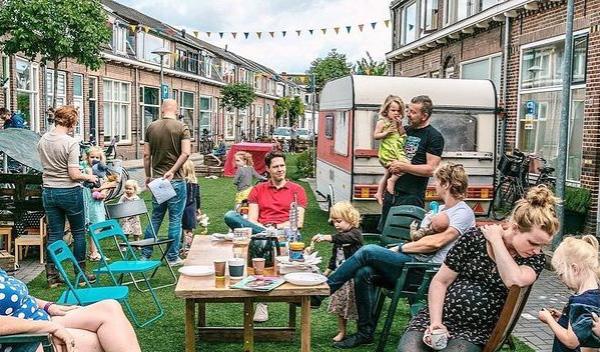
Park [ing] Day


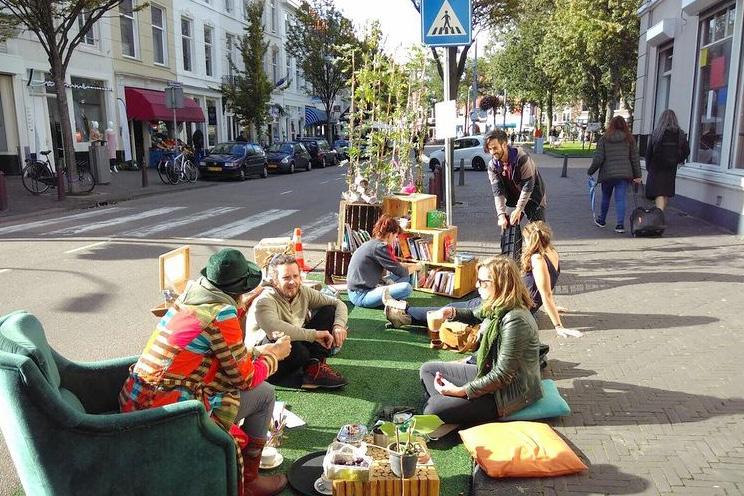

Experiment




Who are the streets for?
More nature, more space for active transportation.
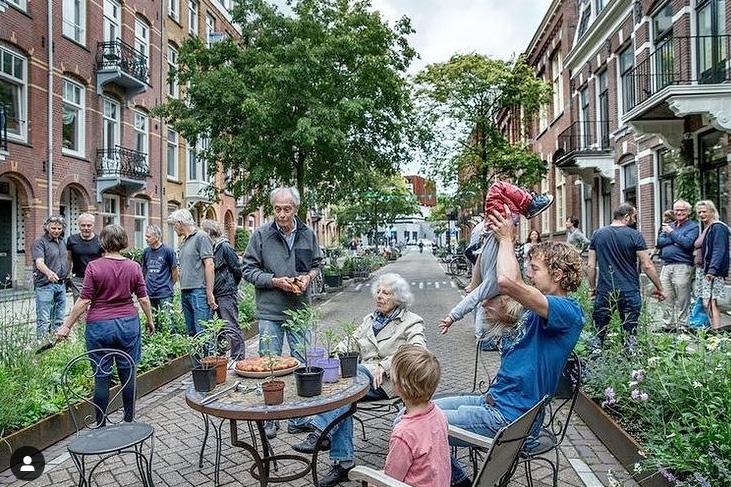
Reclaim and recover the space given up to the cars
A clear example of reclaiming the space given over to cars is Park [Ing.] Day. An initiative that was born to recover the spaces that have been destined for car parking. It is an annual intervention in which residents, creatives, designers, and artists from all over the world turn parking spaces into miniature public parks for a day. In this way, it is possible to appreciate all the space that little by little has been ceded to cars and the different ways in which these spaces could be used and enjoyed, thus generating both economic and social benefits in the community.
4.3 Proposed Context - Public Space
Fuentes:
@ParkingDayRotterdam
Free recreation for all residents.
The biggest temporary park
Contribute to the improvement of the wellbeing of all.
Improved environment, noise and air quality.
“Mental change” understanding that streets are public space.
Social integration and equity for a heterogeneous society
Reconquering of public space and new meeting spaces
The ciclovía is an example of equity. It came about as a result of the “Rally in favor of the bike” in December 1974, the first time the people of Bogota took to the streets, and was an initiative of the NGO “Pro-bike.” The event was attended by more than 5,000 people, who came out to demonstrate against the proliferation of automobiles, environmental pollution, and the lack of recreational activities in the city.
In 1976 the ciclovía as it is known today was established, and between 1995 and 2000, substantial changes were made to strengthen it and make better use of it.
It grew from 20 km to 120 km and currently has 130 km. It went from being only in the upper-middle and upper strata to connecting them. An administrative system was created. The use of bicycles, walking, jogging, and rollerblades was promoted. Publicity campaigns were generated to promote good use and behavior.






The average attendance per day during 2019 was 1’717,787, and so far, in 2021, the average attendance per day has been 1’827,236.
Some may have luxury bikes and others very economical, but everyone has the same fun and the same benefits - INDR
103
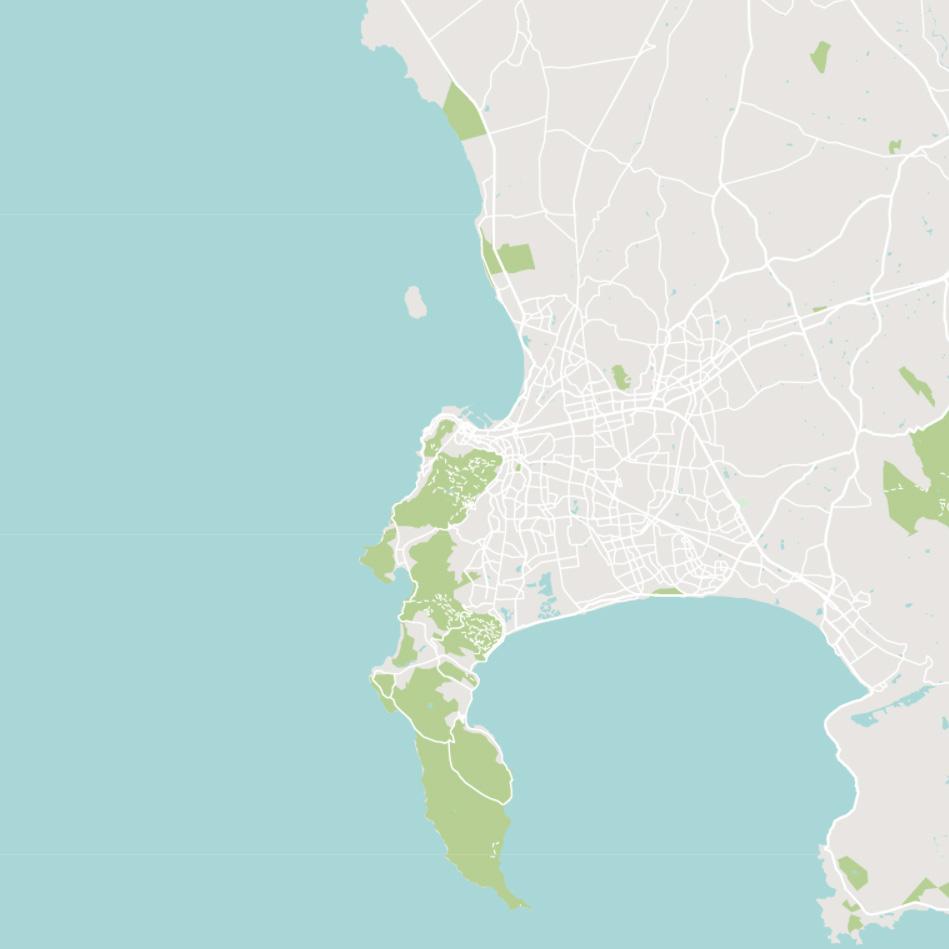
Cape Town, South Africa
Context proposal
4.4 Learnings
Elements of the city
Street system














The impact of cities on citizens’ physical and mental health, how they are created based on the value system, and the vital relationship between the physical form of space and human behavior has already been mentioned. It has been found that to some extent, the city can determine the behavior of citizens. Wich is the case of “induced demand,” consuming more after increasing the supply of a good. This concept is applied to traffic in cities and is usually negatively discussed. However, what would happen if induced demand is applied positively if all the necessary infrastructure is built so that bicycles become the preferred means of transport in cities, and not only the infrastructure but also the corresponding value system, that is, the paradigm of care, welfare and quality of life.

106
Pedestrian Cyclist Edges Vegetation Private Street food
Public Urban furniture
Pedestrian Cyclist edges Vegetation Street food
4.4 Proposed Context - Learnings
Public Urban furniture
Systems integration







One of the most crucial design principles is comfort and cohesion in the infrastructure and the systems that support it. In the case of Bogotá, Colombia, due to its size and a large number of trips, all transport possibilities must be connected in one way or another. The central axis would be, for example, active transport, which implies that in all transport stations and nearby places, there must be adequate infrastructure for users, from good platforms, safe and free parking, workshops for maintenance, and even toilets with showers and facilities for cyclists.
In order to promote the use of bicycles in those communities that do not have the economic possibility of buying one, the possibility of loaning bicycles for both short and long periods is proposed, taking into account the need for integration with other systems.
107
Train Metro Bus MRT Tram MetroCable
City infrastructure








In order to re-invent and re-build the city, especially a city like Bogota, we must work together. The change must be made collectively and coherently to create a system that supports itself in each aspect that composes it. Rethinking our value system also rethinks our economic system and how we invest both public and private money because, as Melissa Brunett of Mobyt asserts, “providing facilities for employees who bike to work costs six times less than providing parking spaces.”
By creating adequate bicycle infrastructure, we will not only be applying the principle of induced demand, but we will also be responding to the design principles mentioned above, as this would be consistent with the new paradigm, providing the fastest and most direct routes to those who are the priority, i.e., cyclists and not private combustion vehicles. The implementation of this new infrastructure will take into account the needs of its different users in order to provide them with safety in every aspect, which translates into attractive spaces where everyone feels comfortable and welcome, showing how each and everyone has a space in the city, regardless of their social status, gender or ethnicity.
108
Repair Elevator PrioriTY Ramps Vias 4.4 Proposed Context - Learnings
Rental



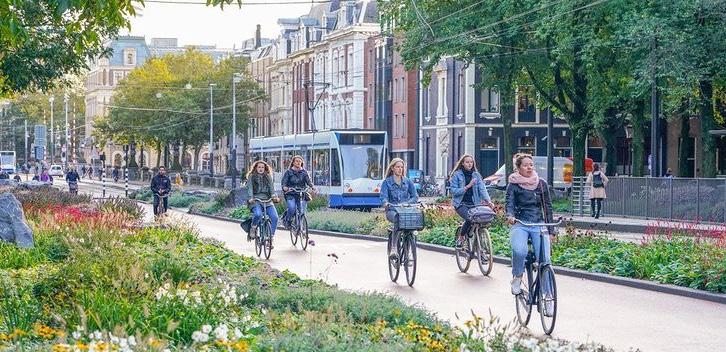
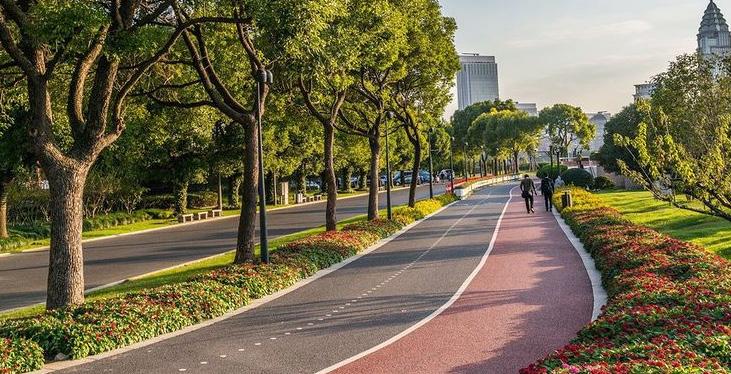

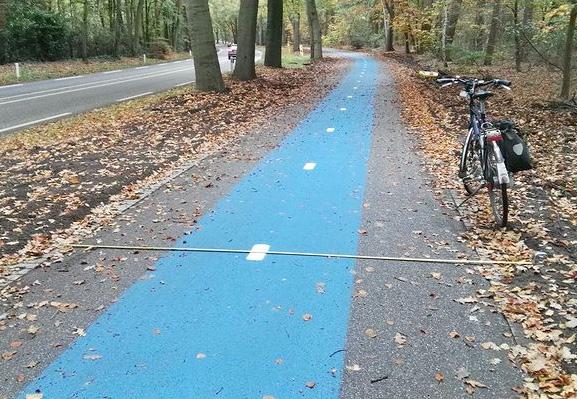
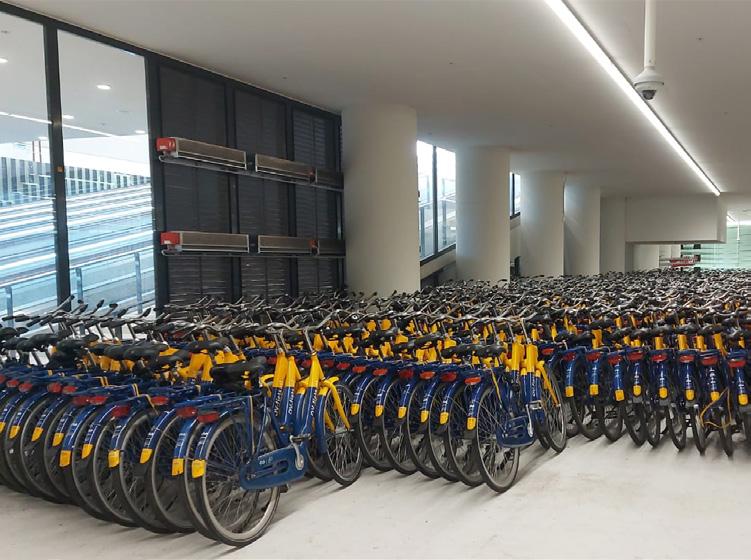
Copenhagen LeaderLab 2015

Tokyo, Japón
5.0
Formulation of proposal
What is pursued from each
In the proposal, it is assumed that the explanation that provides an answer to the problem of the quality of life and wellbeing of the population is contextual, that is to say, that there is a direct and interdependent relationship between the wellbeing of the population and the social determinants to which they are exposed. It is for this reason and taking into account the current crisis, that this proposal takes as its central axis the rethinking of the value system under which the paradigm of society is defined, and proposes as an alternative the paradigm of care, now, how is this paradigm understood and how would it be seen in the city?
The first of the links is composed of the areas of knowledge of politics and philosophy; in this link, we seek a round table where representation, participation, and transparency are the founding axes of the new public, urban and social protection policies that understand the importance of providing every city with infrastructure and essential public services for the proper development of the individual and the community, using as a strategy polycentrism and neighborhood configuration, in turn, it must be understood that violence in public space is expressed in different ways, we must recognize them, denaturalize and prevent them.
The second link contains the area of economic knowledge since it is understood that every system must be profitable and sustainable. Therefore, we propose an economy that is at the service of citizens and planet earth, that is, an economy of care and for the common good, where the direction of growth is more important than growth as such, and where its success is measured in terms of health, equity and wellbeing of the population; providing social justice in a healthy planet that in turn understands the importance of collaboration between the public, private and civil spheres, while recognizing the indispensability of care work and including care services within the city and its essential services, as it understands that they are necessary for the development of society and that having health, welfare, and education will increase the production of the population.



112
5.0 Formulation of proposal
area of knowledge?
The third link comprises biology, anthropology, sociology, and the environment. It is assumed that human beings have innate characteristics such as vulnerability and that their existence can only occur in specific environments. So far, the planet earth is the only one with the right environment for this, and this is why it is necessary to establish limits in the growth of cities and set up sustainable cities where the routes are mostly made through active transportation, which encourages the proximity and polycentrism mentioned above. In addition to this, the importance of various types of green spaces and natural elements for recreation, sports, and environmental sustainability is established, recognizing the significant impact that these elements have on both the collective and the individual.




The fourth link is the expression of the previous ones in the physical space. It is based on the premise that the space between buildings is more important than the building as such since the ground is understood as an element that fulfills a social function because not everyone has access to the buildings, but instead, everyone has access to the street, and in turn, the public space is encouraged as an extension of the home. With this in mind, it is required that the city takes care and allows care through its spatial configuration, which requires recognizing that contrary to what is believed, space is not a neutral reproduction but rather expresses culture and reproduces a system of beliefs and values, which is why the value system must follow principles such as equity and security, for which a local organization scheme is proposed, where each area has quality public spaces. These sufficient facilities respond to the population’s needs, taking advantage of residual spaces and promoting interaction and urban life.

113
5.0
Formulation of proposal
Principles of design
114
Design principles of the paradigm of care







By understanding the history and the different contexts, it is understood that there are points in common between the references presented. These points are the indispensable elements for it to develop cities under the paradigm of care.
Cohesion Inclusive Safety Quality Sustainable
The infrastructure must be integrated in a clear and easyto-understand manner.
All systems must take into account the various types of users and their needs.
Infrastructure and road safety, as well as social safety.
Both infrastructure and laws must be comprehensive and of high quality.
From the furniture to the city model must be sustainable over time and with limited natural resources.
To achieve these objectives requires collaboration among all sectors that build and give life to the city, taking into account the needs of all citizens, the chain of trips they make daily, the public spaces in which they find themselves, and how we can create sustainable mobility the most accessible, most comfortable, safe and economical option in addition to promoting the use of public spaces and social interaction.
115
5.1 Proposal Formulation - Design Principles
System for the intervention of public spaces of the wellbeing
Step by step pre-intervention prior to the intervention
1 2 3 4
Choice of the site Analysis of the site
There are many types of public spaces within the city, which one are you going to intervene?
It is presented as a first approach to the space, a general analysis of the current state in which it is located.
Diagnosis of the site




It is about studying the place using the lens of the paradigm of care, answering the question, Does the city take care of me and allow us to take care of ourselves?
What is to be intervened?
The diagnosis reveals the problems present in the place, which gives way to the classification of these according to the areas of knowledge, at this point the central aspect to work on is defined, a second aspect and always with the social component.
AIn phase A, the analysis and diagnosis of the space to be intervened will be carried out. It is of utmost importance to ask questions that will give us the most information about the experience of those who use this space, which will lead to the central problems and the classification of these according to the different areas of knowledge.
116
5.2 Proposal formulation - System for intervention
5.2.1 Proposal formulation - System for intervention - Methodological guide
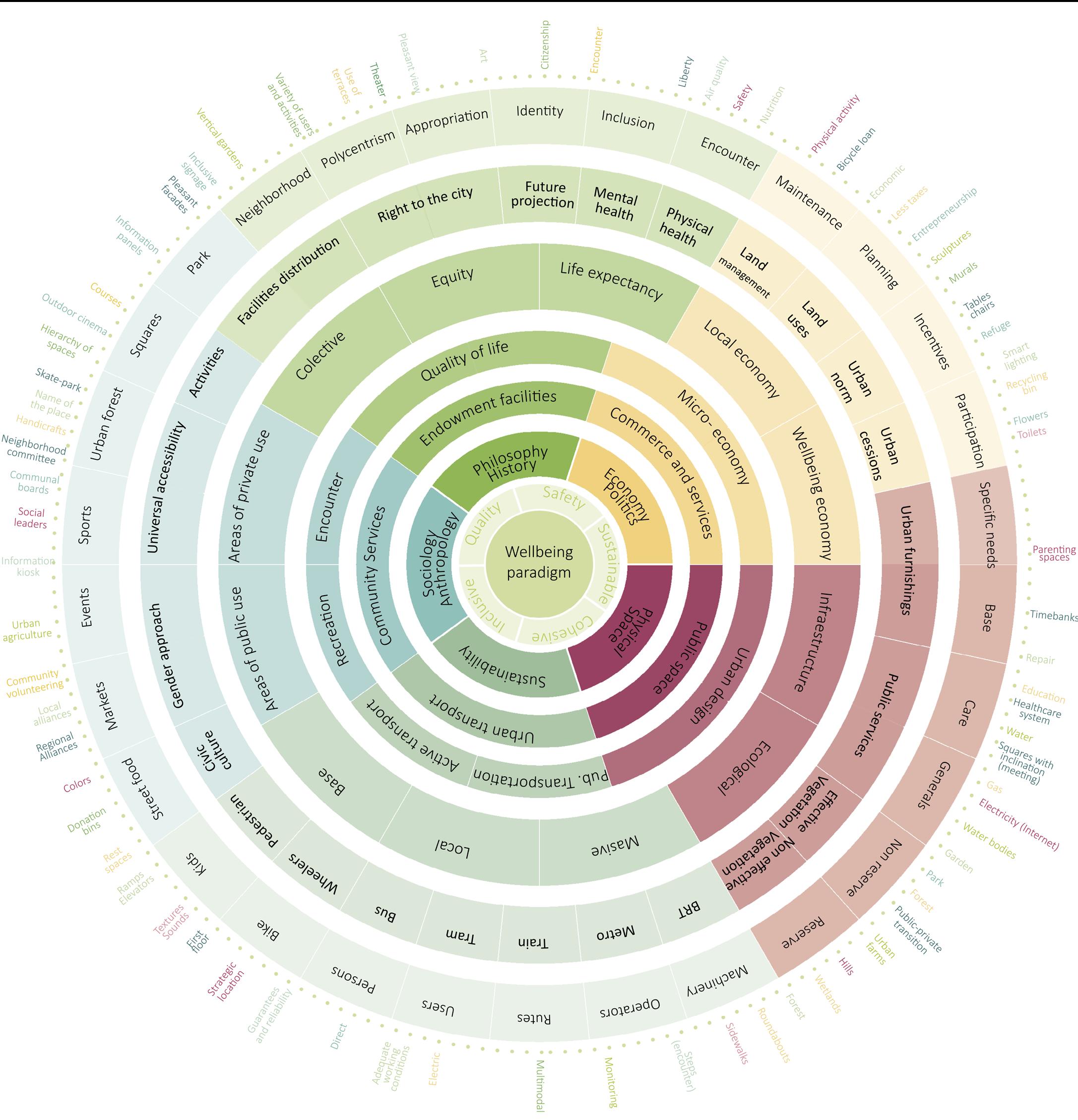
117
How to intervene? Strategies
We have already established the What?
It is this that will determine the success of the project; it is the detail in which the paradigm of care is evidenced.
Step by step formulation and formulation and verification
Cost-benefit analysis of alternatives



The economic viability and social scope of the intervention is established.
Verification of consistency and integration (alternatives and principles of the care paradigm)
Questions such as: What is the value of my project? Who will benefit? Who will NOT benefit?
BPhase B defines how the strategies already established will be applied and how they will be adapted to the specific context, an in-depth analysis of the possible benefits to be obtained and the potential stakeholders or investors in the project, in addition to reviewing the consistency between each element that has been defined and the scope of the project.
118
5 6 7
5.2 Proposal formulation - System for intervention
Step by step intervention of intervention
Step by step phase after the intervention
Implementation of strategies Analysis of the effects of implementation Possibility of transformation
Intervene in the space according to the chosen strategies and available tools.
The aim is to establish the success of the project, the fulfillment of the objectives and the direct and indirect consequences.
Future monitoring
After some time, the intervention should be reviewed for effectiveness and sustainability over time.
Spaces must evolve and transform along with their communities. Is it time to renew this space?
In phase C, the strategies are implemented in the chosen site; later on, these strategies will be adjusted according to the feedback obtained from experience.



CDPhase D establishes the importance of monitoring the intervention. Since the community’s needs are constantly changing, the project must be able to evolve.

119
8 9 10 11
How did we get to this point ?
120
5.3 Summary
General objective





To formulate a system for the intervention of public spaces and a methodological guide on the city that supports the actors involved in the process of transformation and improvement of the urban area to develop projects of urban and neighborhood-scale with an integral and multidisciplinary sense, promoting the integration of the city with the citizen, welfare and equity.
Specific objectives
To recognize the collective meaning given to the city over time by studying some milestones of its history and how this is reflected in the physical space. Cohesion
To establish the importance of the city’s impact on health and development as individuals and as a collective. In turn, indicate how we can mitigate adverse effects and lead to positive results.
To implement the paradigm of care in reimagining and rebuilding the urban space to promote the physical and psychological wellbeing and the high quality of life of all citizens.
Attributes of the city and its benefits for the well-being of the citizen.
121 Space public Transportation sustainable
Inclusive Safety Quality Sustainable
Principles
Intervention system 1 2 3 4 5 6 7 8 9 10 11
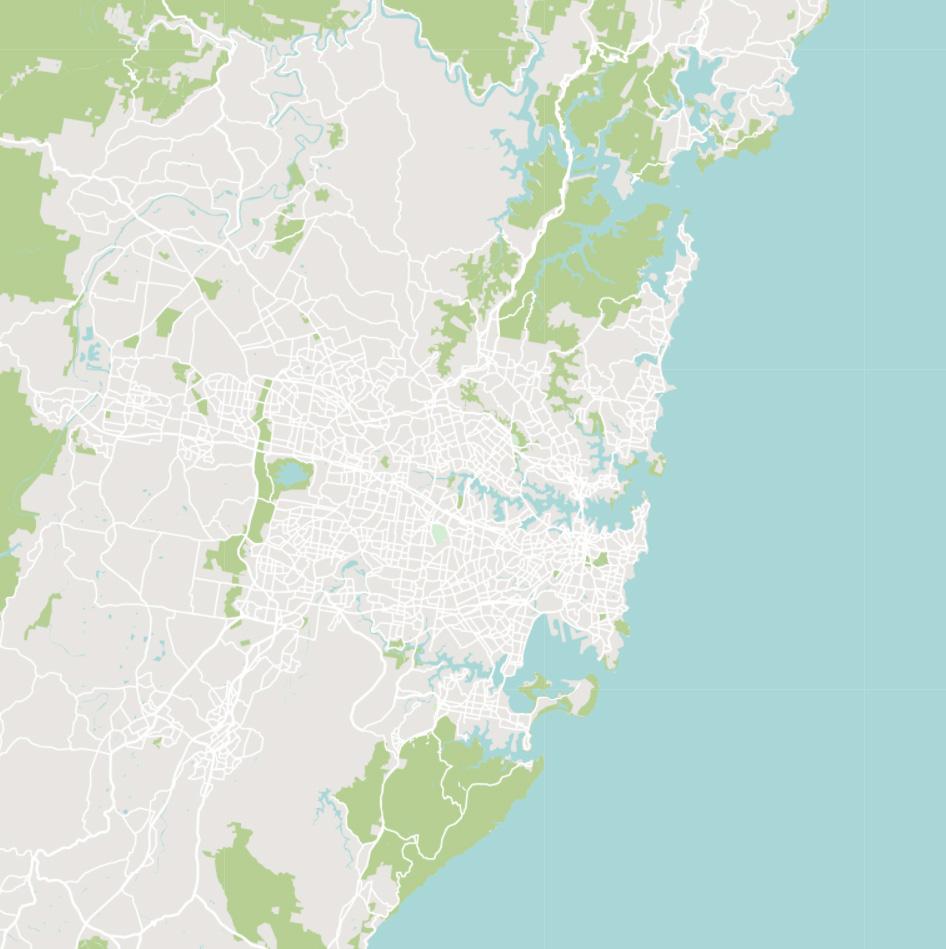
Sydney, Australia
How can we intervene? System implementation 6.0
6.1 How to intervene? - implementation of the proposal
116th street roundabout and motorway
116th Street crosses the city from east to the west
It is one of the main roads that crosses the highway.
Important area in terms of mobility due to its high flows, SITP and Transmilenio Pepe Sierra routes.
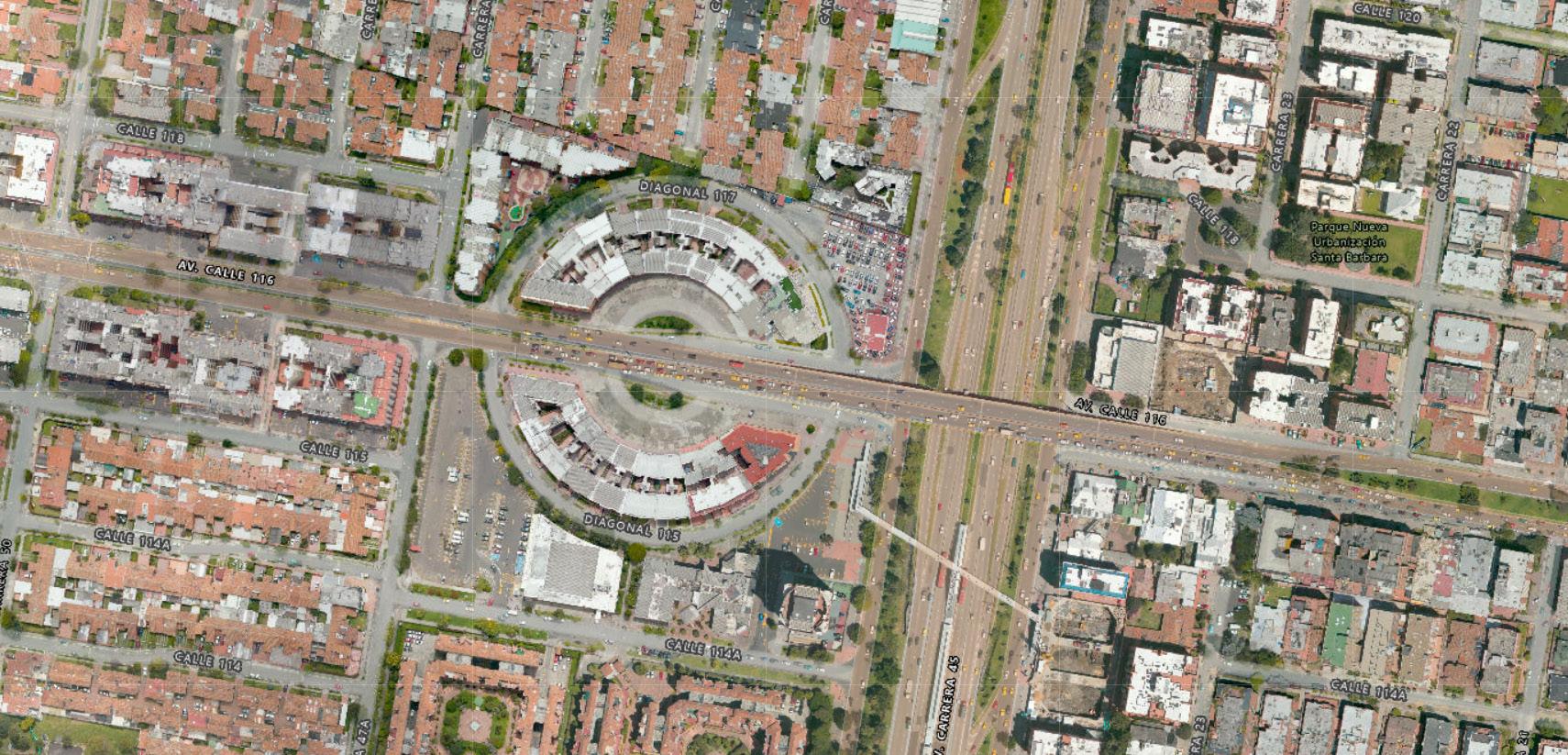
It is an area where different events are held, such as the half marathon and the ciclovia.
Autopista Norte
UPZ Alhambra
Locality: Usaquen






City: Bogotá
Roundabout
Street 116
124
Zonal scale commerce Local scale commerce
Offices Restaurants Housing Parks
1. Site selection
Es una zona diversa y heterogénea
Questions for analysis
Space Social Economic Sustainability and urban transportation Philosophy and wellness
1. What is the main use of the land?
2. Is there enough public space?
3. Is the public space of good quality?
4. Is there adequate furniture according to the needs of the population?
1. What type of population lives there?
2. What does the population living there need?
3. What is the visibility of the place, the perception of security? Who sees me?
4. Specific questions according to the chosen site
1. What is the main economic activity in the area?
2. What is the value of the land and is it profitable?
3. Is there activation on the second floor?






4. Is the public space being used?
1. Who has priority on the road?
2. What is the place given to the main ecological structure?
3. Are there fauna and flora?
4. What is the air quality?
1. How is the quality of life of the population?
2. Does this space take care of me?
3. How do I feel walking through this space?
4. Specific questions according to the chosen place
Some of these questions cannot be answered with the initial analysis, so it will be necessary to go to a deeper analysis called “diagnosis”.
125
6.0 How to intervene? 2. Site analysis
Ecological structure
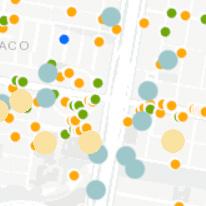



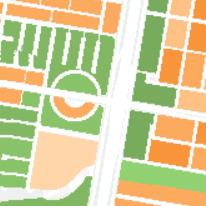



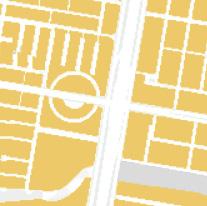



126
Stratification Height of buildings Commercial valuation Trees Parks Rivers Residential Offices Stratum 6 1.500 - 2.500 3.500 - 4.500 400 - 500.000.000 COP Stratum 5 0 - 1 floors 2 - 4 floors 5 - 6 floors Schools Services Uses Types of business Commercial Healthcare entities Industrial 6.1 How
intervene?
2. Site analysis
to
- implementation of the proposal
Scale of vias
Public transportation
Bicycle path system
Secondary roads
Main axes
Connector streets
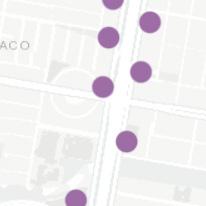
SITP
Transmilenio
Urban furniture Visibility: Who sees me?
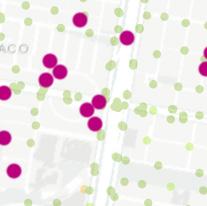

Ciclovia



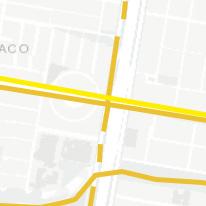

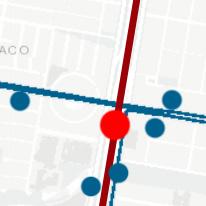

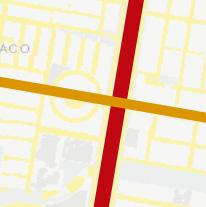

Bicycle path system
Advertisement
127
Monuments Forniture Low visibility Visible
No visibility
Ilumination
Billboards
Questions for diagnosis
1. If it rains, do I have a place to take shelter?
2. If it is night, is there sufficient lighting? Is there visual control?


3. If I take a car, are there adequate ramps?
4. If I walk with my children, do I find public restrooms?
5. Do I feel like a priority as a pedestrian?
If I have a specific need,
1. Can I roll my wheelchair easily?
2. Are there visual cues?
3. Are there visual cues?
4. Are there auditory cues?
5. If I need to rest, are there adequate spaces and furnishings for this purpose?
At this point, questions of qualitative rather than quantitative aspects are solved. The aim is to put oneself in the inhabitants of the place and establish the population’s wellbeing and quality of life through an exercise of approach and contact.
128
6.1 How to intervene? - implementation of the proposal 3. Diagnosis of the site
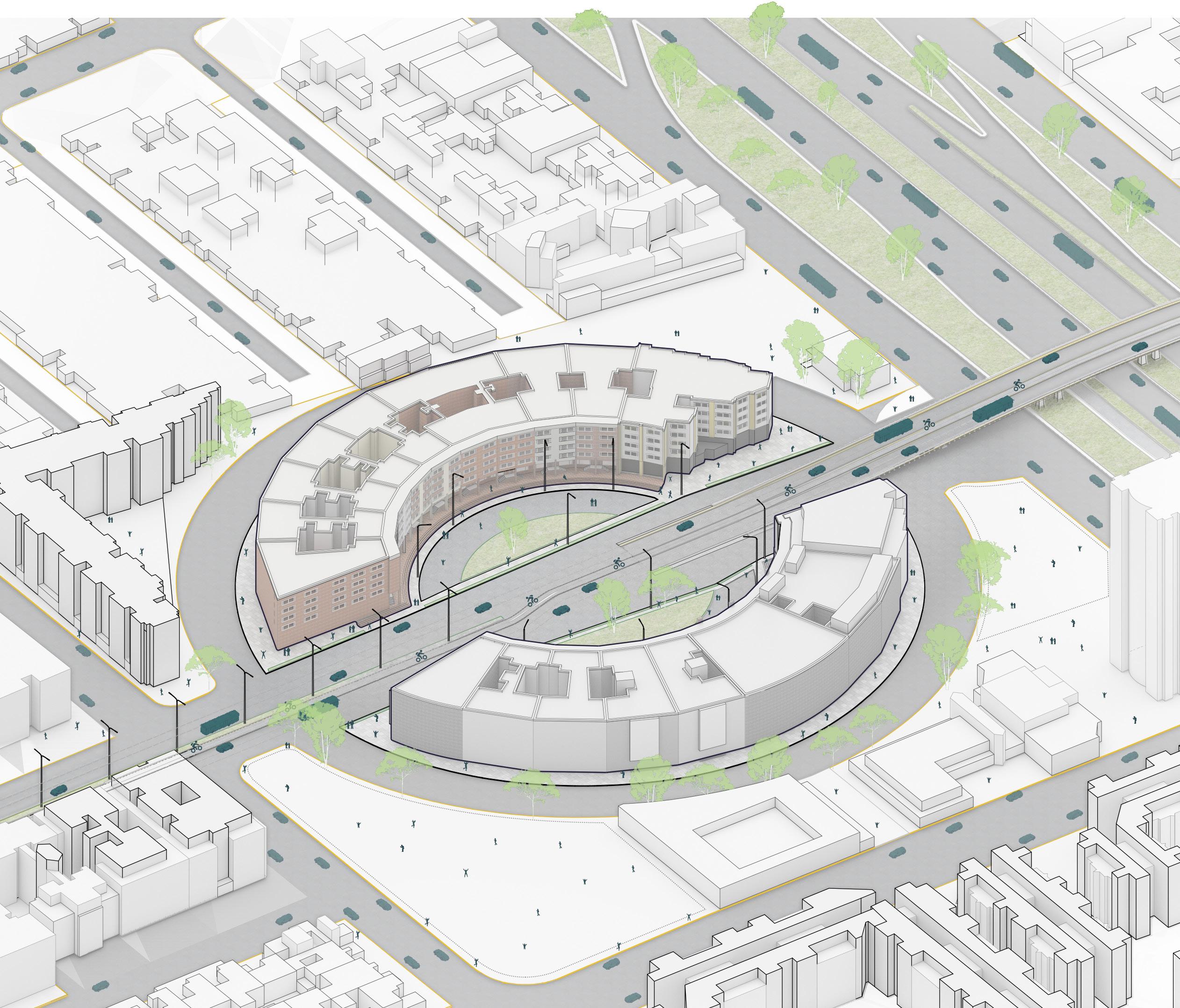
129
of the
Axonometry
site
Creative Design: Paula Escobar Production: Manuela Amado
Does not comply with the principles of quality, inclusivity and safety.


130 Issues Large amount of wasted and neglected space, which generates a low perception of security.
6.1 How to intervene? - implementation of the proposal 3. Diagnosis of the site
Does not comply with the principles of sustainability, quality and sanitary safety due to the presence of garbage.

Does not comply with the principles of safety and inclusiveness.
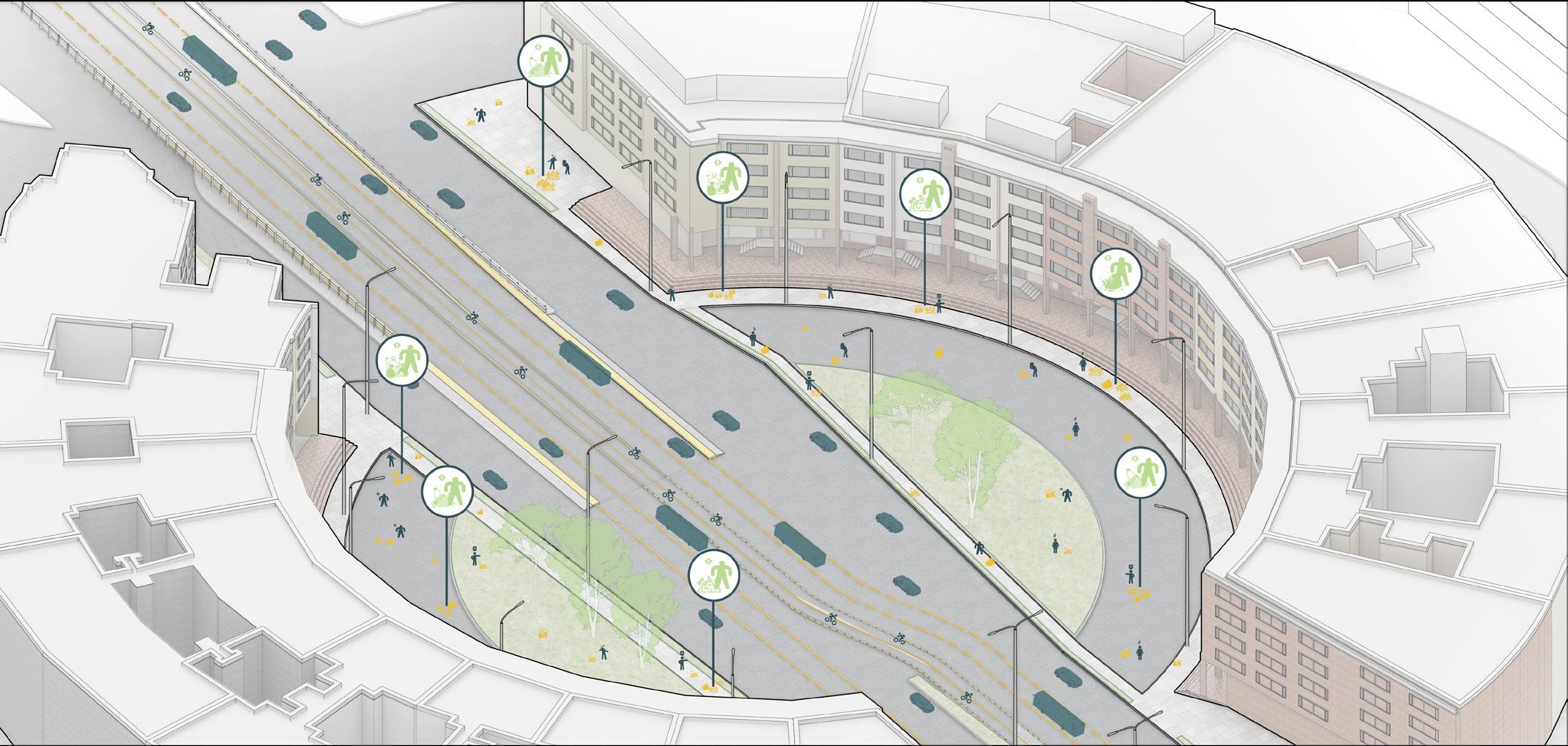
131
Issues
Potentialities
Provides care and shelter from the weather for pedestrians, there are both stairs and ramps
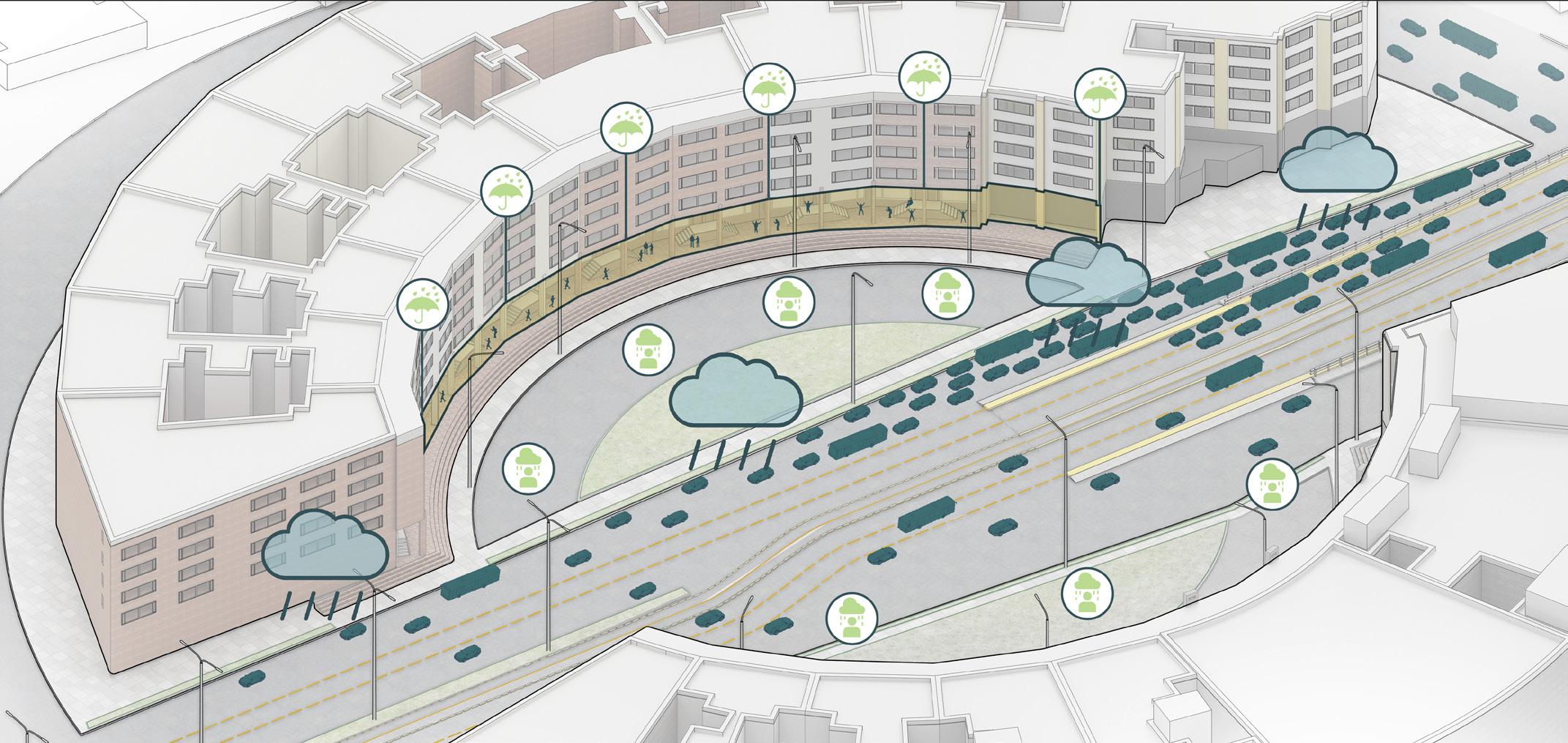
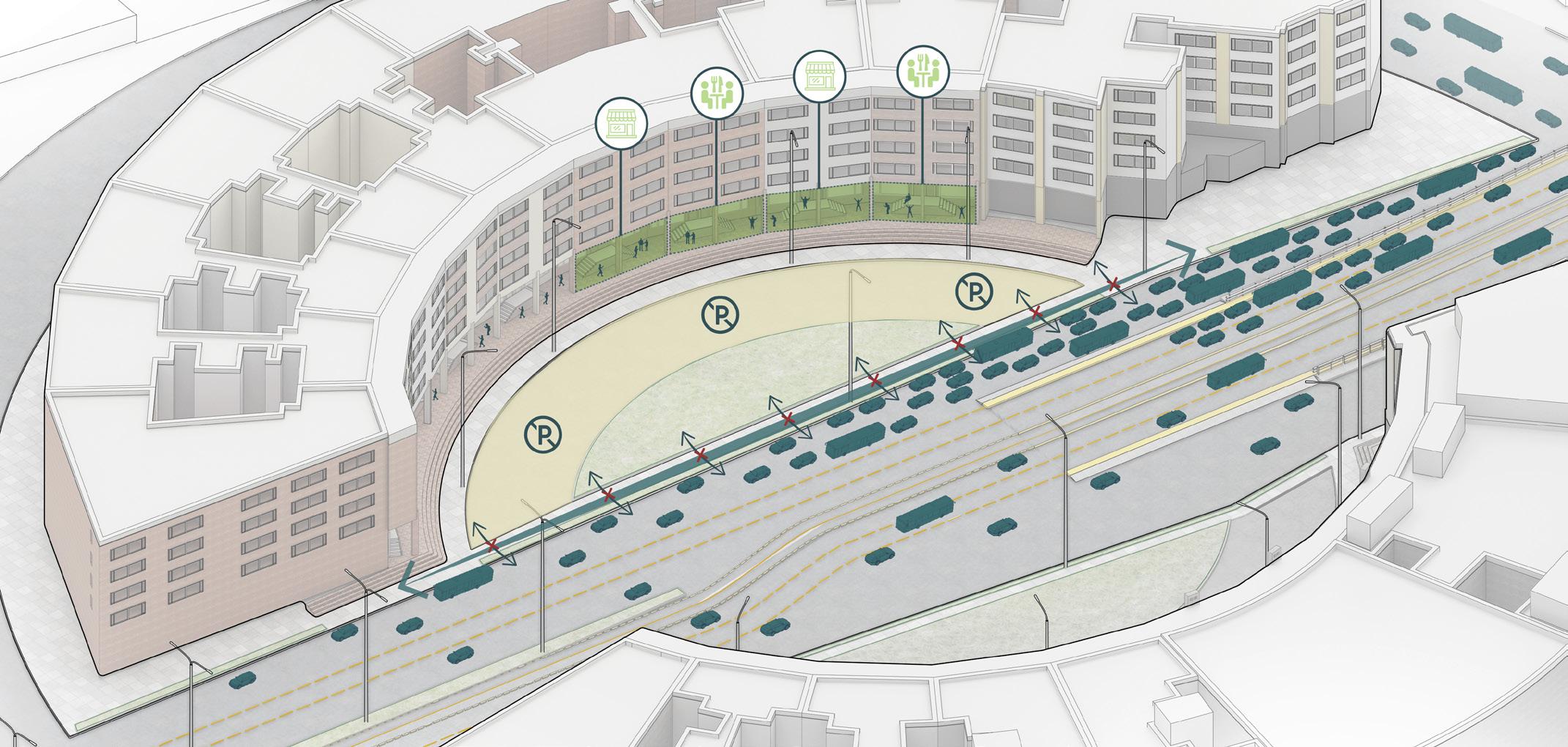
132 Large amount of space for development and economic activity
6.1 How to intervene? - implementation of the proposal 3. Diagnosis of the site
Perspective of the site
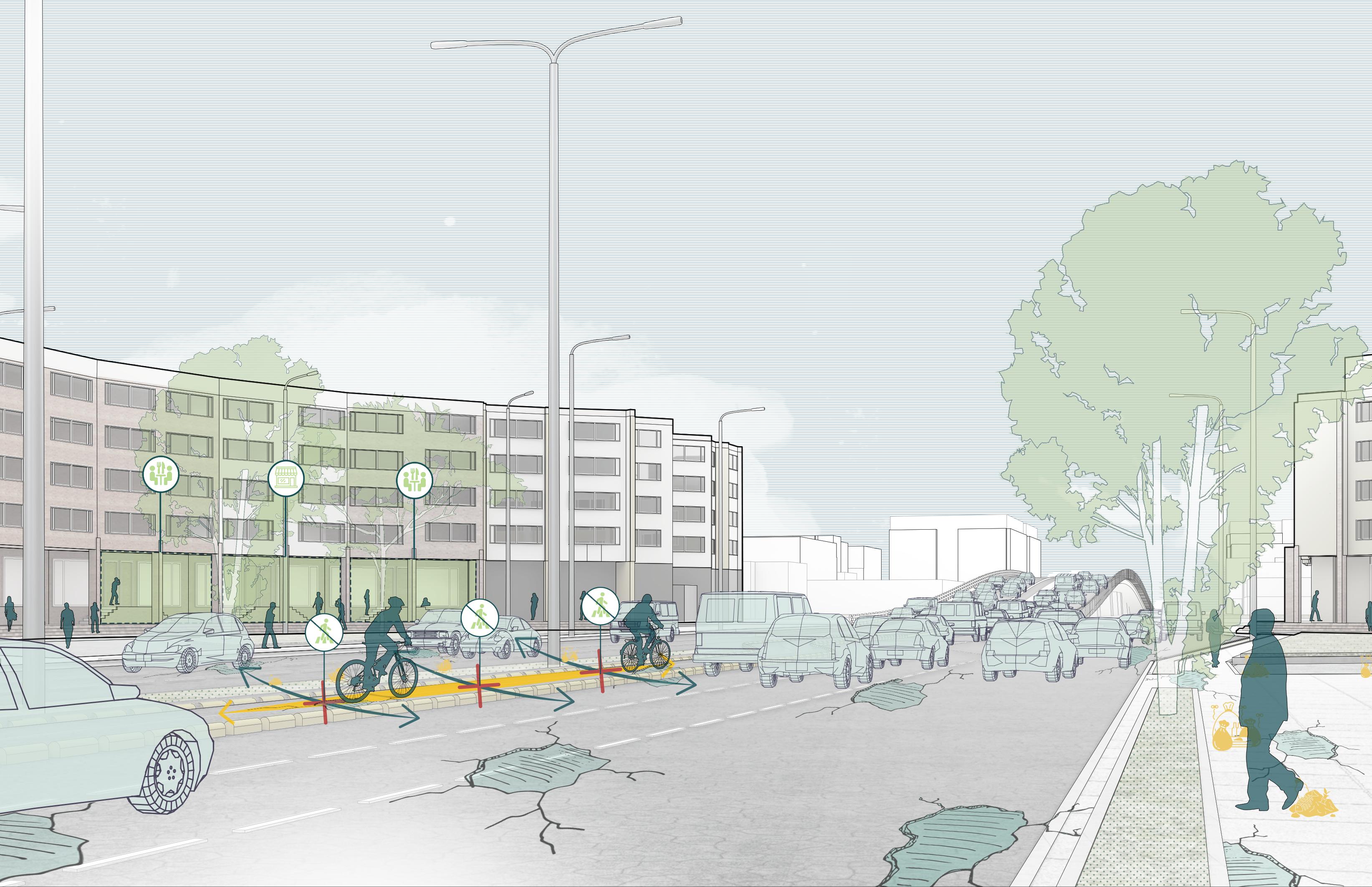
133
Creative Design: Paula Escobar Production: Manuela Amado
Problems and potentialities
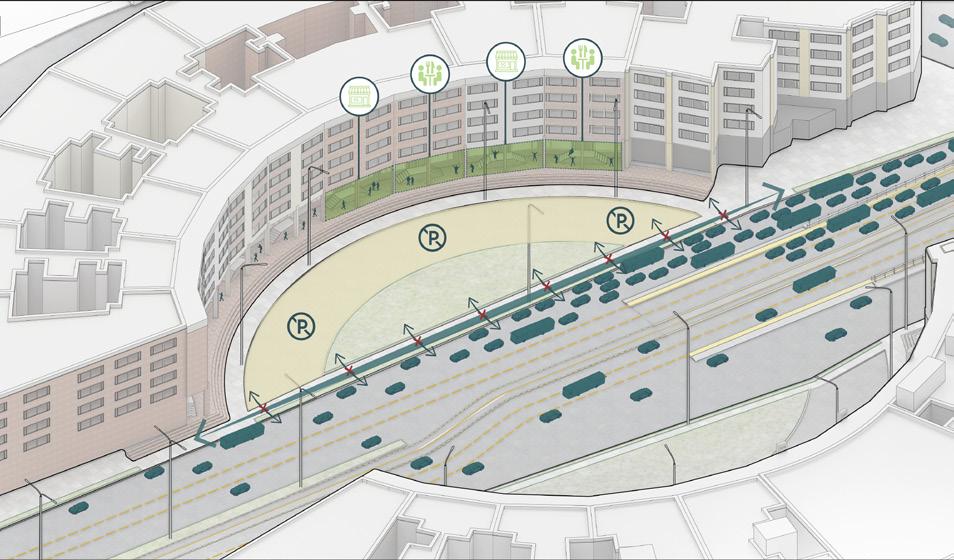

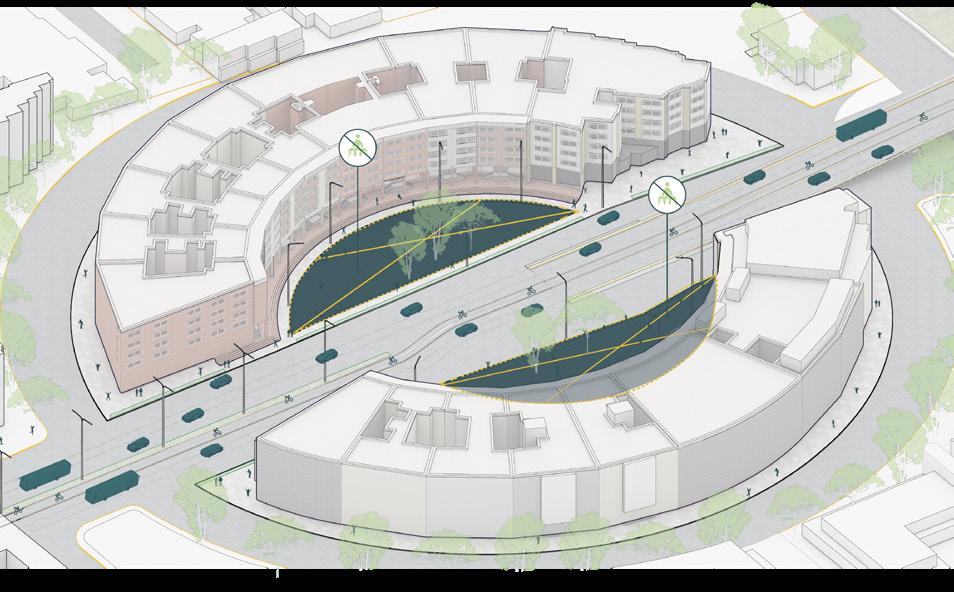
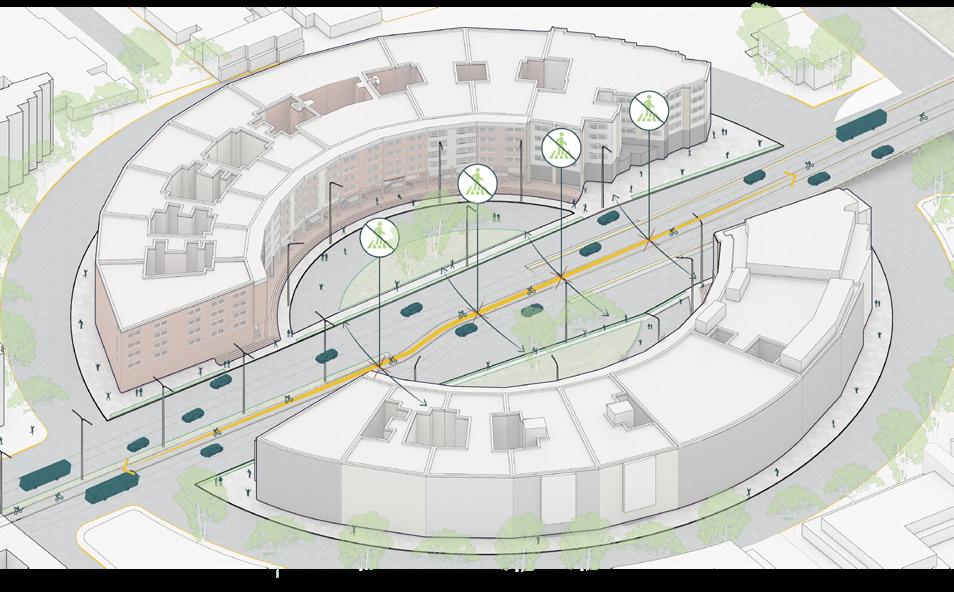
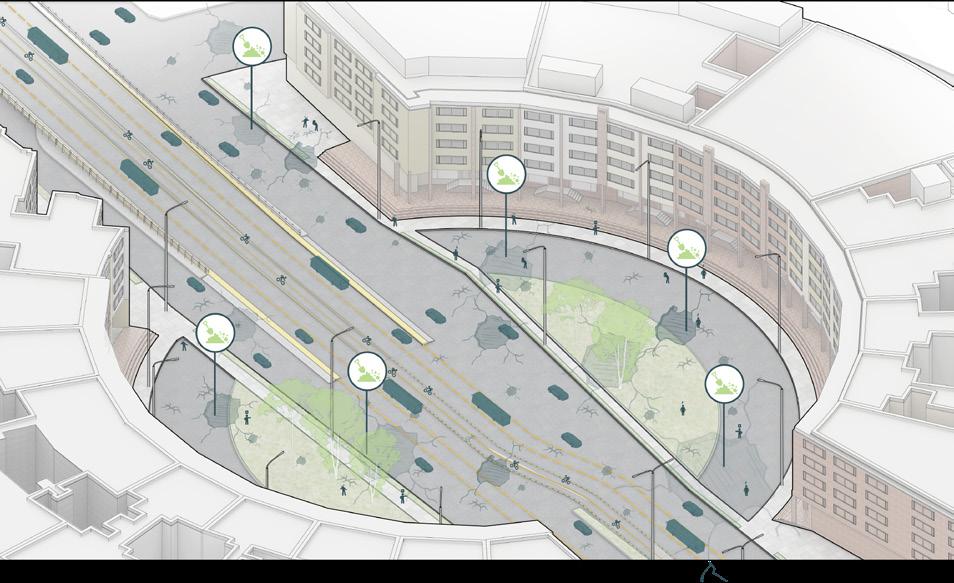

134
6.1 How to intervene? - implementation of the proposal 3. Diagnosis of the site
The space has high visibility, which benefits economic activity.
Classification
There is space, but it is not being used, it is not of high quality and there is no furniture.
Priority on the road is given to private vehicles; pedestrians have no sidewalks, signage, pedestrian furniture or crosswalks.
The natural elements are not integrated with the urban space.
Air quality is low due to the priority of combustion transport and poor waste management.
There is economic activity that evidences a high potential, especially in local scale care services.
Potentiality Problem
135
Economic Physical Space
Composition of aspects to be intervened
136 Complementary area of knowledge Economic Physical Space Potentiality Problem Main area of knowledge Sustainability Philosophy Essential area of knowledge Citizen Citizen + + + +
Aspects to be addressed
+ + 6.1 How to intervene? - implementation of the proposal 4. Selection of strategies
Combination of strategies
These are some of the strategies that can be implemented in the intervention of the space, which and to what degree will depend on the specific needs of each urban area. It will depend on the particular needs of each urban space.
137 Consolidate Reconfigure Recover Recognize Activate Integrate Develop Restore Redistribute
Economic Physical Space

138 6.1
Physical Space Philosophy Citizen + +
How to intervene? - implementation of the proposal 5. Selection of intervention elements
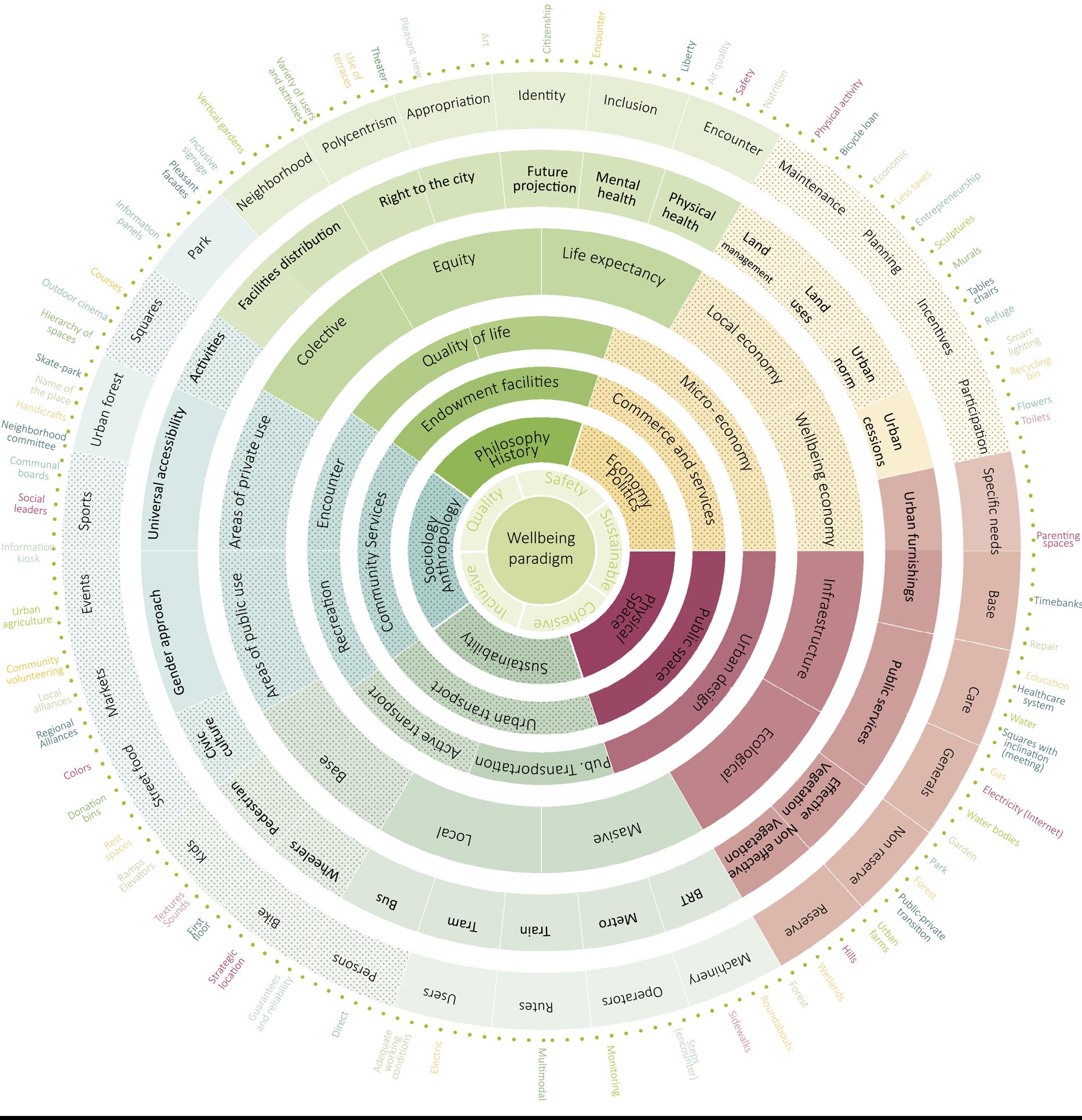
139 Economic Sustainability Citizen + +
What economic benefits can the intervention bring?
Cost - Benefit
1. Economic activation
2. Undertakings
3. Product repair

4. New users giving visibility to the space
5. Care services such as driving courses and bicycle repair courses
6. Local scale businesses related to active active transportation
Who might be interested in investing in this space?
1. Economic activation
2. Undertakings
3. Art events, food and handicraft markets
4. Local scale businesses focused on the encounter
5. Care services such as time banks
Local City Hall
Community boards
Neighborhood Committee
Social leaders
Institute of urban development (IDU)
Institute of recreation and sports
District Secretary of the Environment
District Secretary of Mobility
Private actors
Strengthening community, park network and local commerce
Strengthening community, park network and local commerce
Use of public space. Promotion of entrepreneurship
Development of public spaces, parks and squares
Promotion of cultural spaces for meeting, care and creation.
Improving air quality
Promotion of environmental care.
Development and promotion of road infrastructure for active transport
Economic activation and economic development
140
6.1 How to intervene? - implementation of the proposal 6. Cost-benefit analysis
Questions for consistency and integration verification
1. What is the social value of the intervention?
2. Who will be the direct beneficiaries of the intervention?
3. Who is being cared for by this intervention?
1. Are the materials used in the intervention ecological and local?
2. What will be the destination of the elements removed from the space?
3. Does the architecture present in the space invite care?
4. Does the facades of the surrounding architecture favor the perception of safety?
1. Is the type of vegetation to be used suitable for this site?
2. Are different types of vegetation such as flowers or vegetation with high water absorption being included?
3. Is the presence of fauna being respected or encouraged?
This point intends to study each of the indirect areas that will be part of the intervention and make sure that they are coherent with the objectives of care and the immediate areas of the intervention. In this case, it is possible to use the methodological guide turning its elements so that they can be applied to other areas of knowledge.




141
Aspect social Aspect landscape Appearance architectural
6.1 How to intervene? - implementation of the proposal 7. Coherence and integration
Intervention according to problem
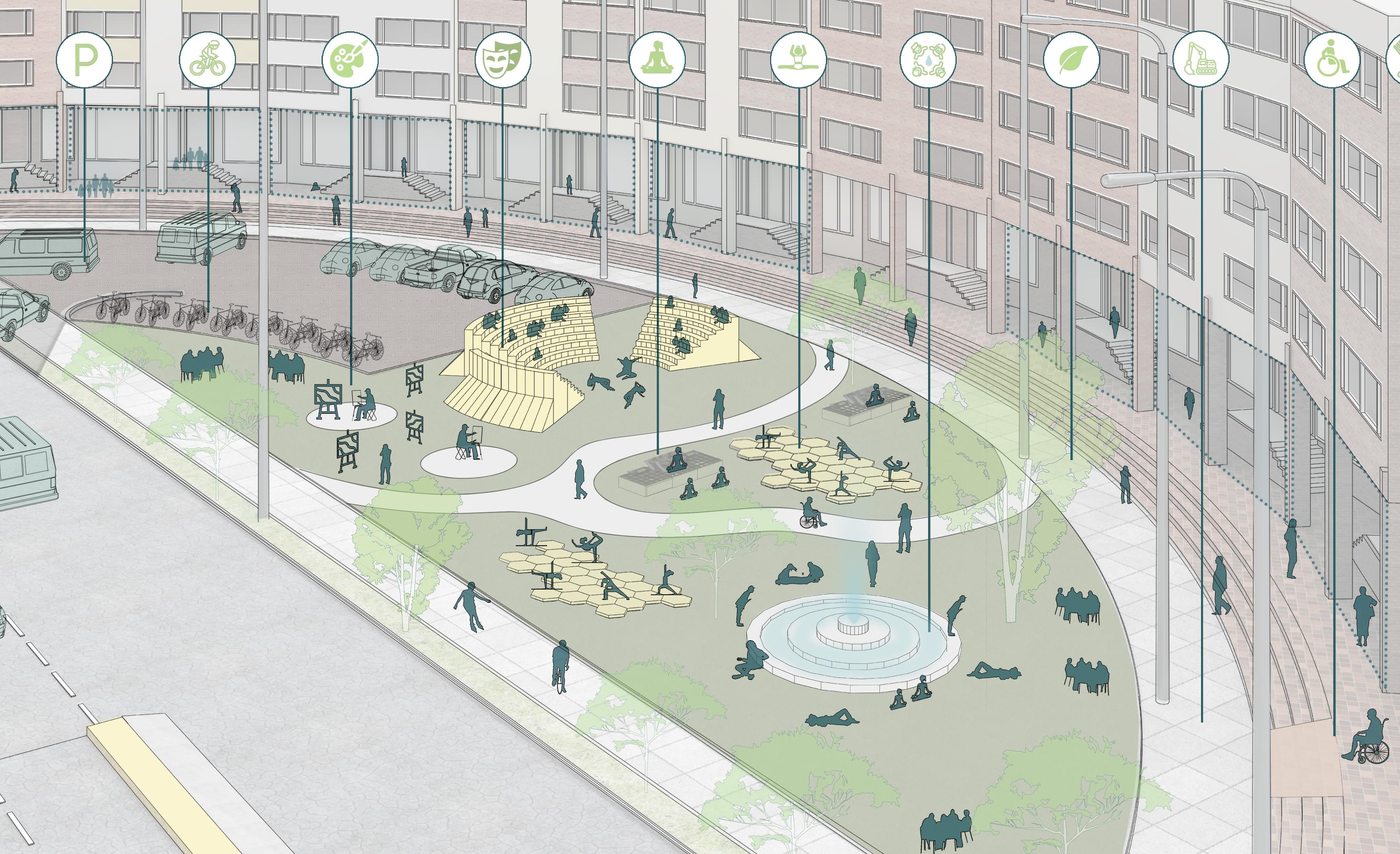
142
6.1 How to intervene? - implementation of the proposal 8. Implementation of strategies
Physical Space Philosophy Citizen + +
Creative Design: Paula Escobar Production: Manuela Amado

143 Creative
Intervention according to potential Economic Sustainability Citizen + +
Design: Paula Escobar Production: Manuela Amado
Analysis of the effects of implementation


1. Have the results direct - expected expected results have been achieved?
2. What indirect - not expected - results have been obtained? have been obtained?
3. Has there been appropriation by the community?
4. Has it acquired importance as a cultural landmark and meeting place within the community?
This point intends to study each of the indirect areas that will be part of the intervention and make sure that they are coherent with the objectives of care and the immediate areas of the intervention.
144
6.1 How to intervene? - implementation of the proposal 9. Analysis of the effects of implementation
Follow-up and transformation



1. Is the site being properly cared for and maintained?
2. Were the materials used the most appropriate?
3. Are the proposed activities appropriate for the location?
4. Is the space encouraging spontaneity among its users? among its users?
1. Does this space offer the possibility of transformation?
2. Is it time to renew this space?
3. What are the new needs of the population?
4. How can we reuse the materials of the place?
It is understood that interventions and projects do not end when inaugurated. Neither does the responsibility as designers and architects end, so every so often, the project must be followed up to solve our problems and, above all, to learn from the experience.
145
6.1 How to intervene? - implementation of the proposal 10 - 11. Follow-up and transformation
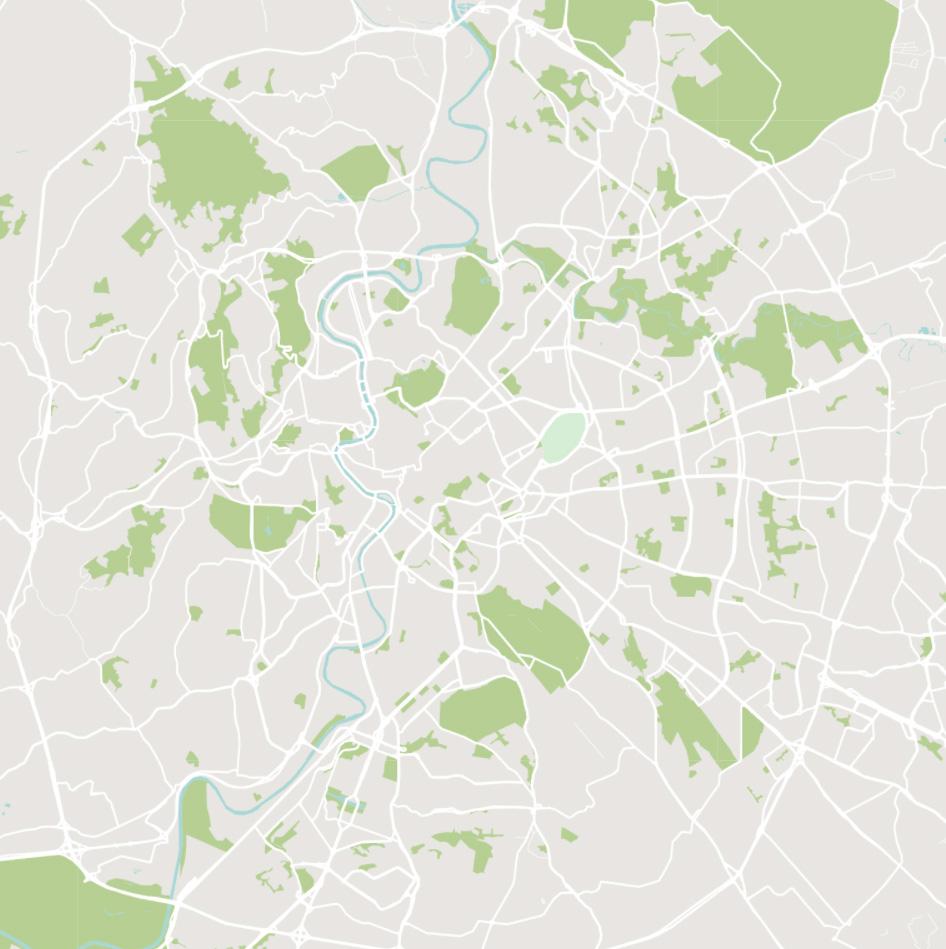
Roma, Italy
I want us to ask ourselves questions, to question what we have been given and what we have taken for granted. I want us to improve as a collective and as individuals. I firmly believe that the city, the space in which we develop, has significant implications on how we behave, who we are, and who we will become. I decided to study architecture because I believe that from this profession, we can contribute in a significant way to the construction of the city and society, that is why through this document, the tangible and intangible meaning that has been given to the city was recognized, the tremendous impact that the city has on the development of the citizen and how each one becomes an essential part of the other was established. Through the principles, the attributes that should always be present in the interventions to the city were established, employing the system for the intervention of the public spaces of care, the step by step and the importance of each one of them in the design and reconfiguration of the urban space was specified, through the methodological guide the different scales and approaches that can be implemented in the intervention were established.
It was also established that it is not about the punctual development of a specific space but about creating a vision of a city where respect, equity, and care are the basis of society and the city. It is essential to remember that it is in the present and in the day-to-day where the future is built, that our actions matter, that our projects are reproducing a system of values and beliefs. May the search for a better future for all guide our projects, and may we always seek to sow seeds of equity, respect, cohesion, and curiosity.
147
Final reflection
6.2 Conclusion

Prague, Czech Republic
7.0
Annexes
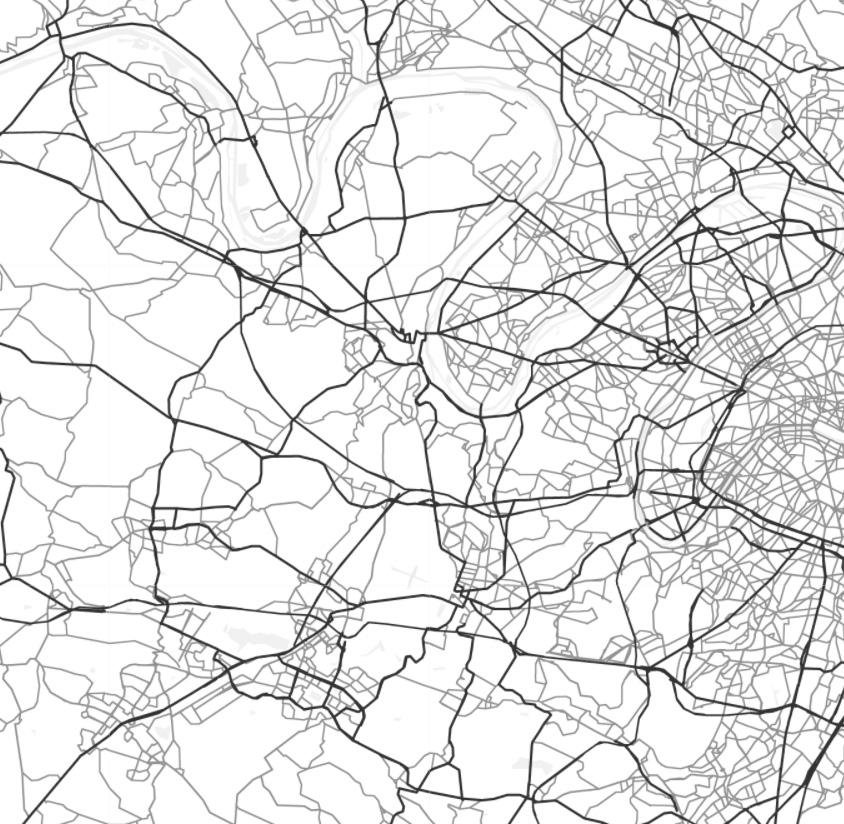
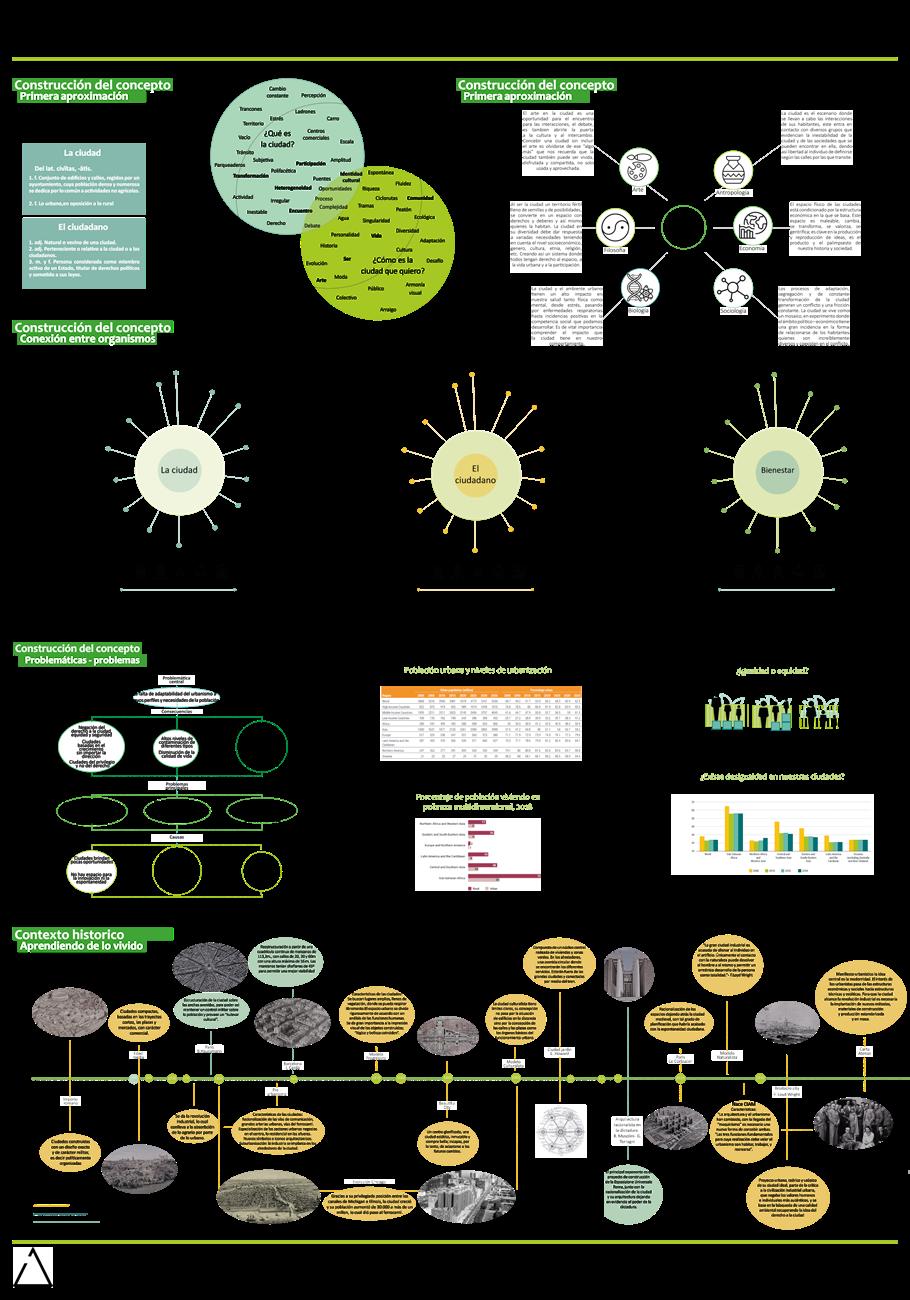

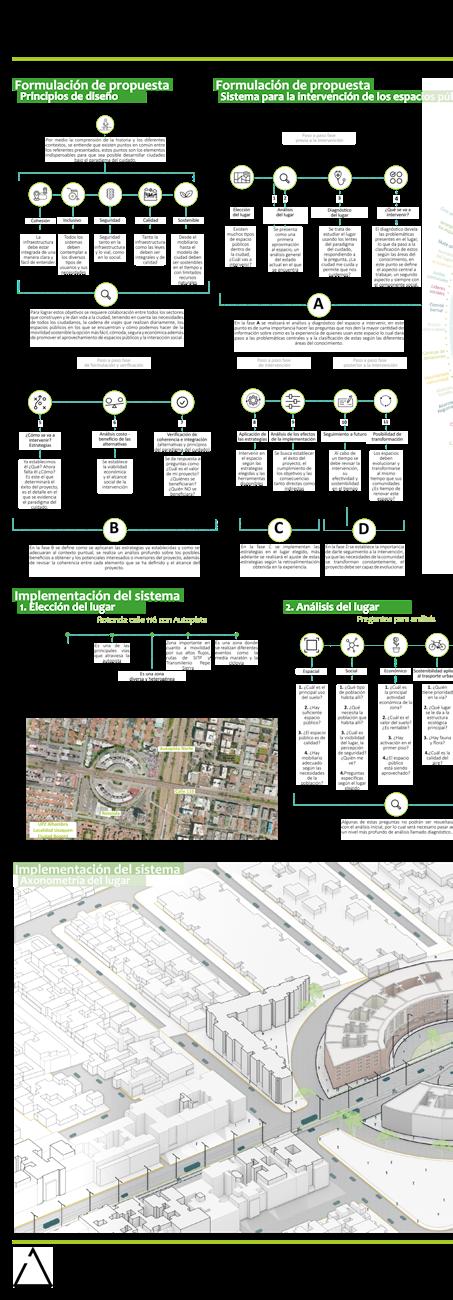
7.1 Planchas
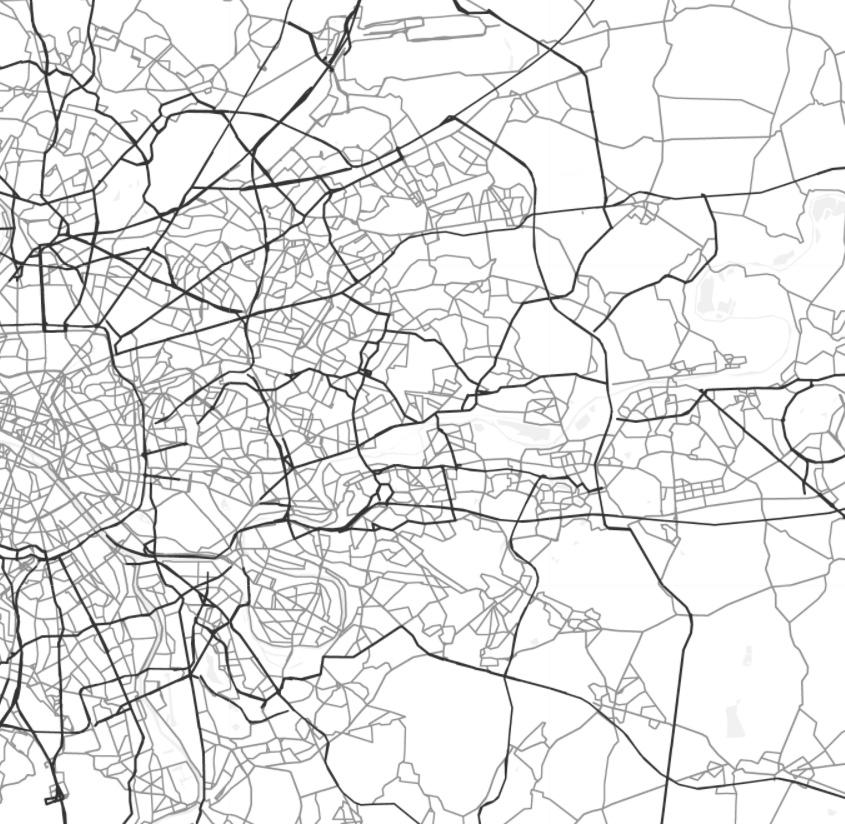

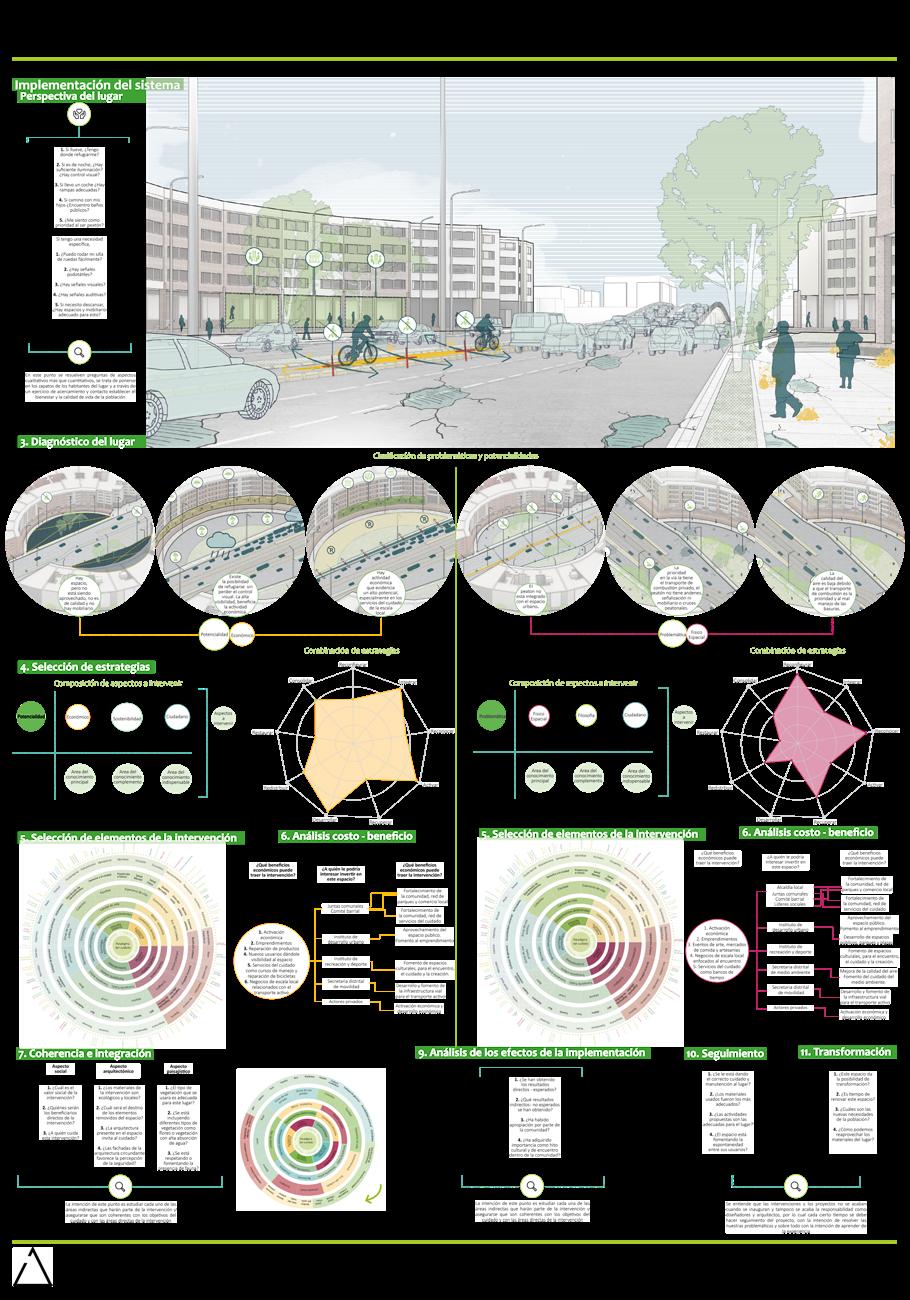

Database
Consulted books
City of walls, Teresa Pires.
Construction of Metropolis, Eugenio Prieto Soto and Carlos Alberto Patiño.
Culture and anarchy, Matthew Arnold.
Le droit á la ville, Henry Lefebvre. Making cities for people, Jan Gelh.
Rebel cities, David Harvey
Social justice and the city, David Harvey
The City in History: Its Origins, Its Transformations, and Its Prospects, L. Mumford. The city, Robert Ezra Park
The commodification of art versus creativity, Ruth Trumble, Micheline Riemsdijk.
The conquered city, Jordi Borja.
The Death and Life of Great American Cities, Jane Jacobs.
The Edifice Complex: How the Rich and Powerful Shape The World, Deyan Sudjic.
The educating city from architecture, Josep Muntañola Thornberg.
The Exploration of the city, Ulf hannerz.
The image of the city, Kevin Lynch.
The Protestant Ethics and the Spirit of Capitalism, Max Weber. The public animal, Manuel Delgado.
The well-tempered city, Jonathan F. Rose.
Theories and History of the Contemporary City, Carlos García.
Theories and history of the contemporary city, Carlos García Vázquez. Towards urban renaissance, Richard Roger.
Urban life and personal identity, Richard Sennet.
Urban Sociology: from Marx and Engels, Francisco Javier Ullán de la Rosa.
Urbanism as a Way of Life, Louis Wirth.
Documents
Cities health and well-being Hong Kong 2011, Richard Sennet.
Dutch Cycling vision 2018, Dutch cycling embassy
international association of educating cities 2009.
Mental health survey Colombia DANE 2019
152
7.2 Database
Monograph City, urbanism and education. WellBeing Economy Alliance, 2021
World Cities Report 2020 The value of sustainable urbanization, ONU Habitat. World happines Report 2020, WHR.
Articles
Cities and mental health, British Journal of psychiatry, Jim Van Os.
City living and urban upbringing affect neural social stress processing in humans, Coronaviruses: how pandemics modified architecture and what will change in our cities after covid-19 (2020) https://www.bbc.com/mundo/noticias-52314537
Does the urban environment cause psychosis, BJP, Jim Van Os.
From Urban Stress to Neurourbanism: How Should We Research City Well Being?, How urban psychology could radically transform city living, Chris Murray and Charles Landry.
Jessica Pykett, Tess Osborne, & Bernd Resch. Lederbogen, Kirsch, HaddadL (2011).
Lucas S. D’Acci (2020).
Neuroarchitecture: the power of the environment on the brain, Sonia Budner (2020).
Neuroplasticity: How flexible is our brain, Eva Maria Rodriguez (2015).
Neurourbanism towards a new discipline, The Lancet Psychiatry. Placemaking and the Human Scale, City Project for public spaces. Urbanicity mental costs valuation: a review and urban-societal planning consideration,
Others
Active travel III: Acelerating the UK market
Connected Places: Episodes, What now from the innovation economy and places?
Documentary: Dream the future - Cities of the future, Curiosity Stream.
From What if to What Next: 9 - What if we lived in a Wellbeing economy?
TED talks Daily: 3 ways we can redesign cities for equity and inclusion - V.C.
Thesis: Habitability, perception and appropriation of public space, an approach to Neuroarchitecture - Chapter Environmental psychology, the importance of the senses, Nelson Albeiro Gutiérrez Escobar.
Urbanistica Podcast: Episodes: 23, 71, and 176.
153

154
“The existence of a right to the city, in the hands of those who live in, live in, and use cities. This right to the city is nothing other than the recognition that a harmoniously ordered, ecologically sustainable, economically attractive, efficiently administered, adequately governed and rigorously managed city is the indispensable condition for the full and effective enjoyment of a very broad set of rights, freedoms and possibilities for development”
155
- Construction of Metropolis, Eugenio Prieto Soto, Carlos Alberto Patiño (2017).
May curiosity be our engine, may sowing seeds be our means. May we continue working every day for a better society, a more equitable one, a freer one where we all have our place, where the right to the city becomes a reality. Thank you.


















 Henry Lefevbre The Right to the City 1970
Henry Lefevbre The Right to the City 1970





























 Pokhara Nepal @The stingy nomads
Oslo @Markgerardcox
Barcelona @Alyssa CapeTown @Stayhome
Atenas @MyTrip
Sibiu @JadeLauren
Hoi-An @Delilah hart
Cagliari @Claudia Tavani
Mumbai @ruh_sha_
Milan @Italyans
Ny @AlexGarnier
Copenhagen @Derelhartman
Pokhara Nepal @The stingy nomads
Oslo @Markgerardcox
Barcelona @Alyssa CapeTown @Stayhome
Atenas @MyTrip
Sibiu @JadeLauren
Hoi-An @Delilah hart
Cagliari @Claudia Tavani
Mumbai @ruh_sha_
Milan @Italyans
Ny @AlexGarnier
Copenhagen @Derelhartman





















 Mexico DC Johnny Miller 2019
South Africa Johnny Miller 2019
Detroit, USA. Johnny Miller 2019
Cape Town Johnny Miller 2019
Mexico DC Johnny Miller 2019
Mumbai, India. Johnny Miller 2019
Mexico DC Johnny Miller 2019
South Africa Johnny Miller 2019
Detroit, USA. Johnny Miller 2019
Cape Town Johnny Miller 2019
Mexico DC Johnny Miller 2019
Mumbai, India. Johnny Miller 2019















































































































































































